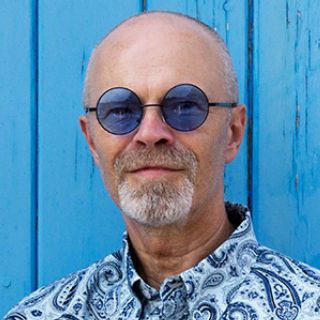Based in Eastleigh, on the south cost of England, Steinar Lund is an experienced illustrator whose work appears in animation, editorial, education, packaging, publishing, music, video games and on the web. His realistic imagery is often bright and saturated with both colour and sugar – he’s an expert when it comes to rendering cakes, pies, ice cream, fruit and delicious cocktails.
Steinar was born in Norway but moved to Southampton with his family as a child. He began his illustration career working in Durban, South Africa, with a publishing company, and during the 1980s began illustrating the box artwork for computer games publishers. With the arrival of Photoshop, he shifted from his airbrush to working on screen, heightening the realism of his imagery. His influences include photography, Salvador Dali and 1970s album covers created by artists like Roger Dean.
Training
Steinar has a BA in Interior Design from Kingston University, and intended to join his brother in law’s company which designed retail interiors. During the course, he was exposed to the airbrush at which point he discovered that illustration was his true calling. He spent a year after finishing building up his portfolio and perfecting his techniques.Approach
Steinar uses reference photography as the main source for his image making process. In the past, his reference material would be interpreted as line work on illustration board for airbrushing, with acrylics and inks. These days, photos are imported directly into Photoshop where they are edited, enhanced and digitally airbrushed when needed. Often many separate photos are used to create single objects, for example a layered cake will have each layer photographed separately then these will be compiled in Photoshop. This way, elements within an image can be changed as required.Styles
You could call Steinar’s style ‘tasty’ or ‘yummy’ seeing as so many of his images involve delectable foods. His work is photorealistic, with a touch of airbrushing and sprinkles of humour where appropriate. As a fan of Hammer Horror films, and knowing people with psychic powers, he has a darker style too, which he calls PhotoGothic. It’s also based on a photographic approach with effects added to boost the surrealism and nightmarish aspects of the picture.Client list
Tesco Cumberland Farms Hersheys Orkla Foods Norge Pan Macmillan HarperCollins Penguin EMI Island Records NorthStar Music easyJet Dennis Publishing


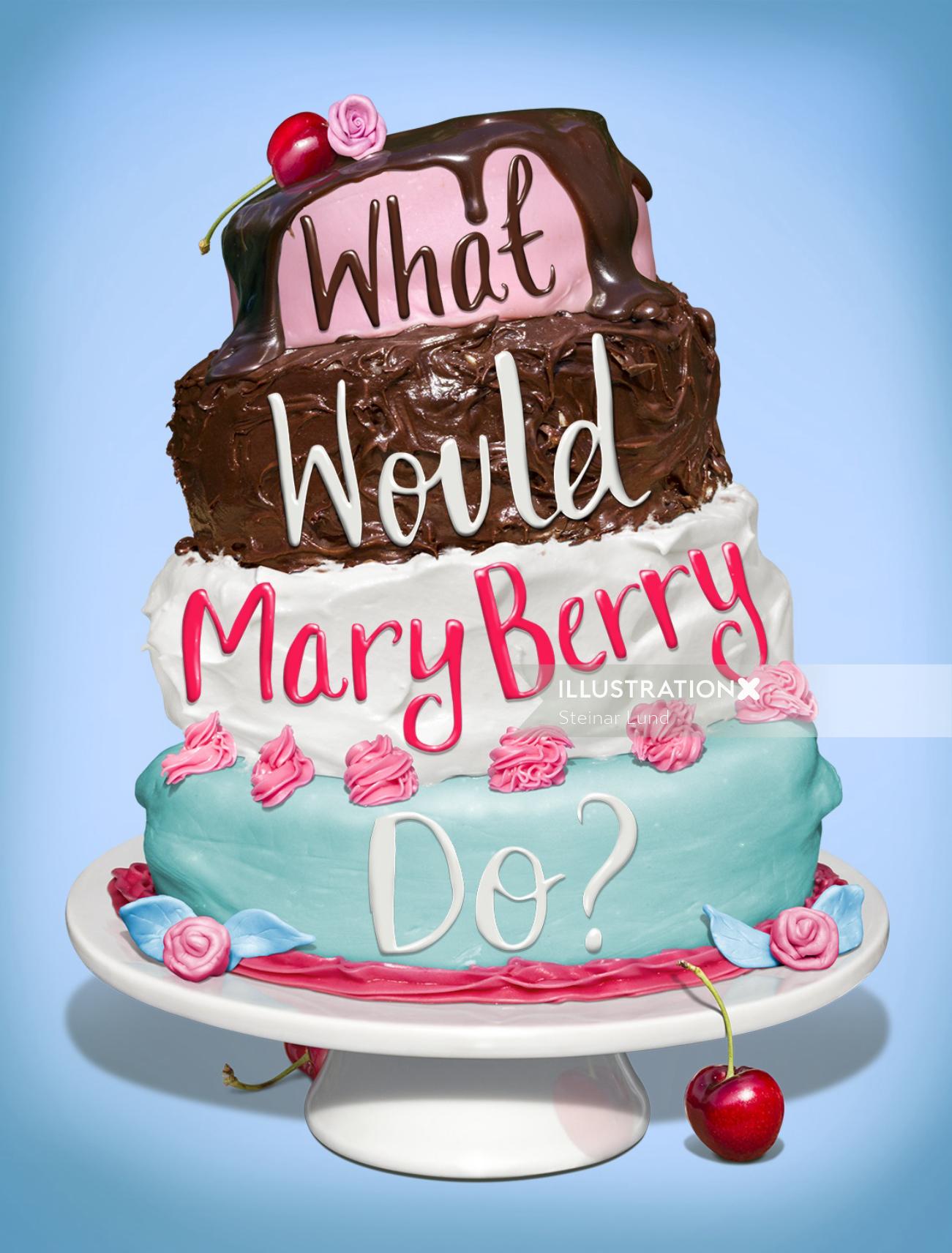
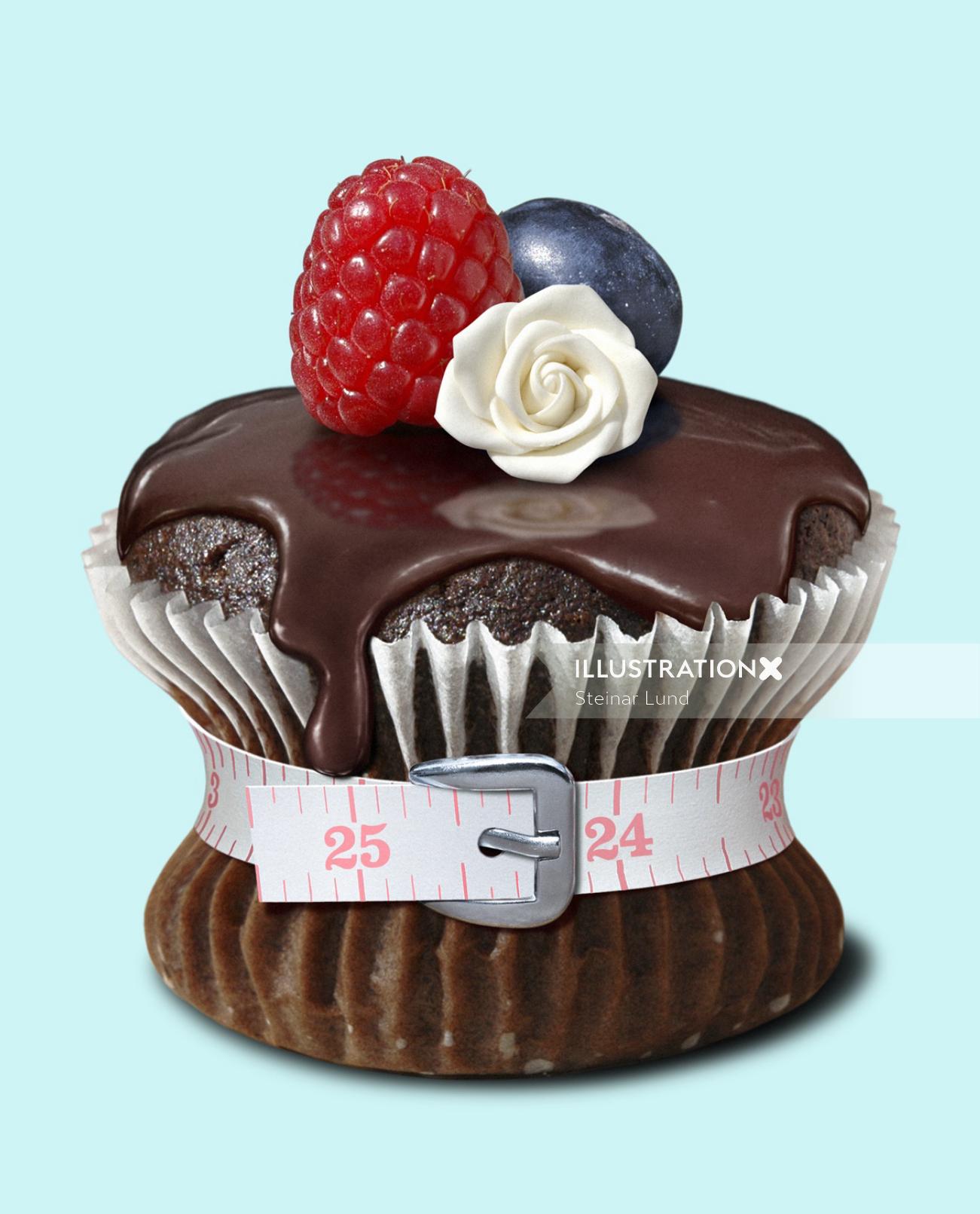
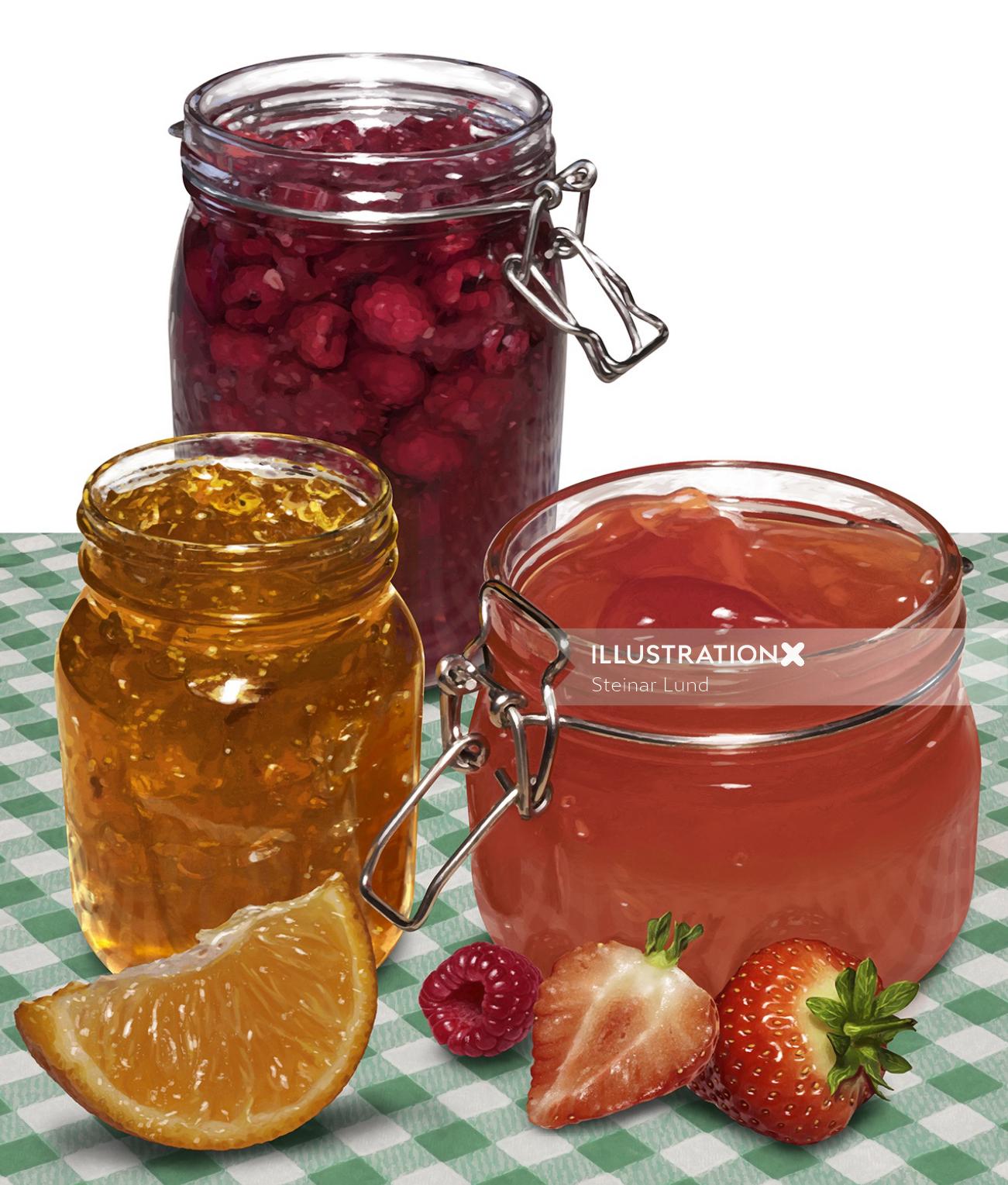
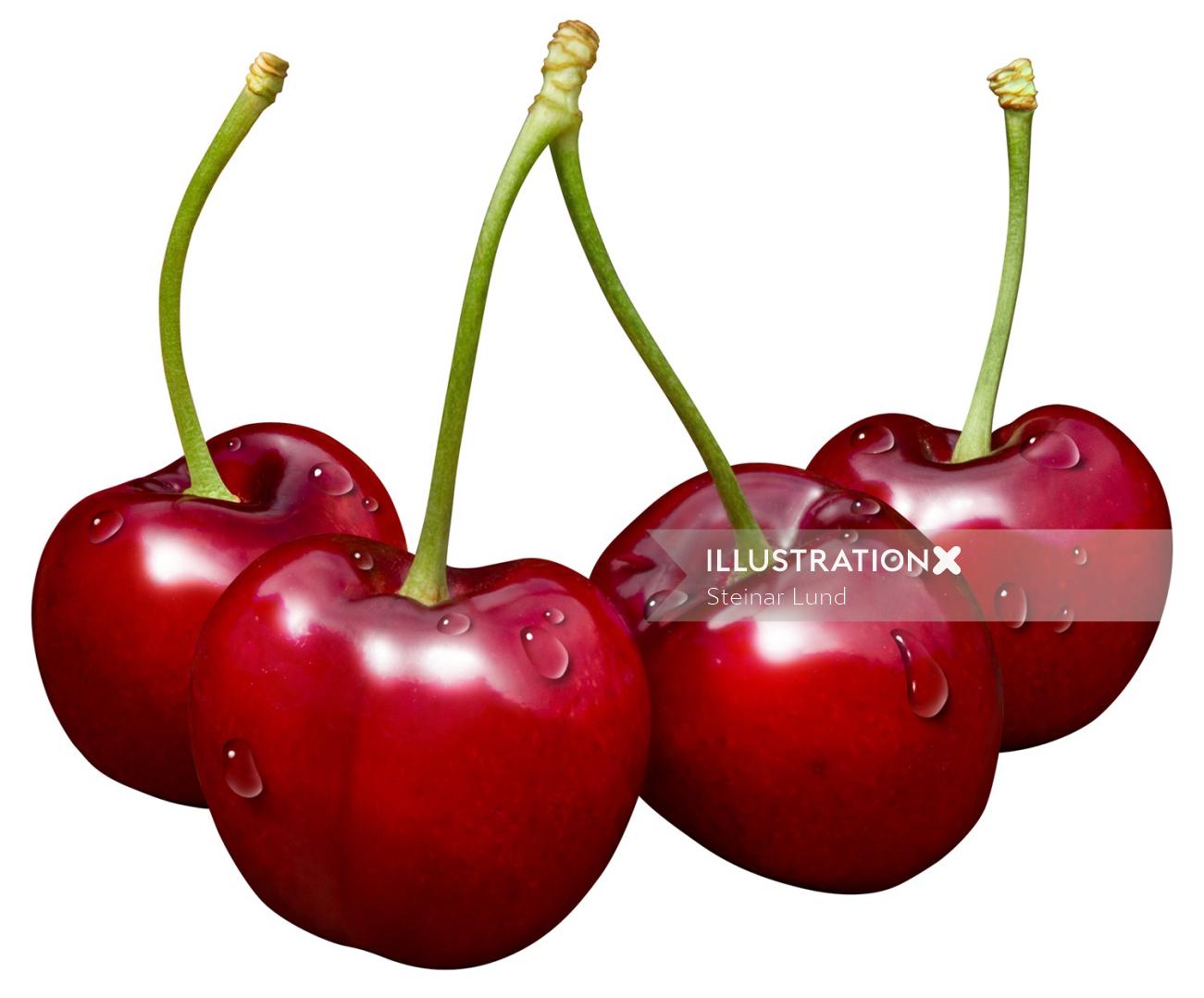

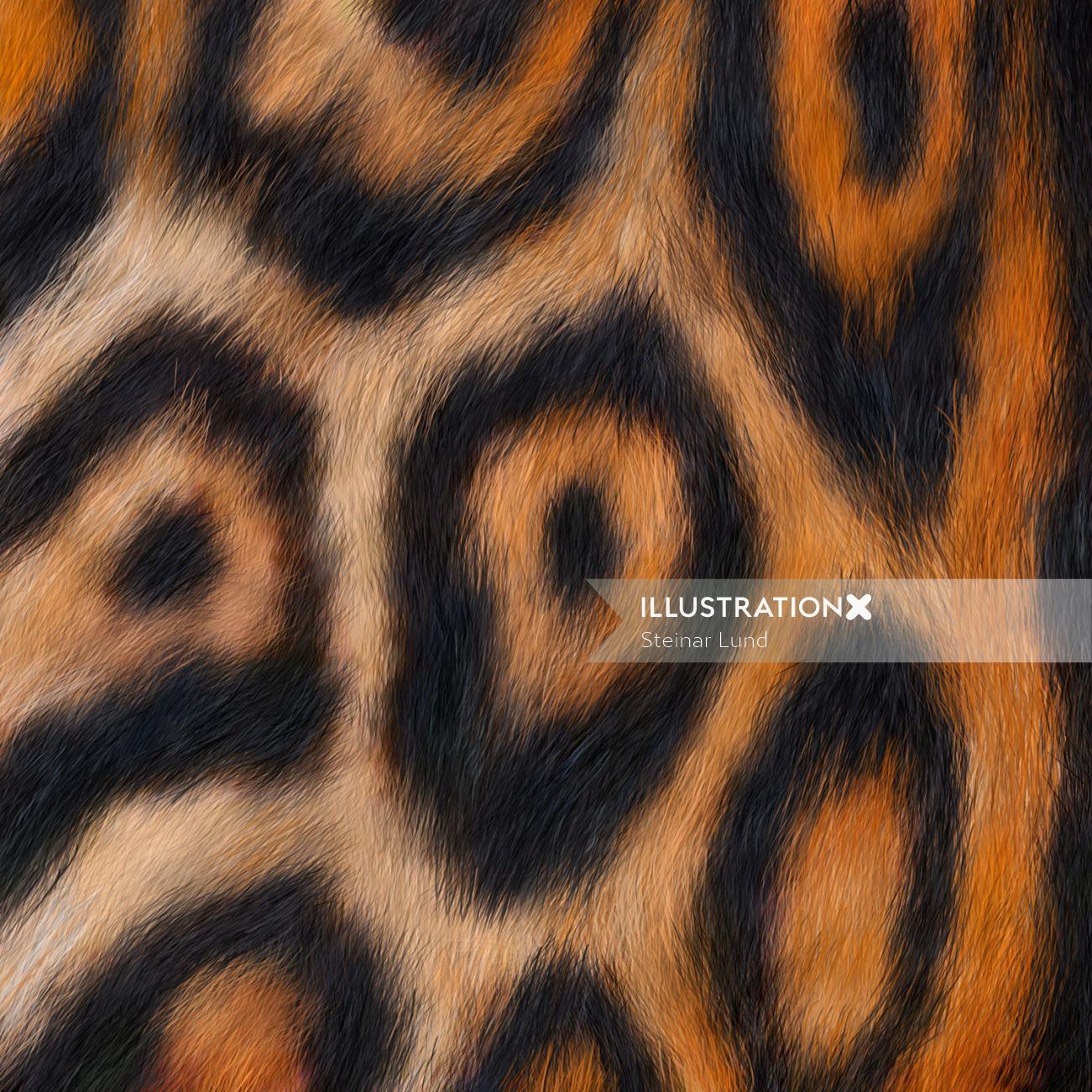

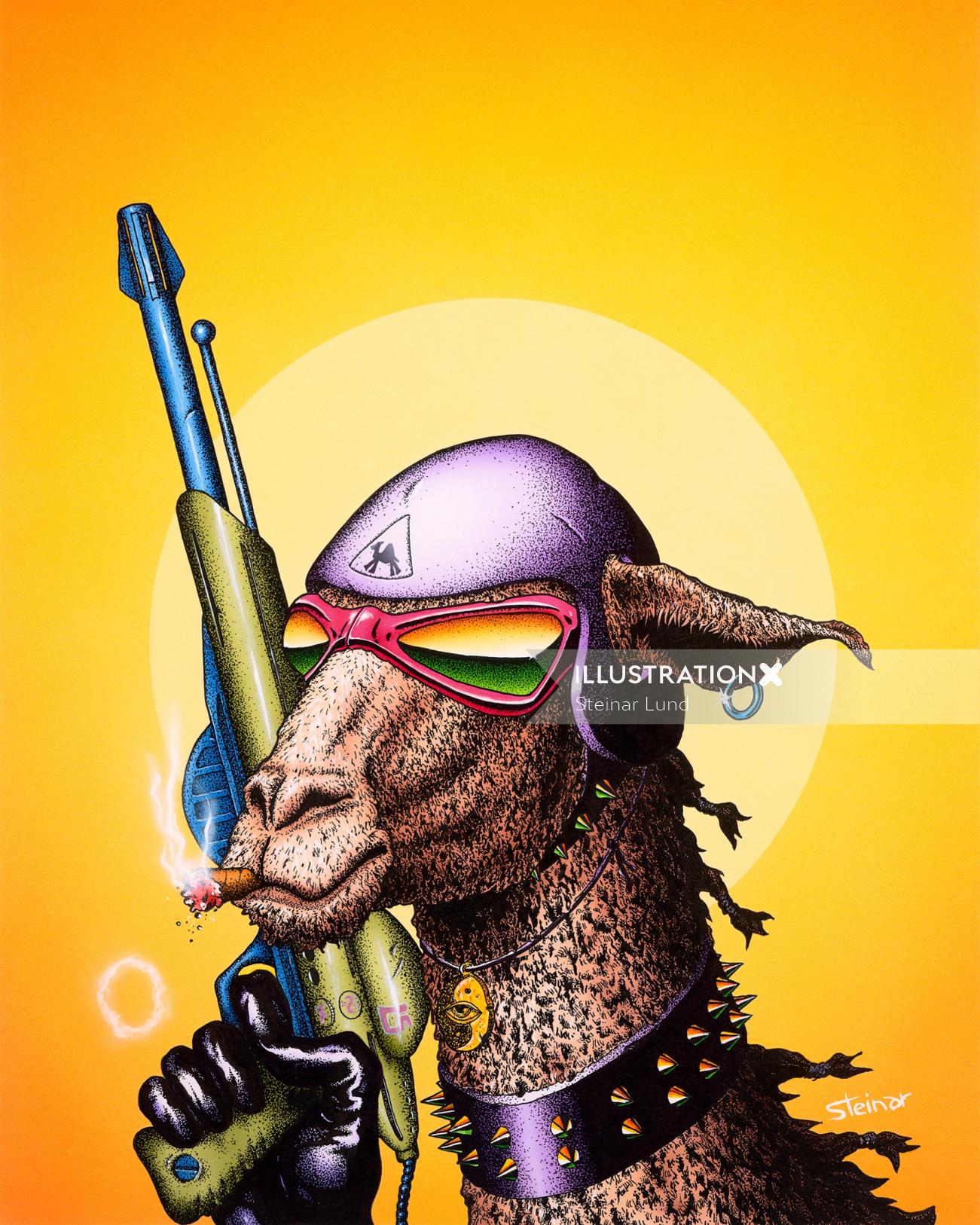
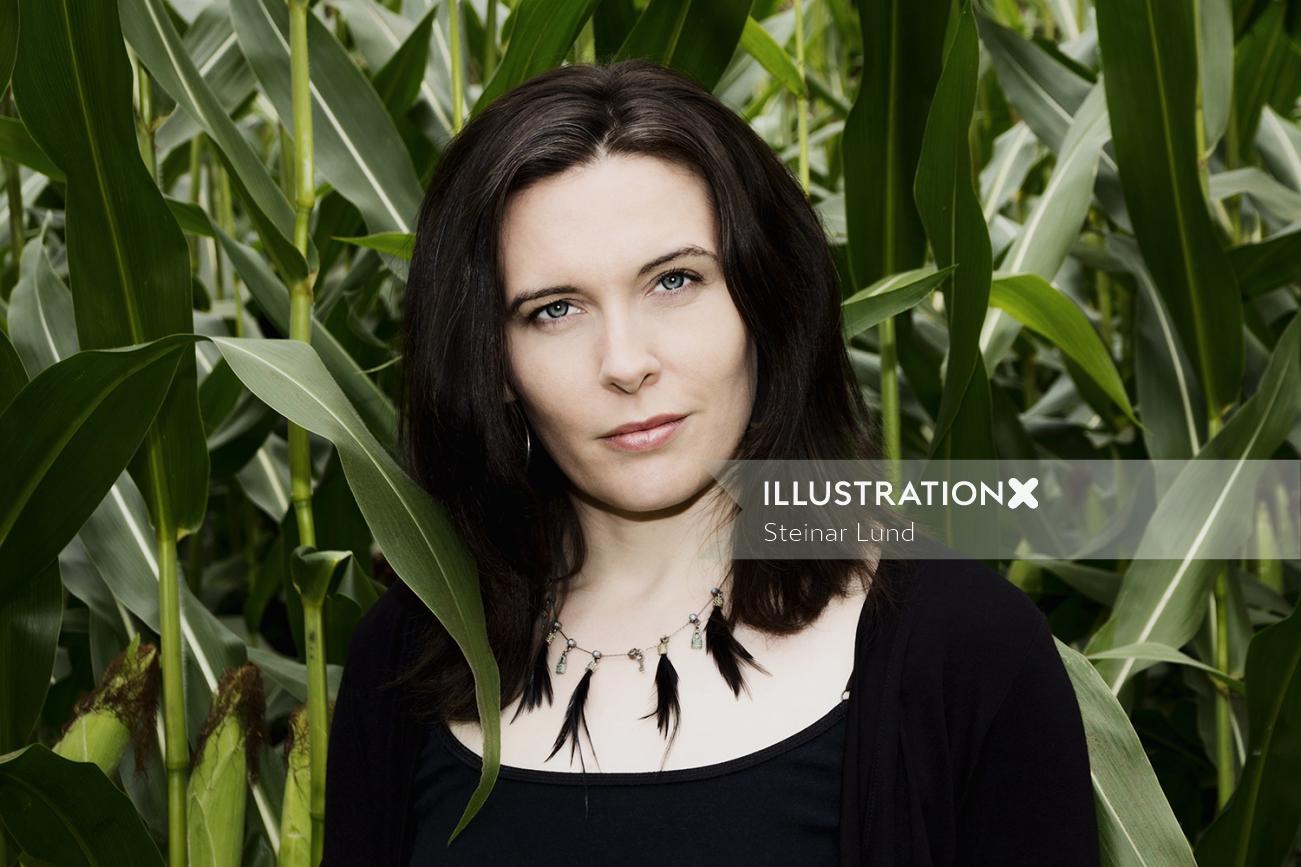
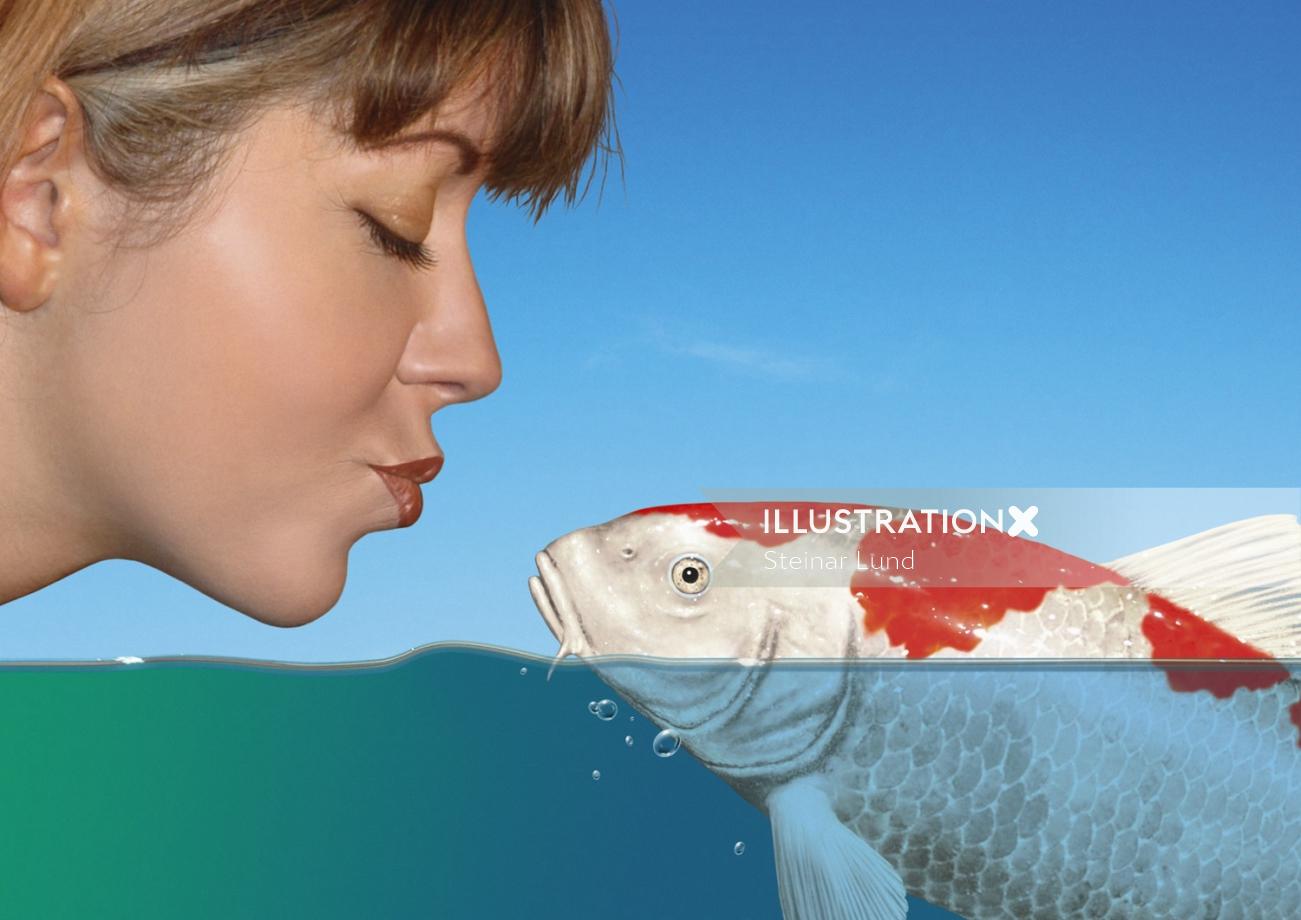
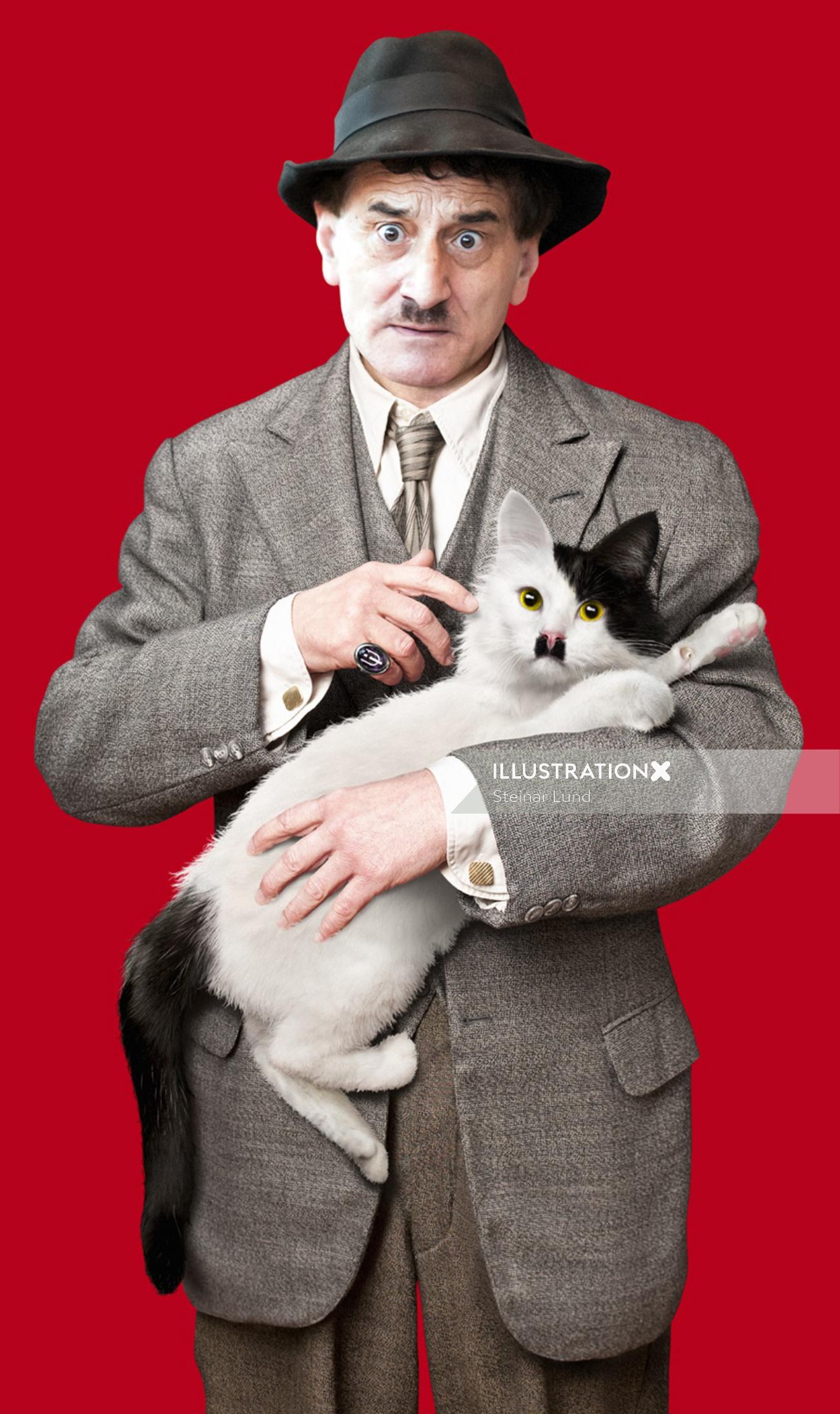
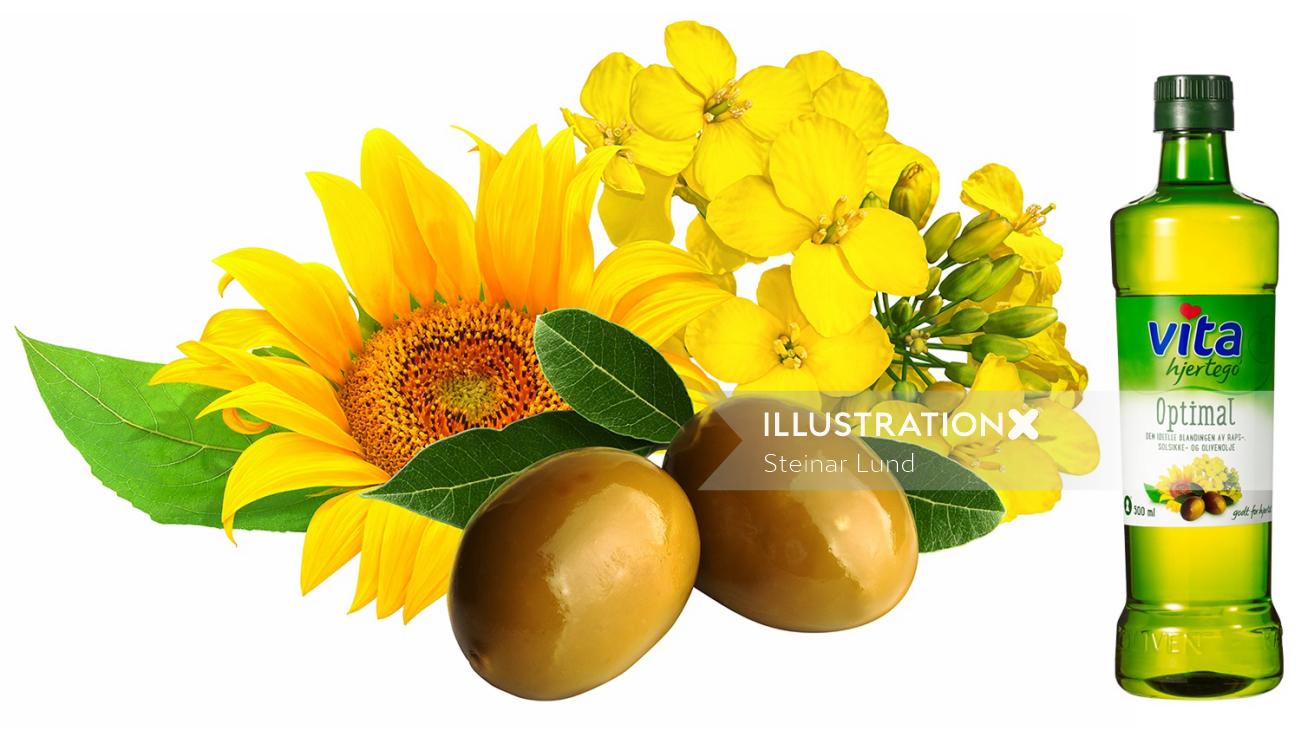
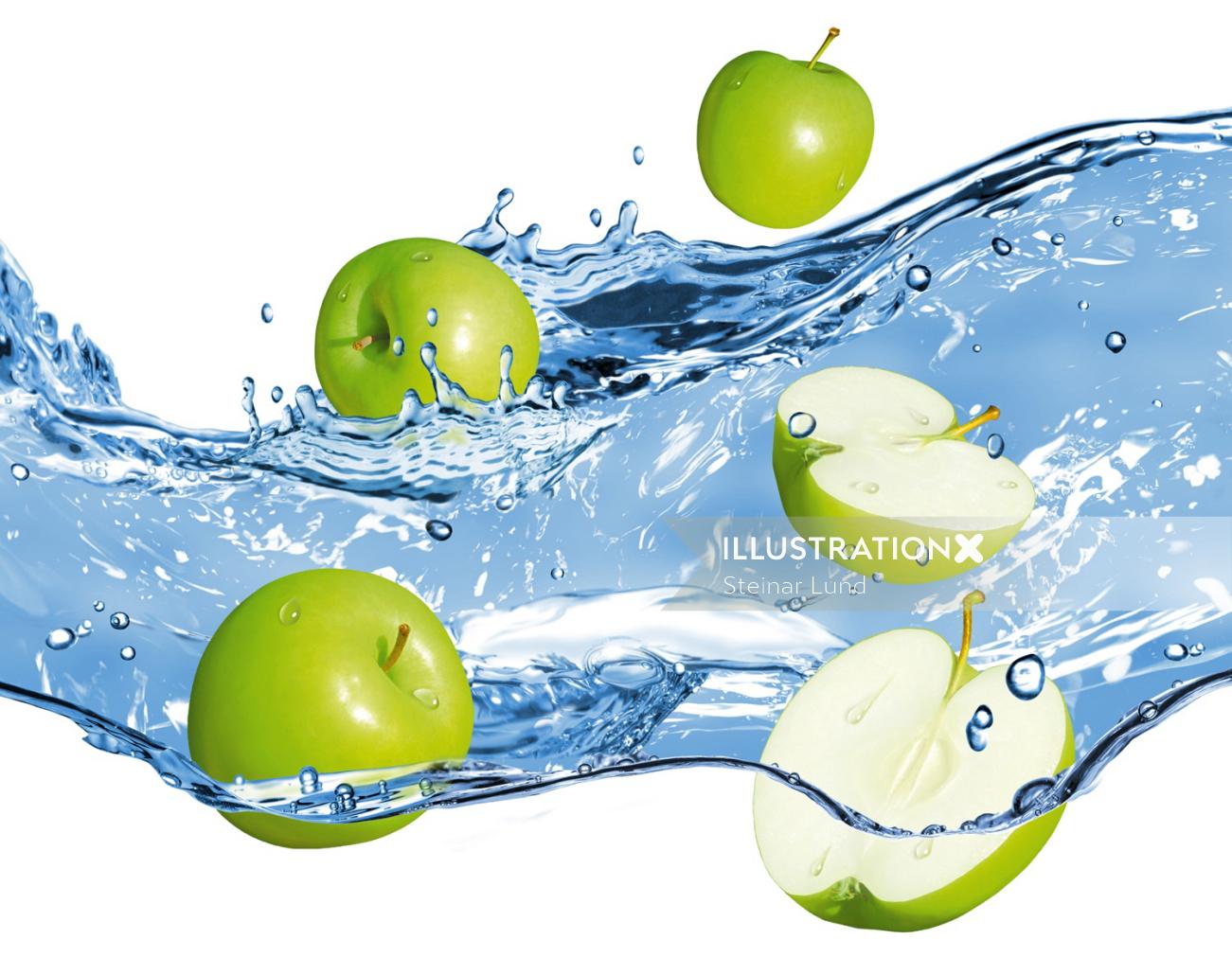
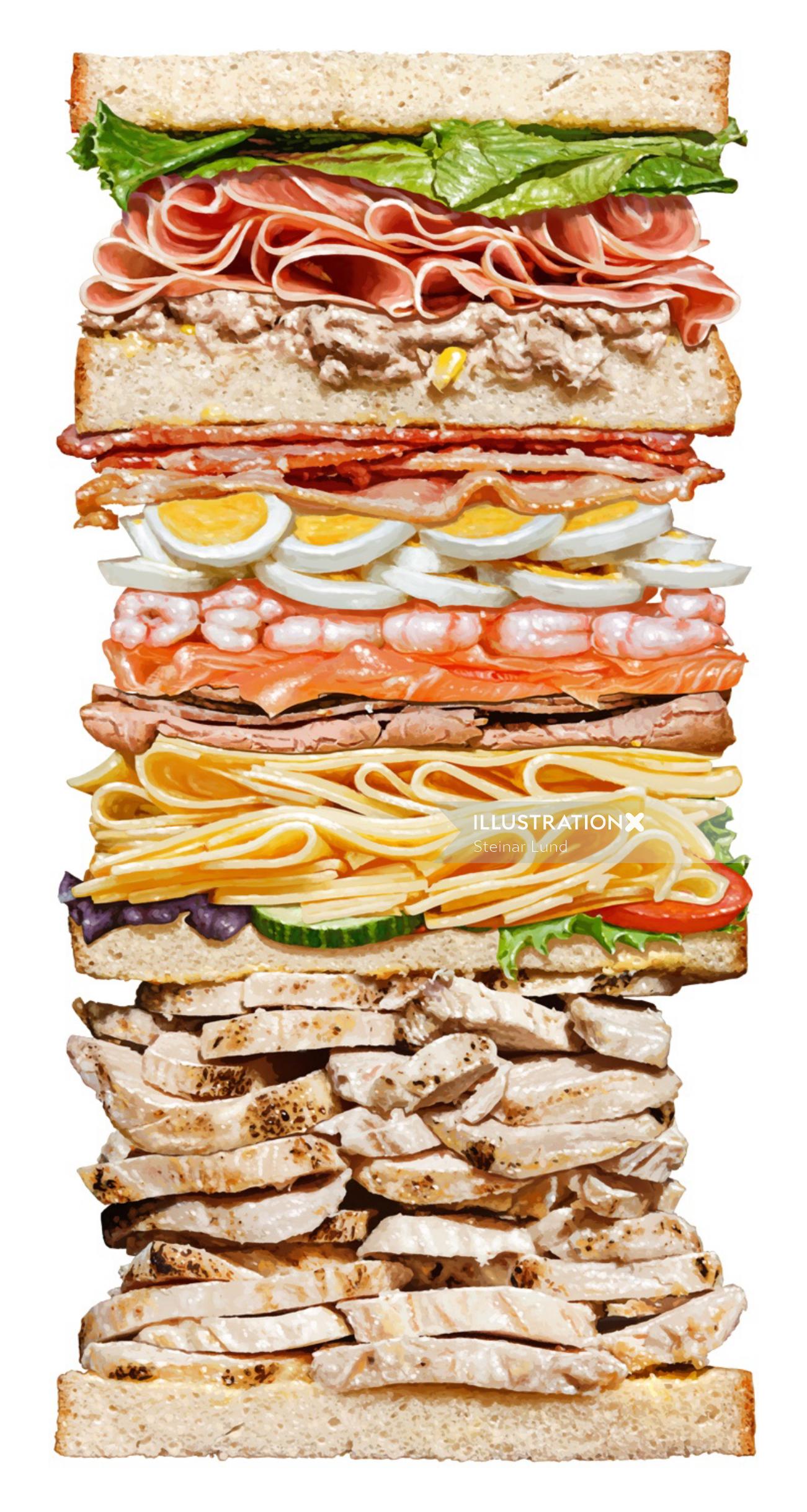

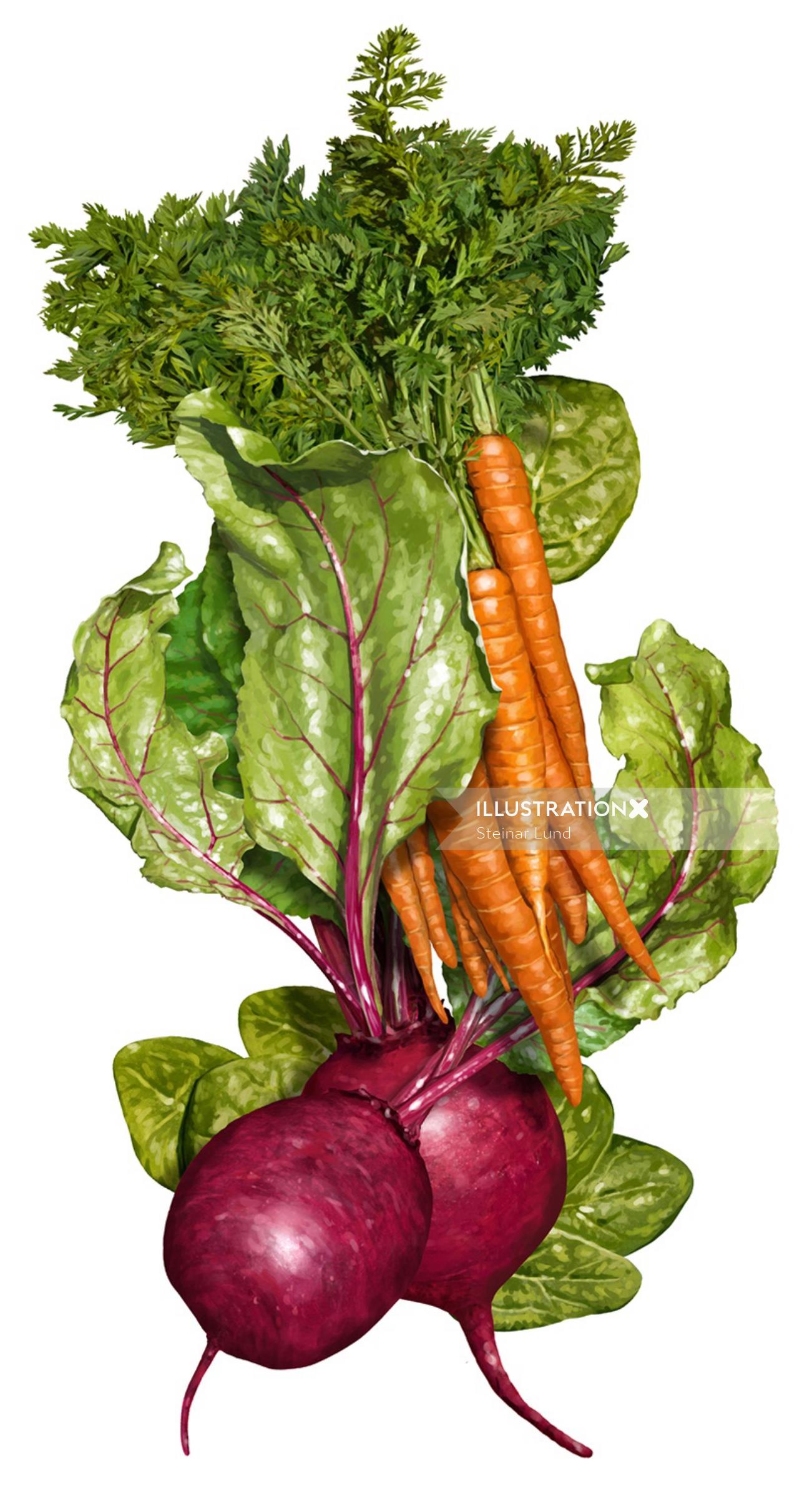
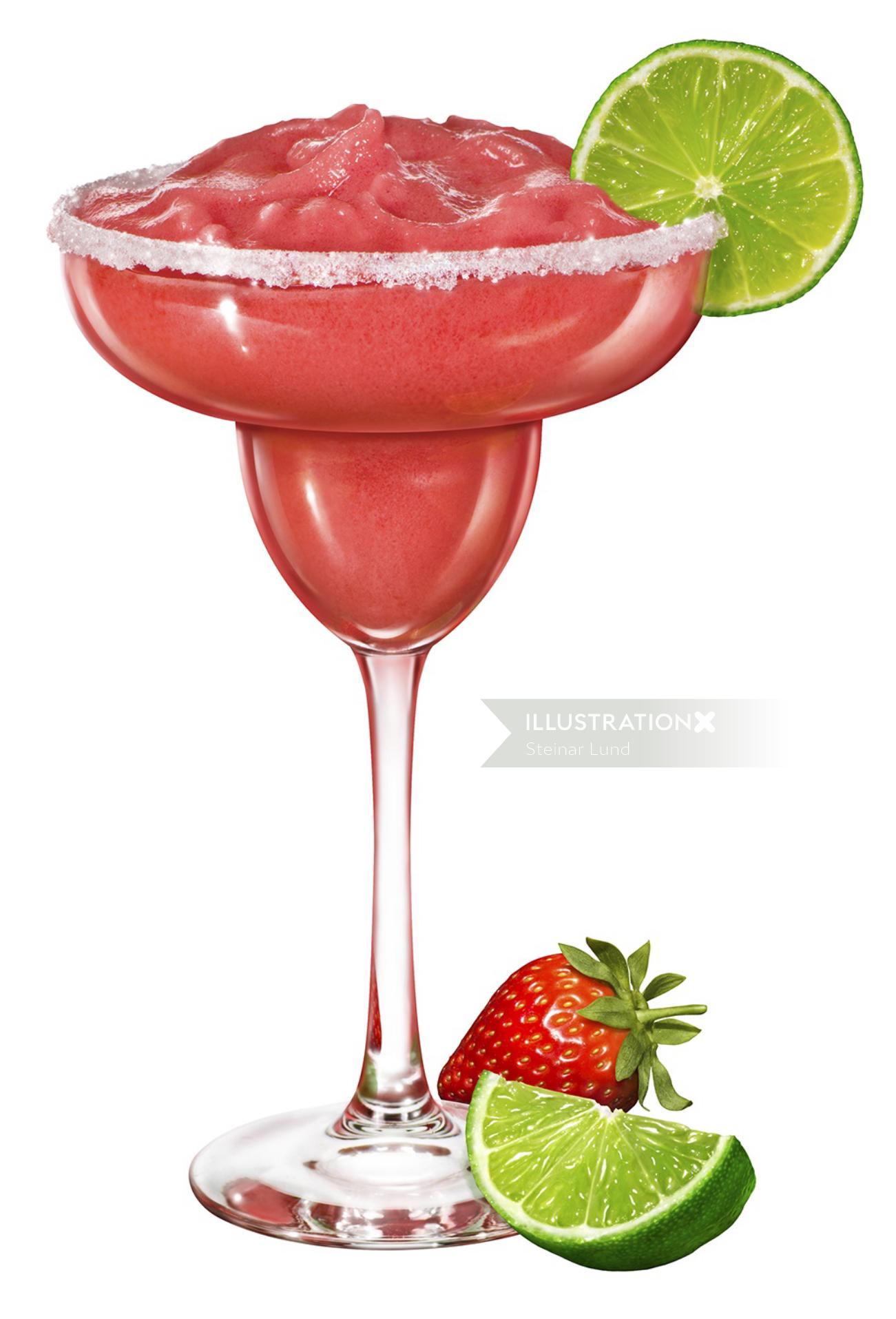
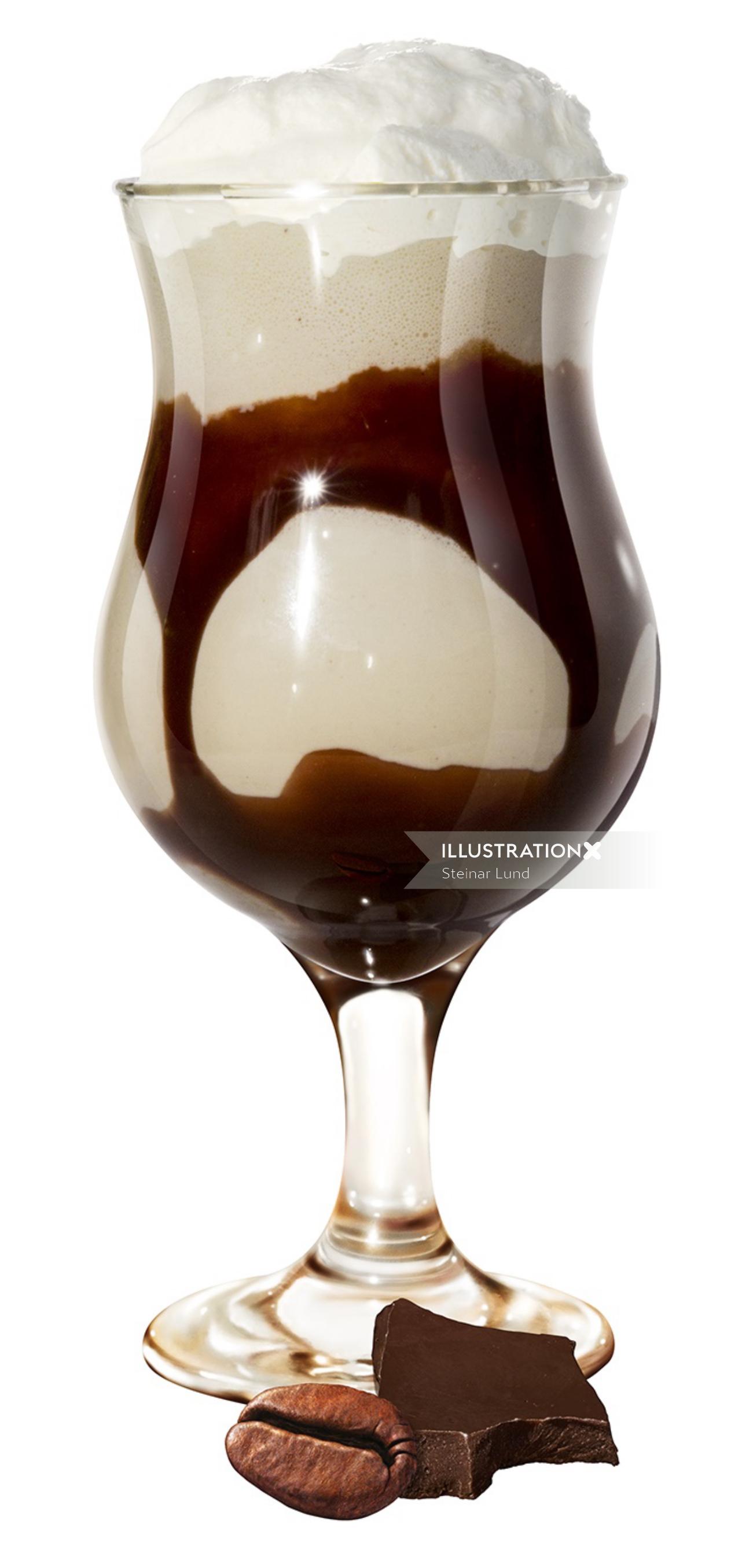
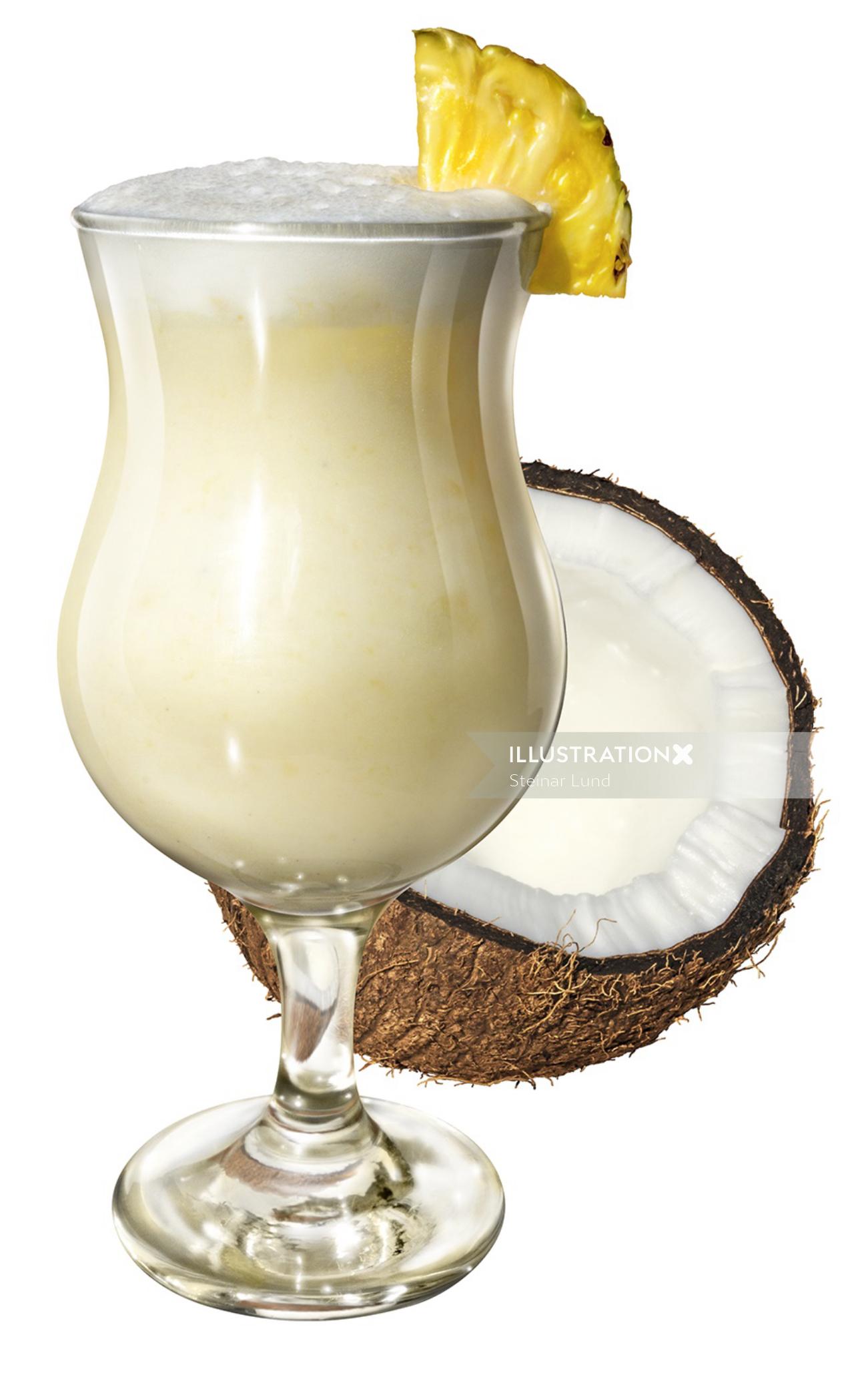
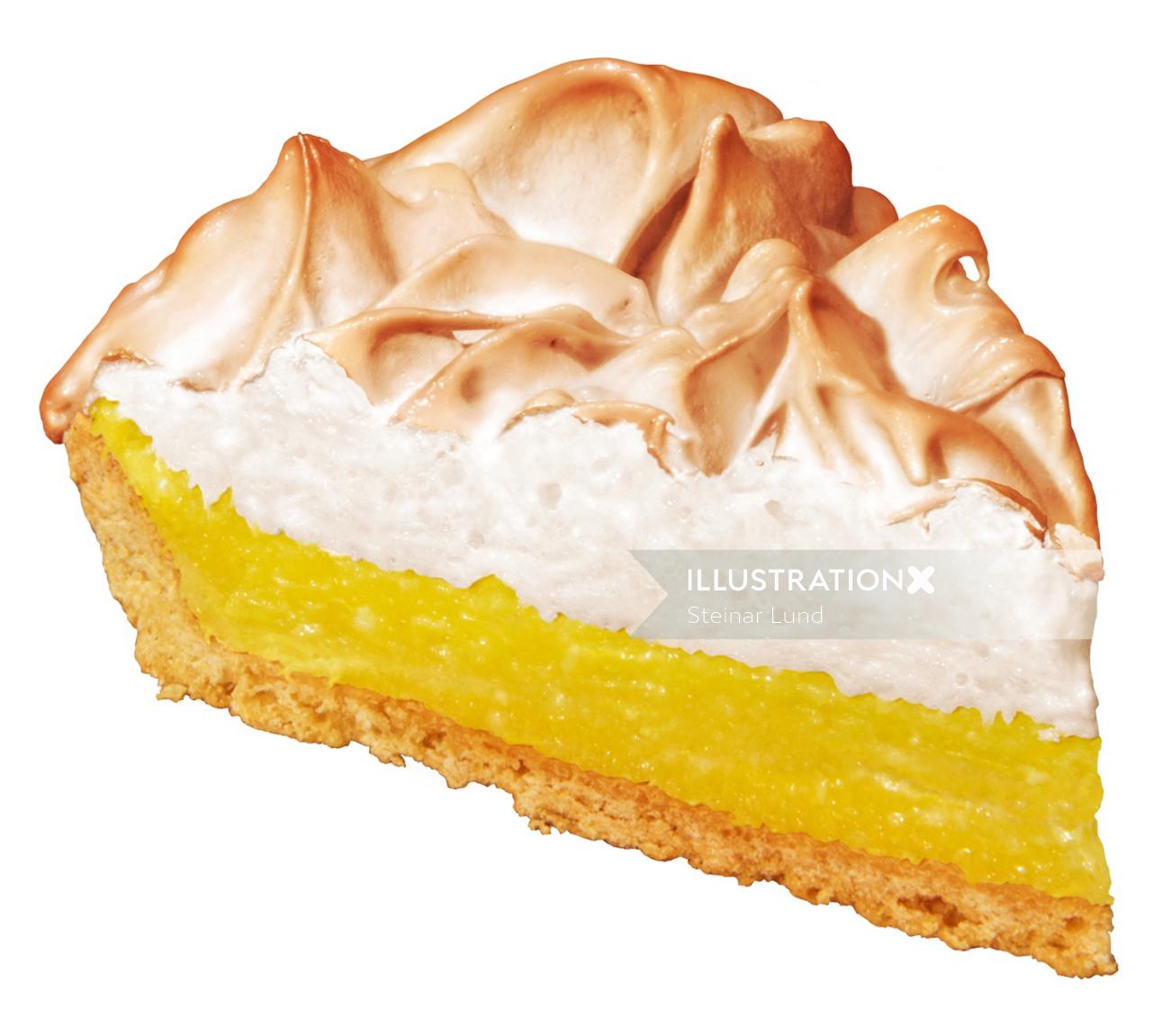
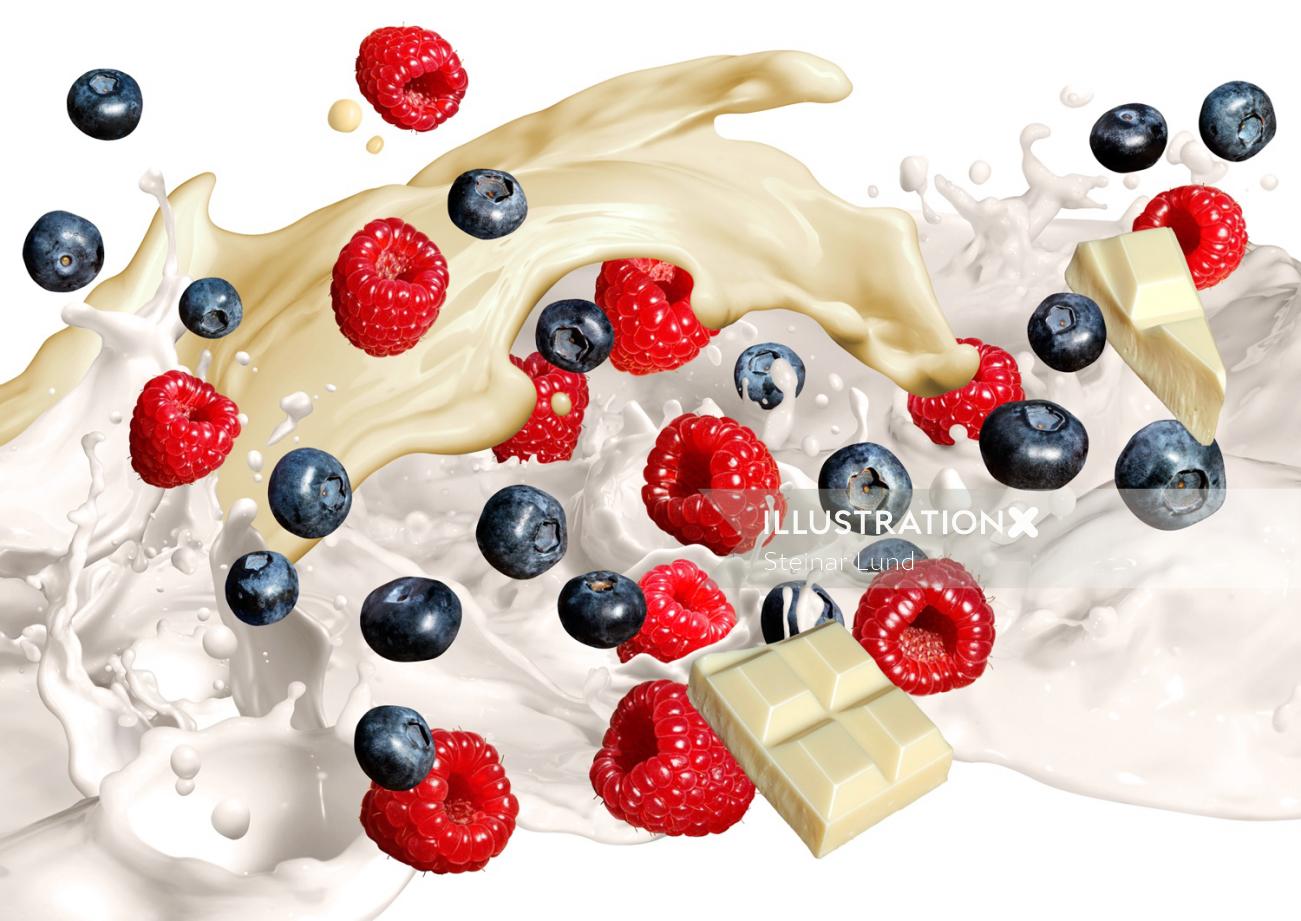
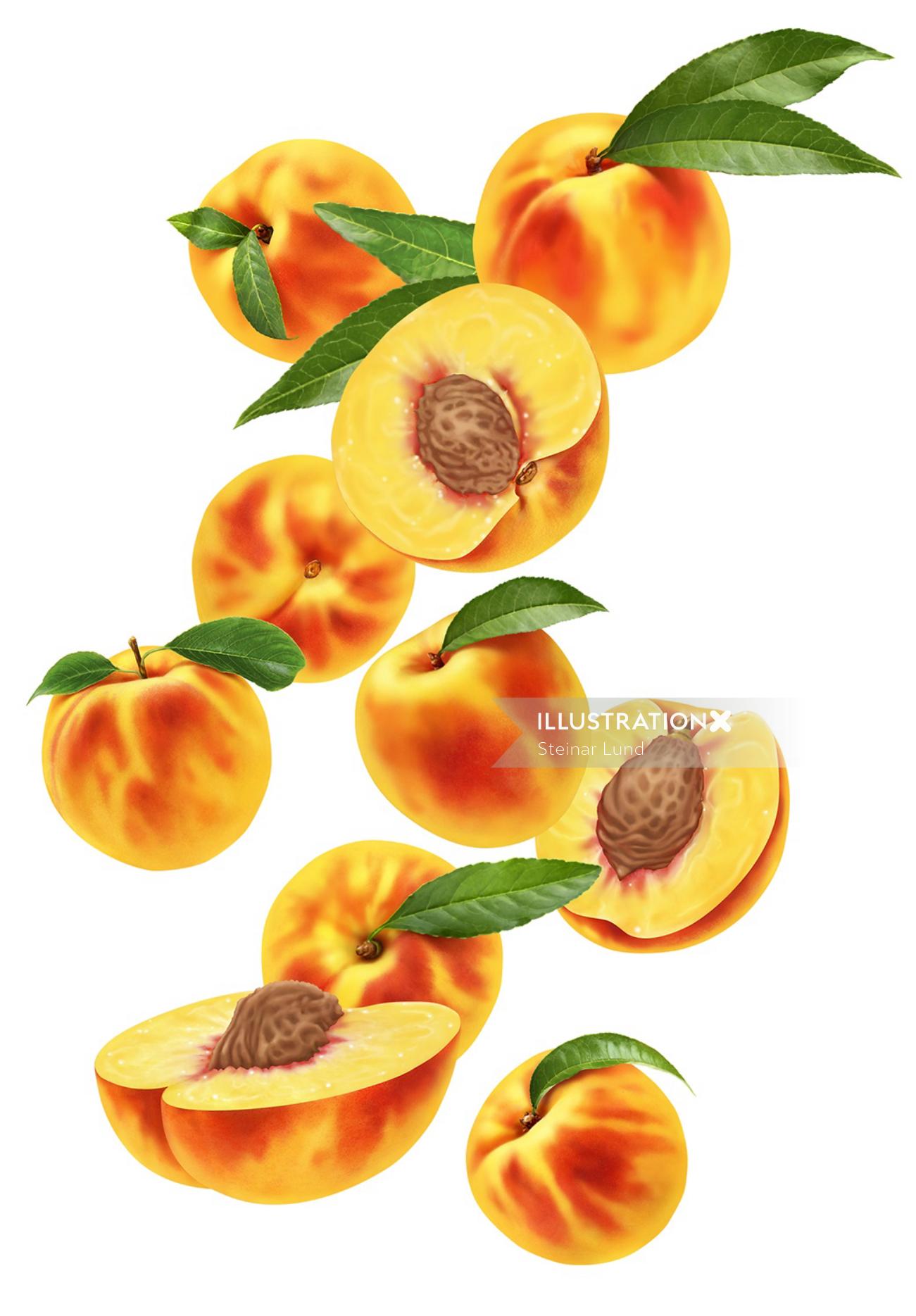


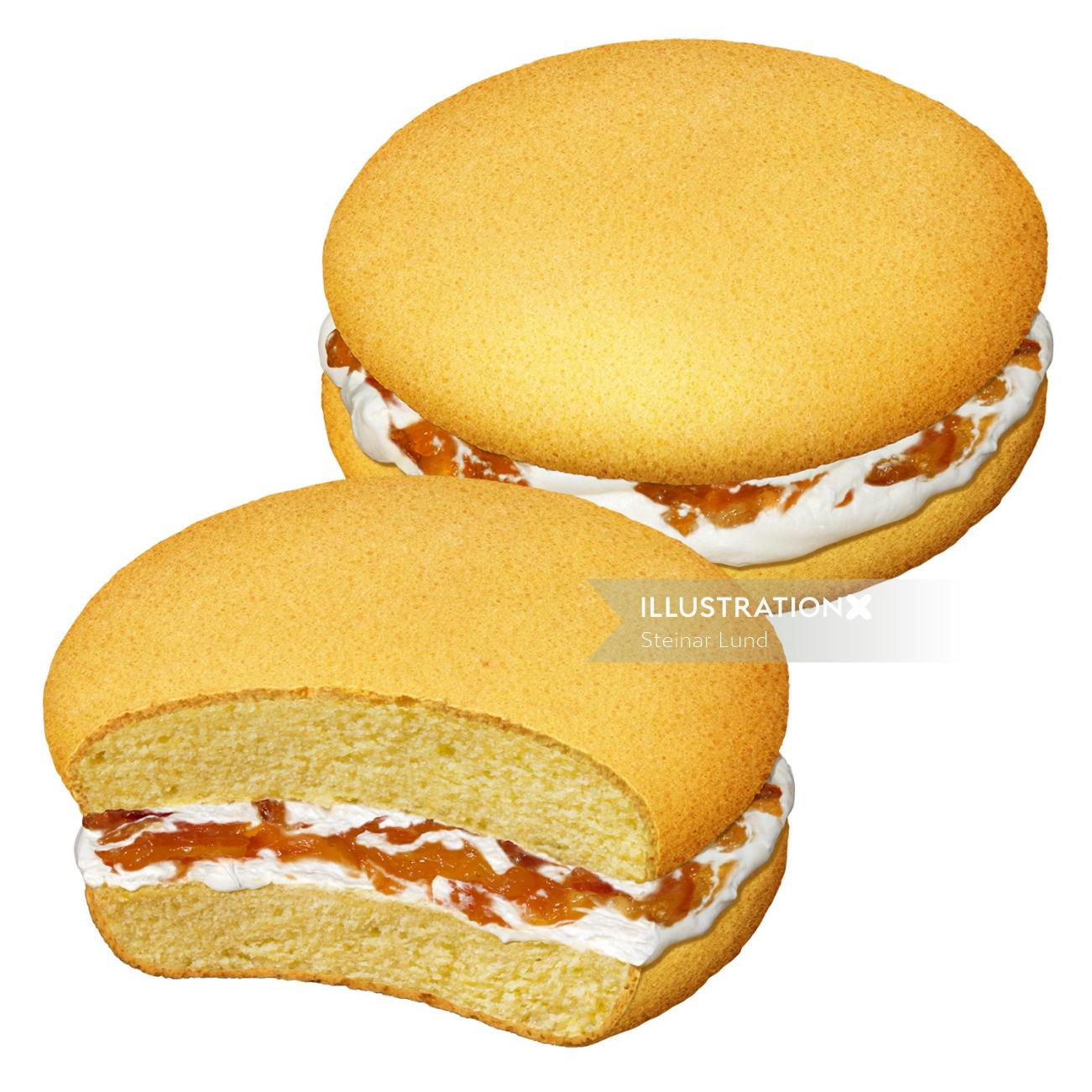
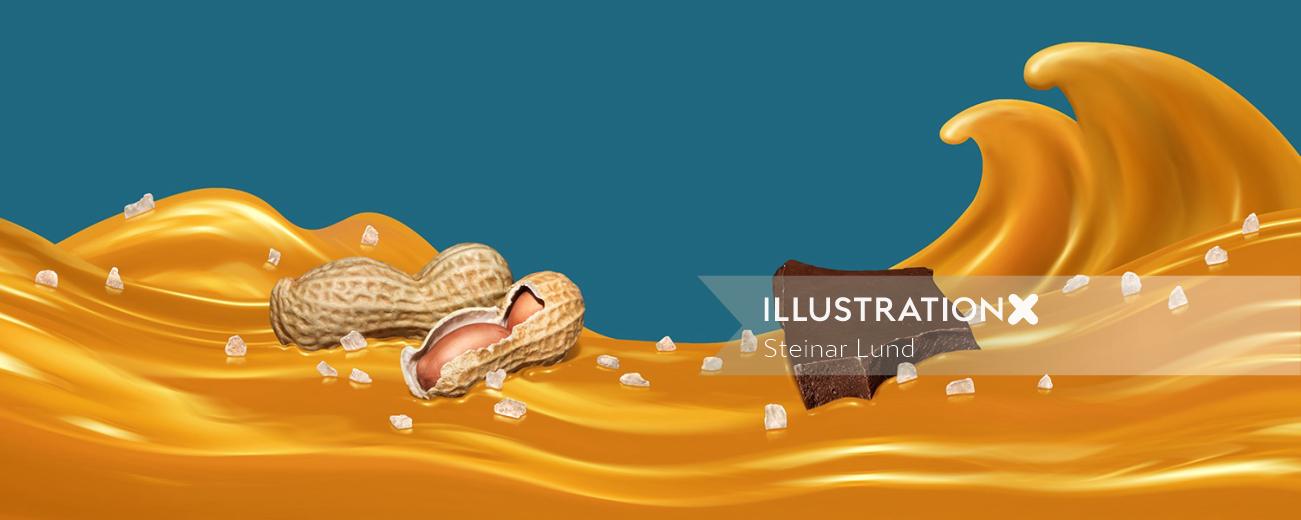
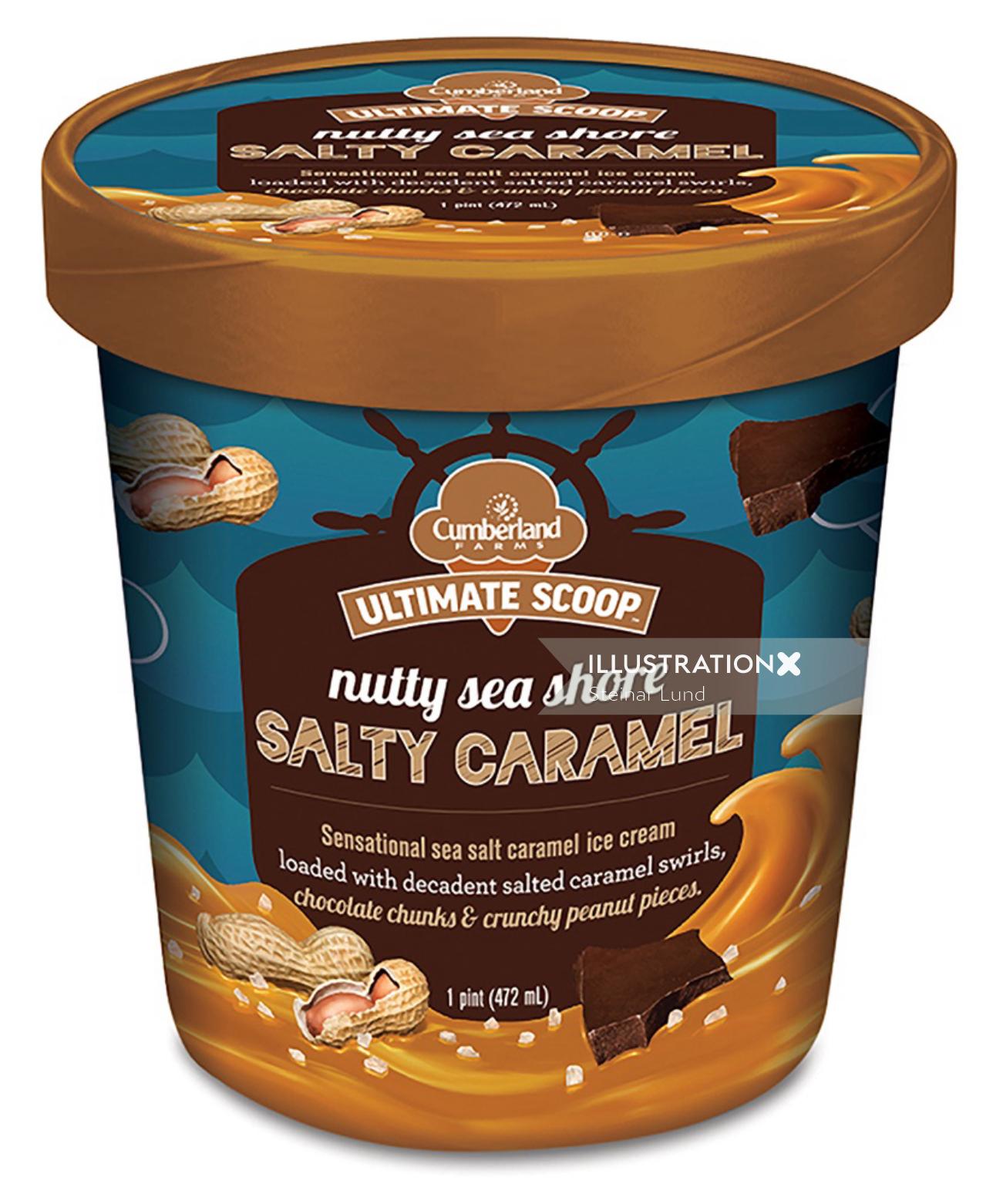

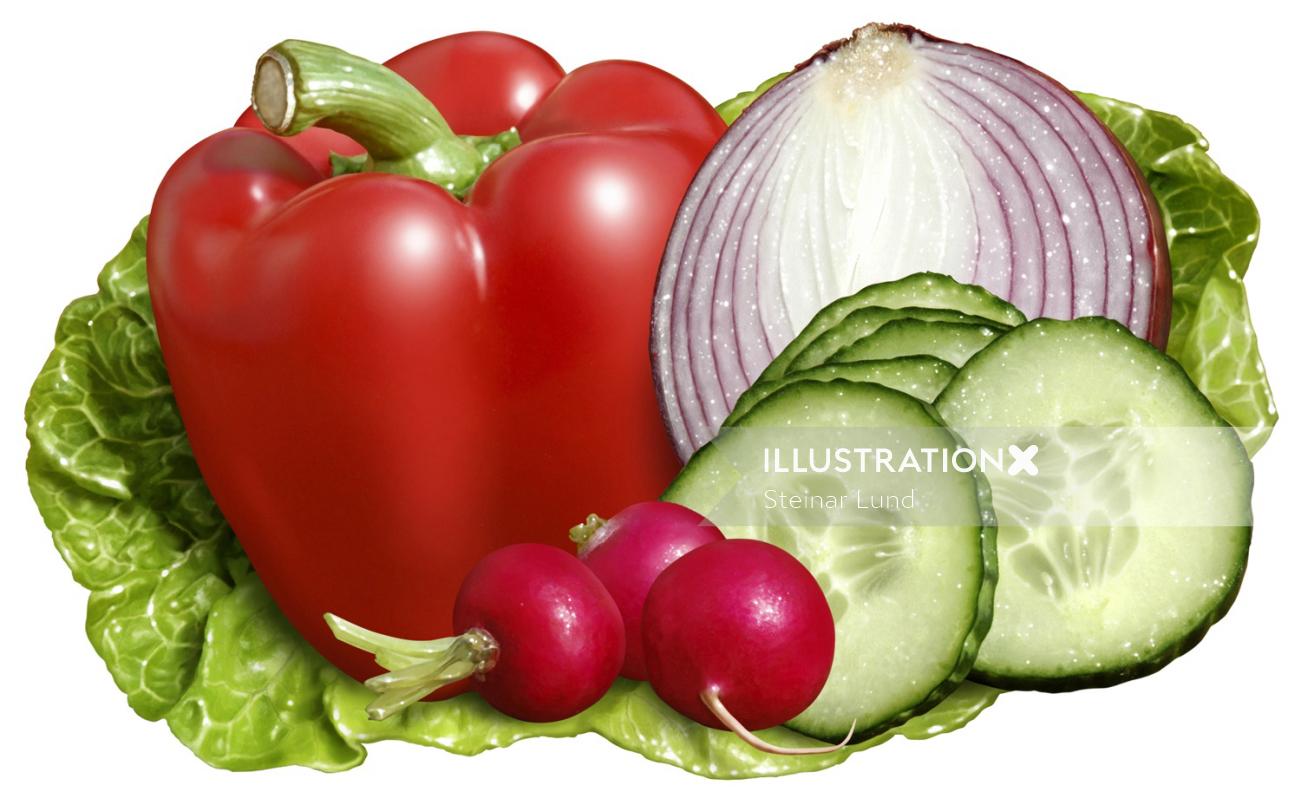
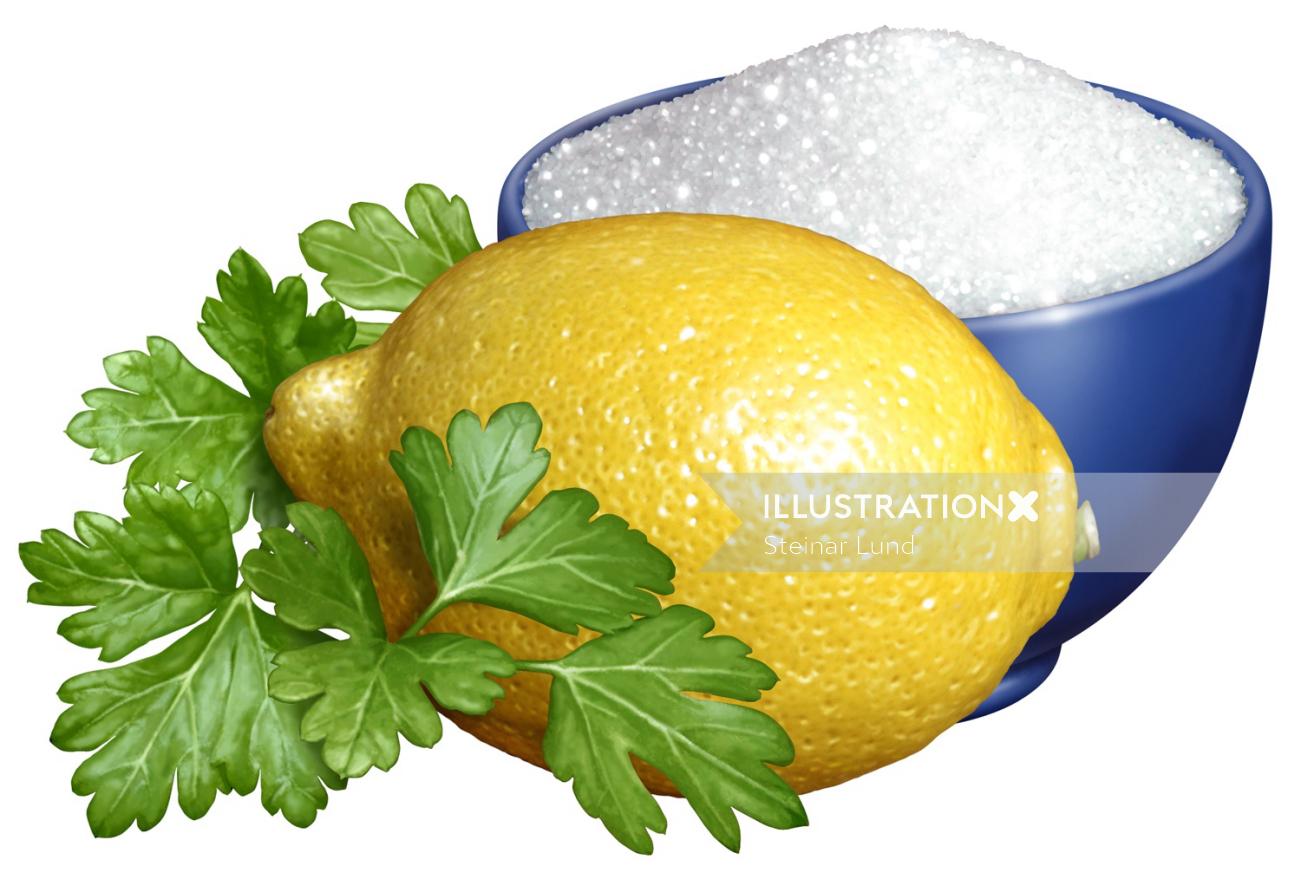
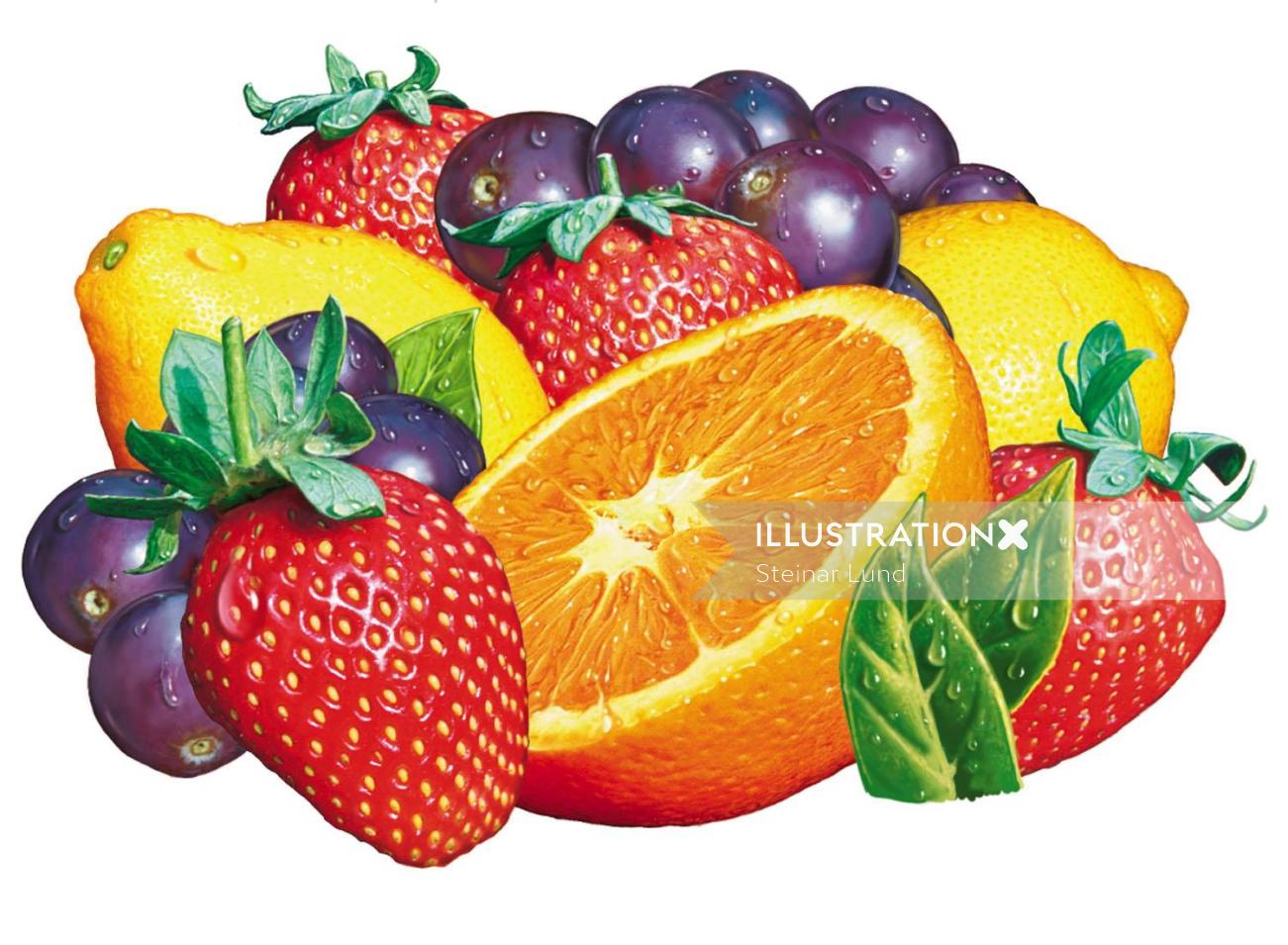

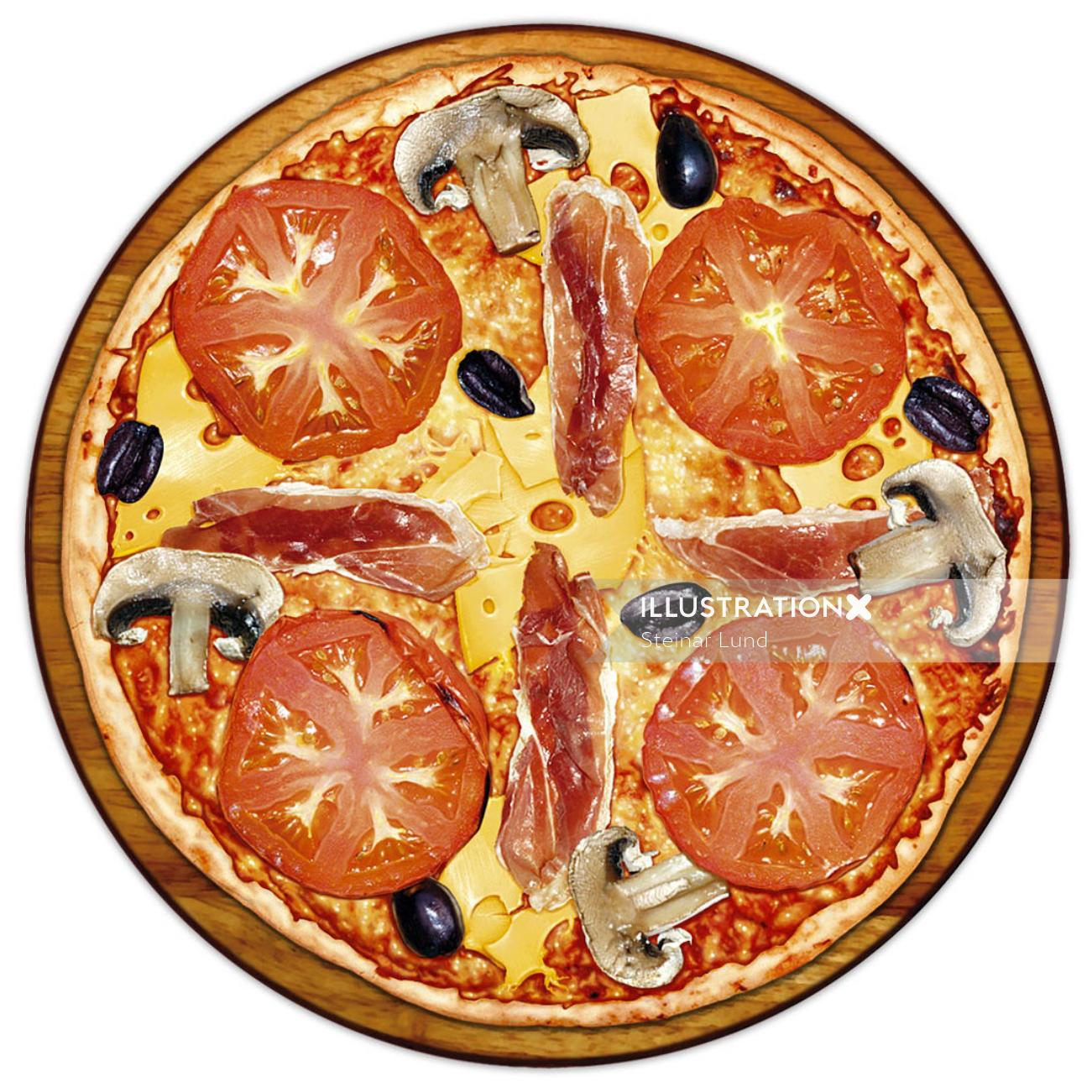
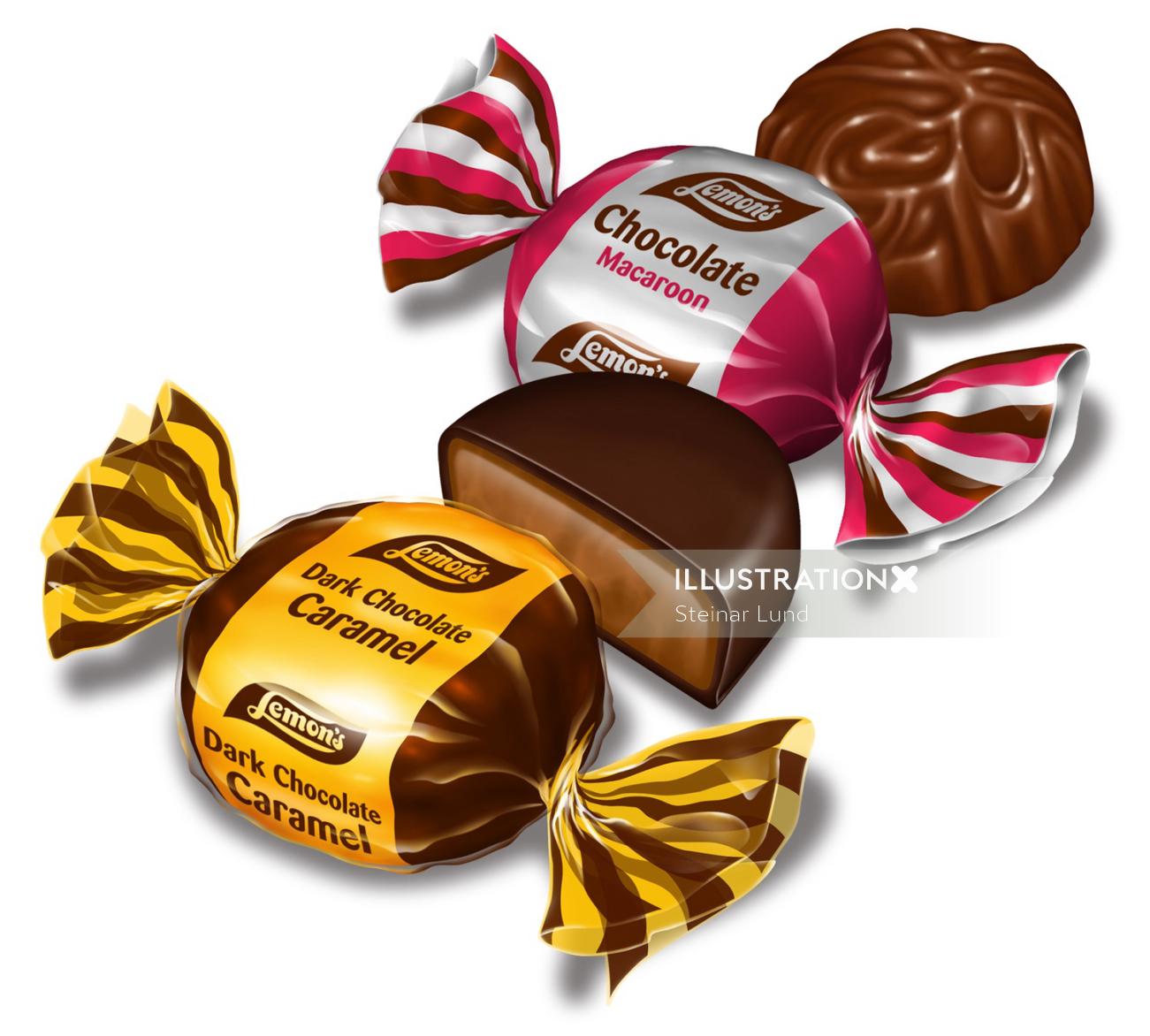
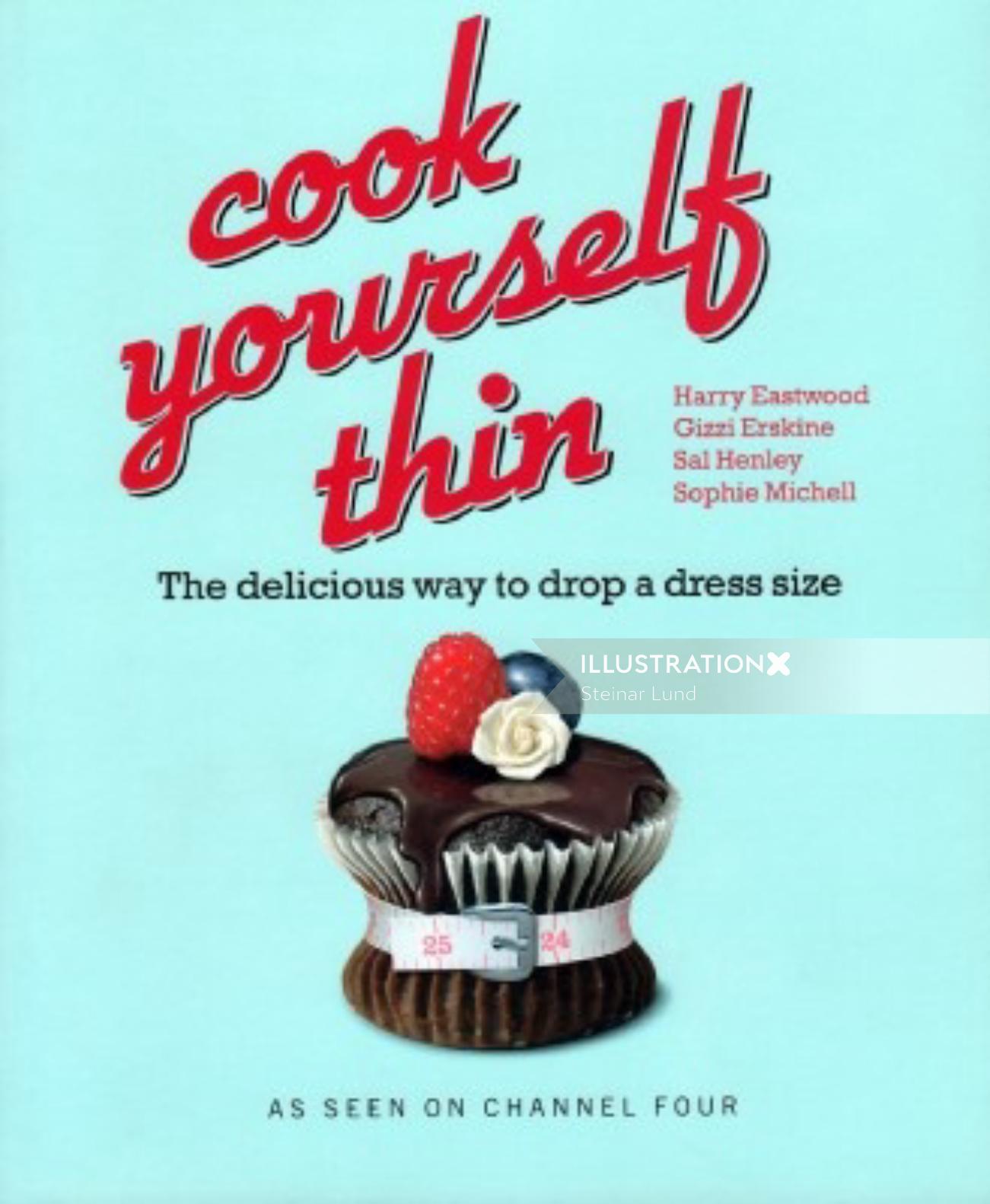


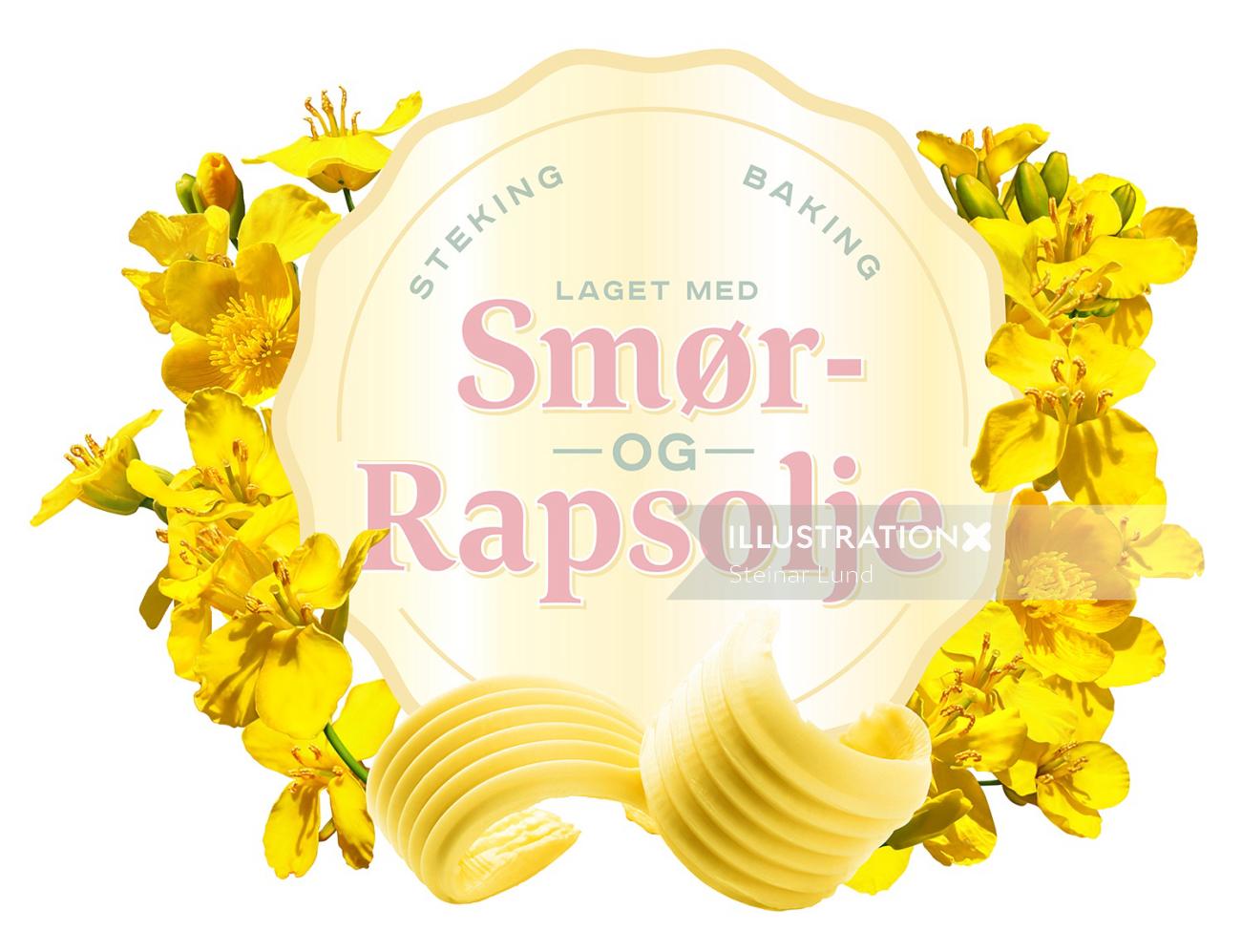
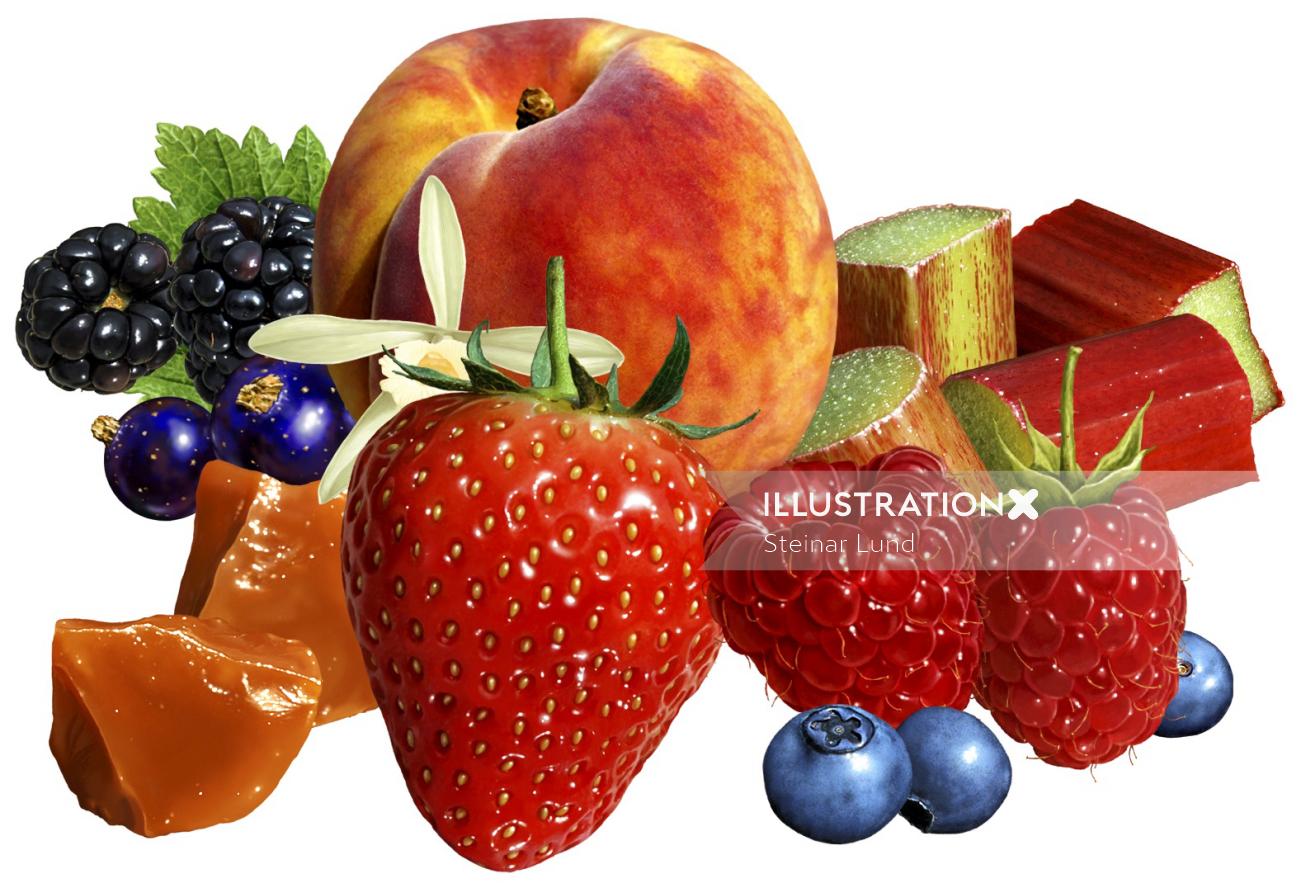

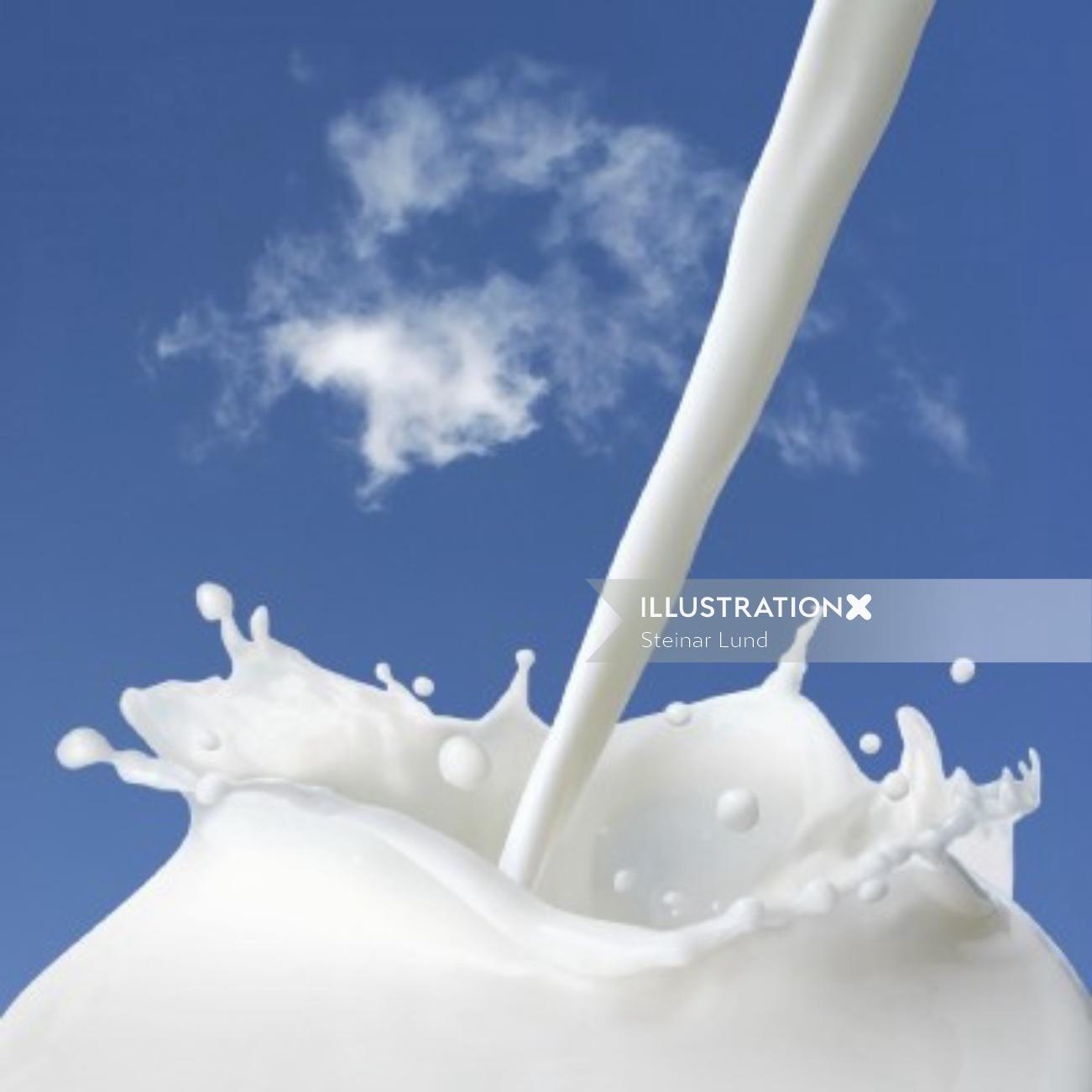
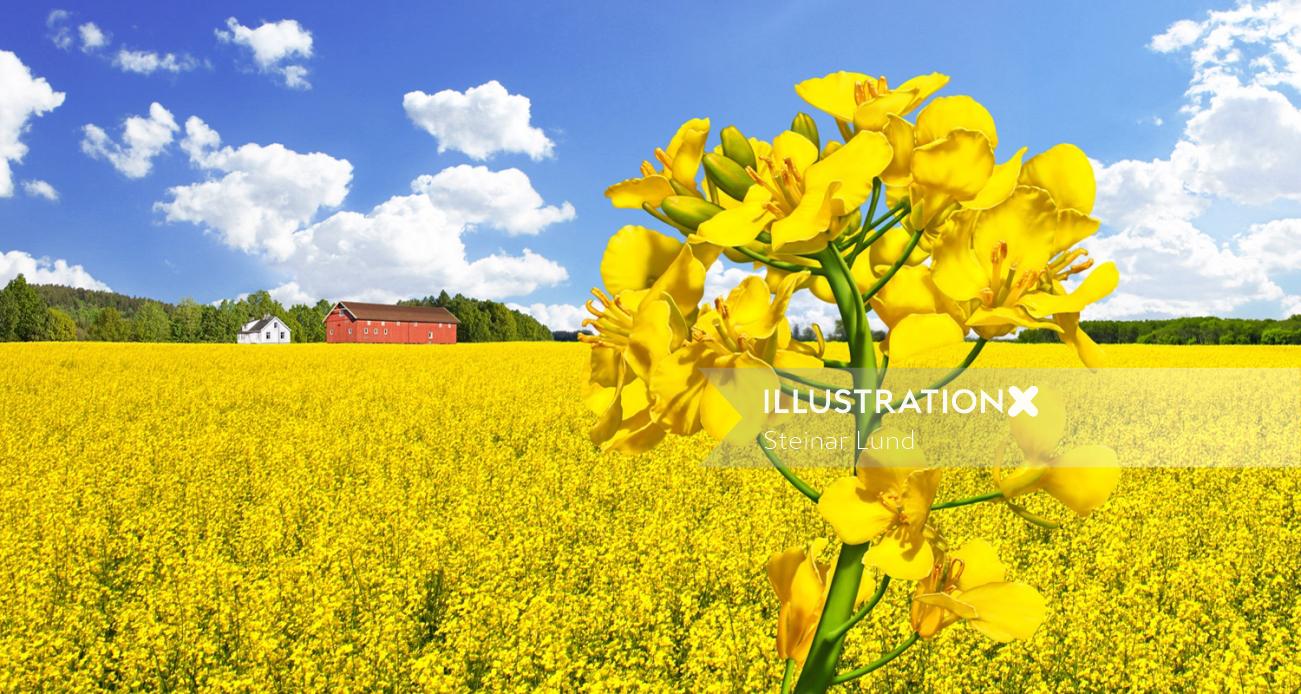

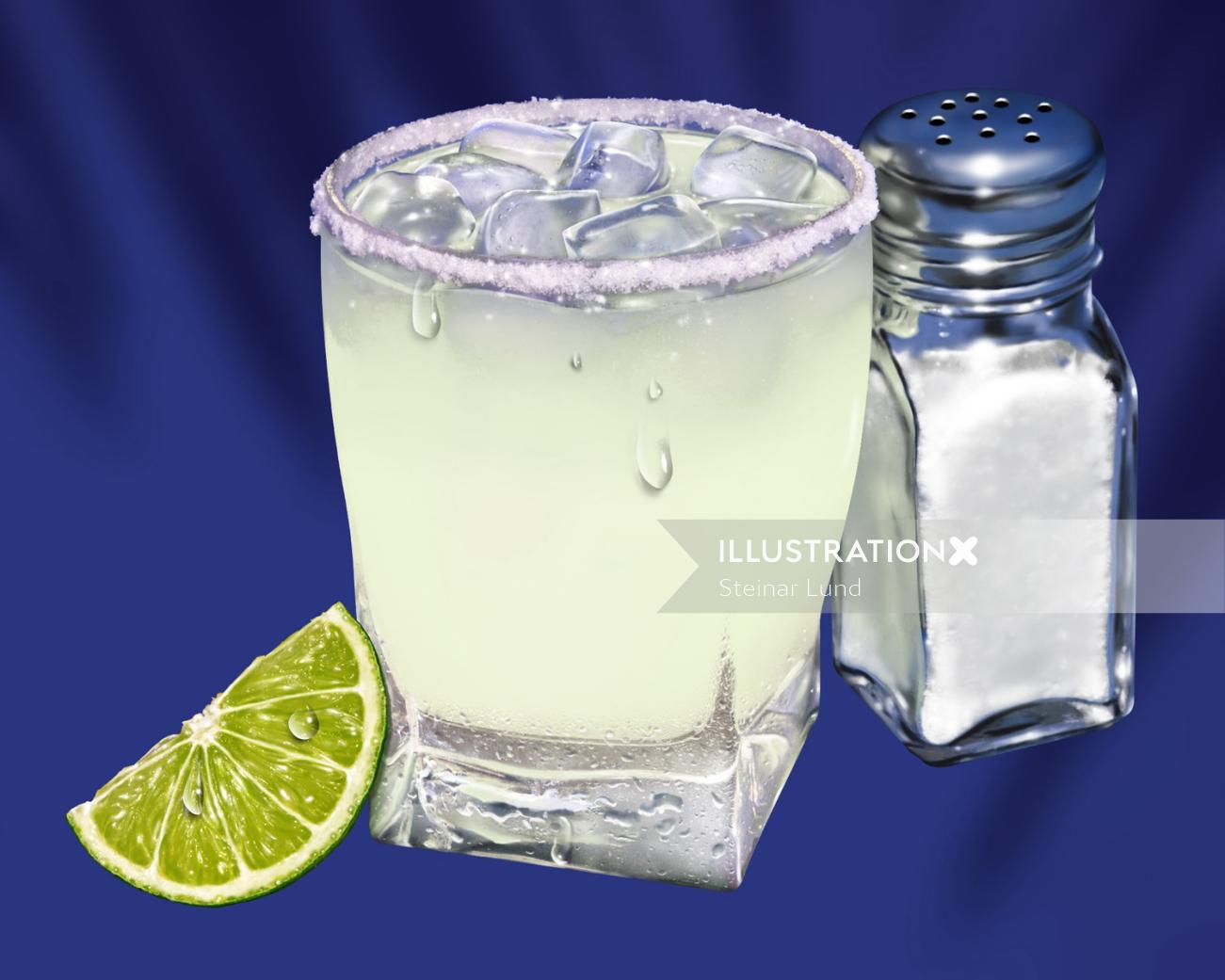


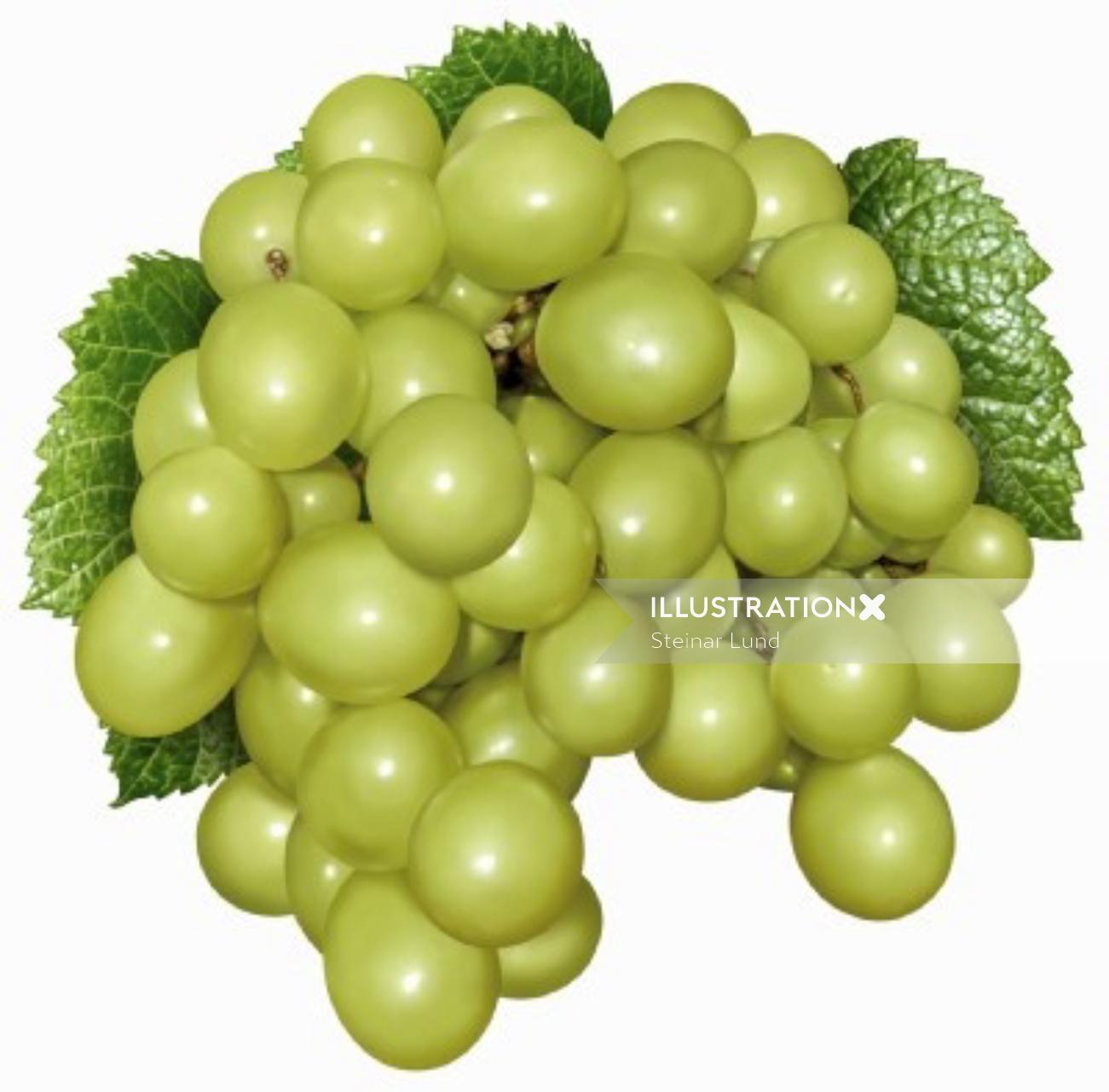
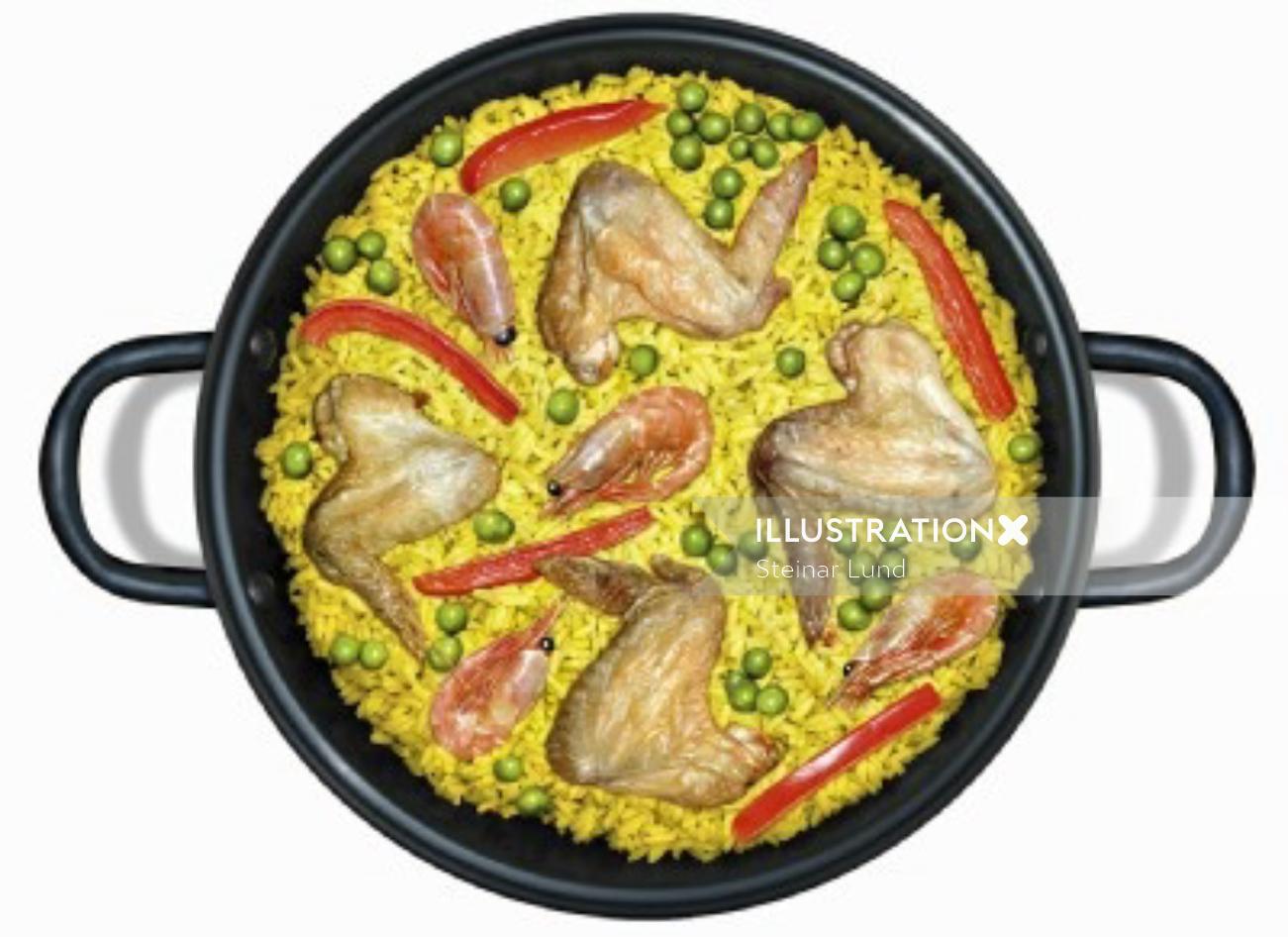
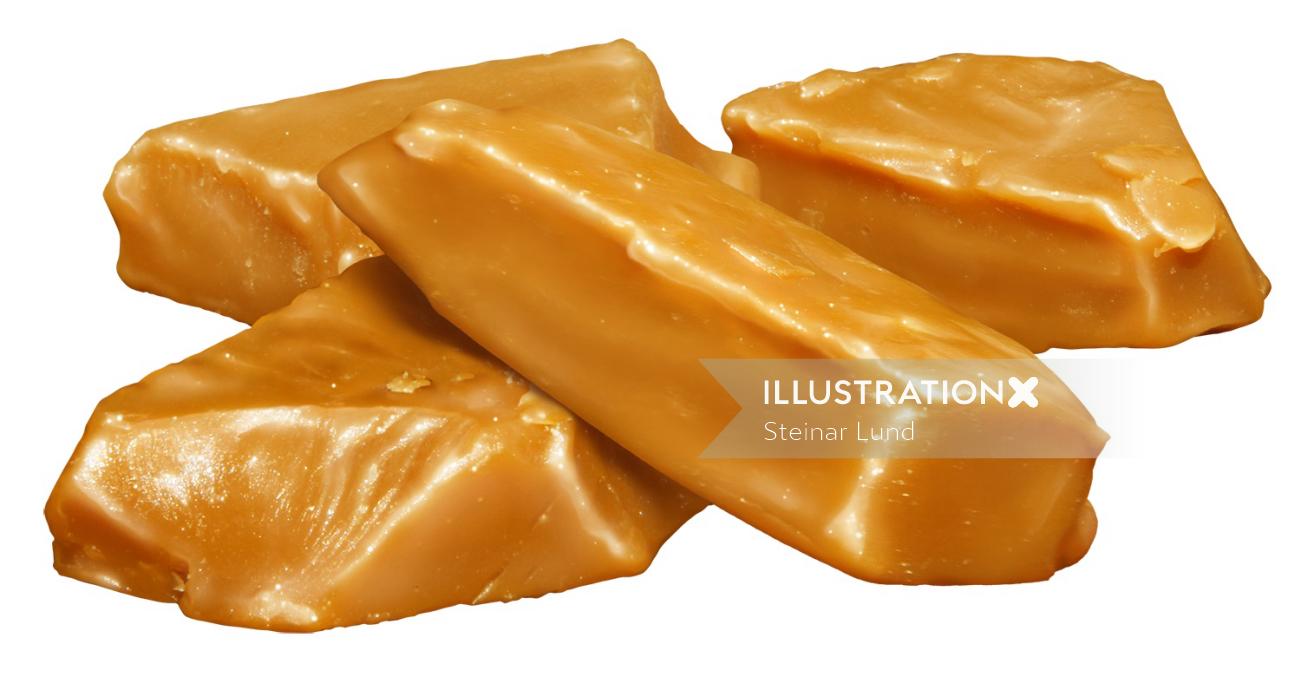
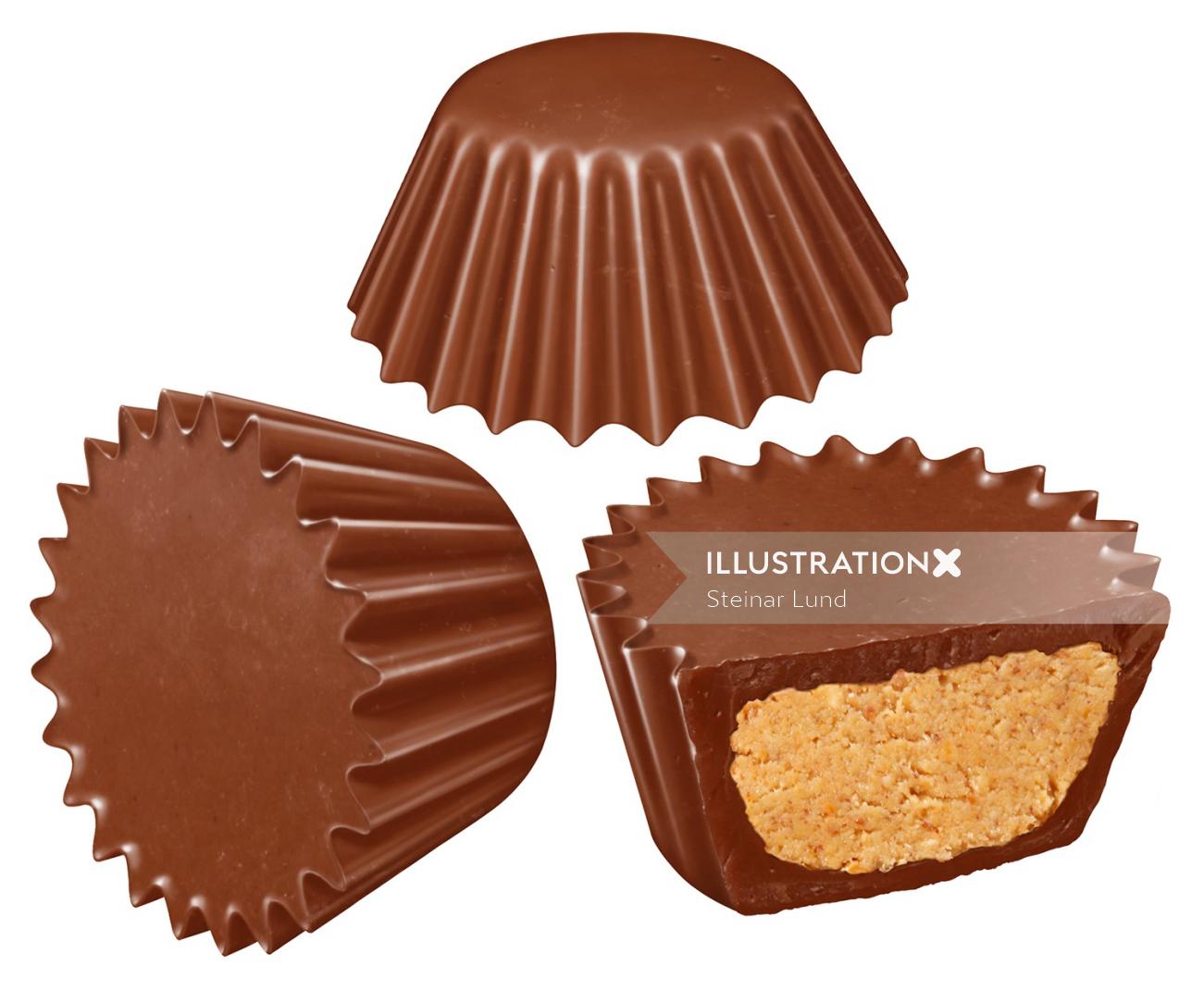

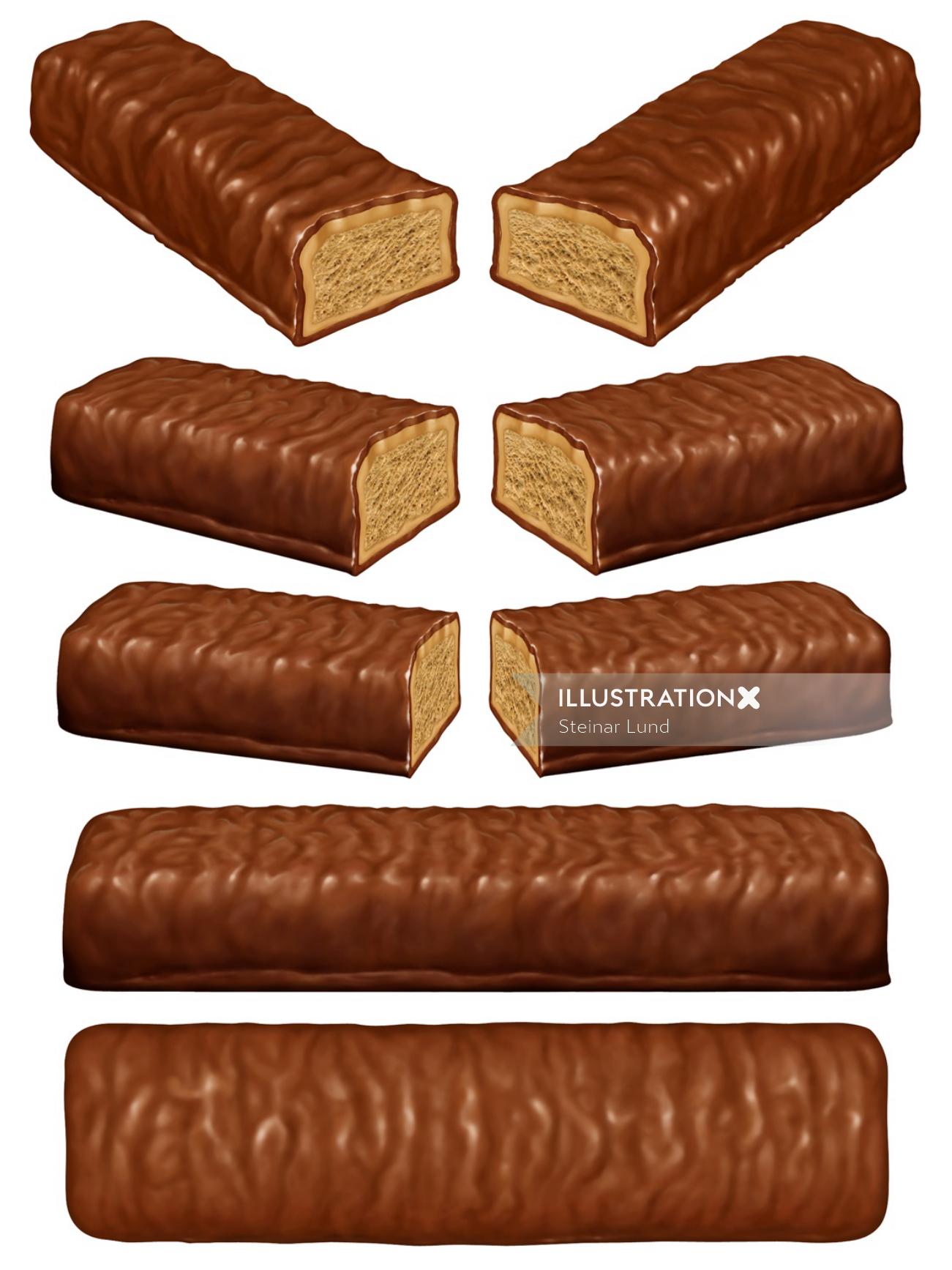
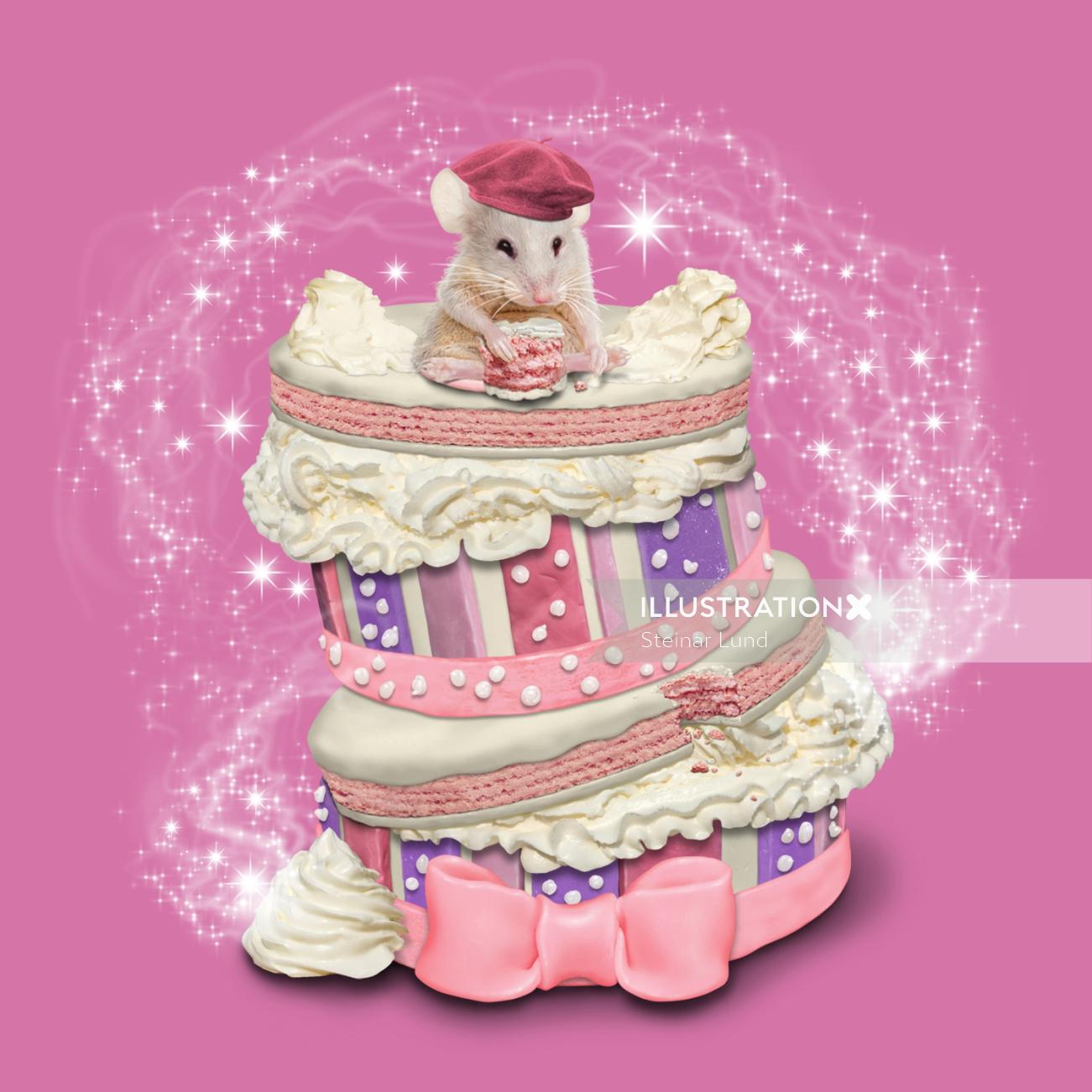

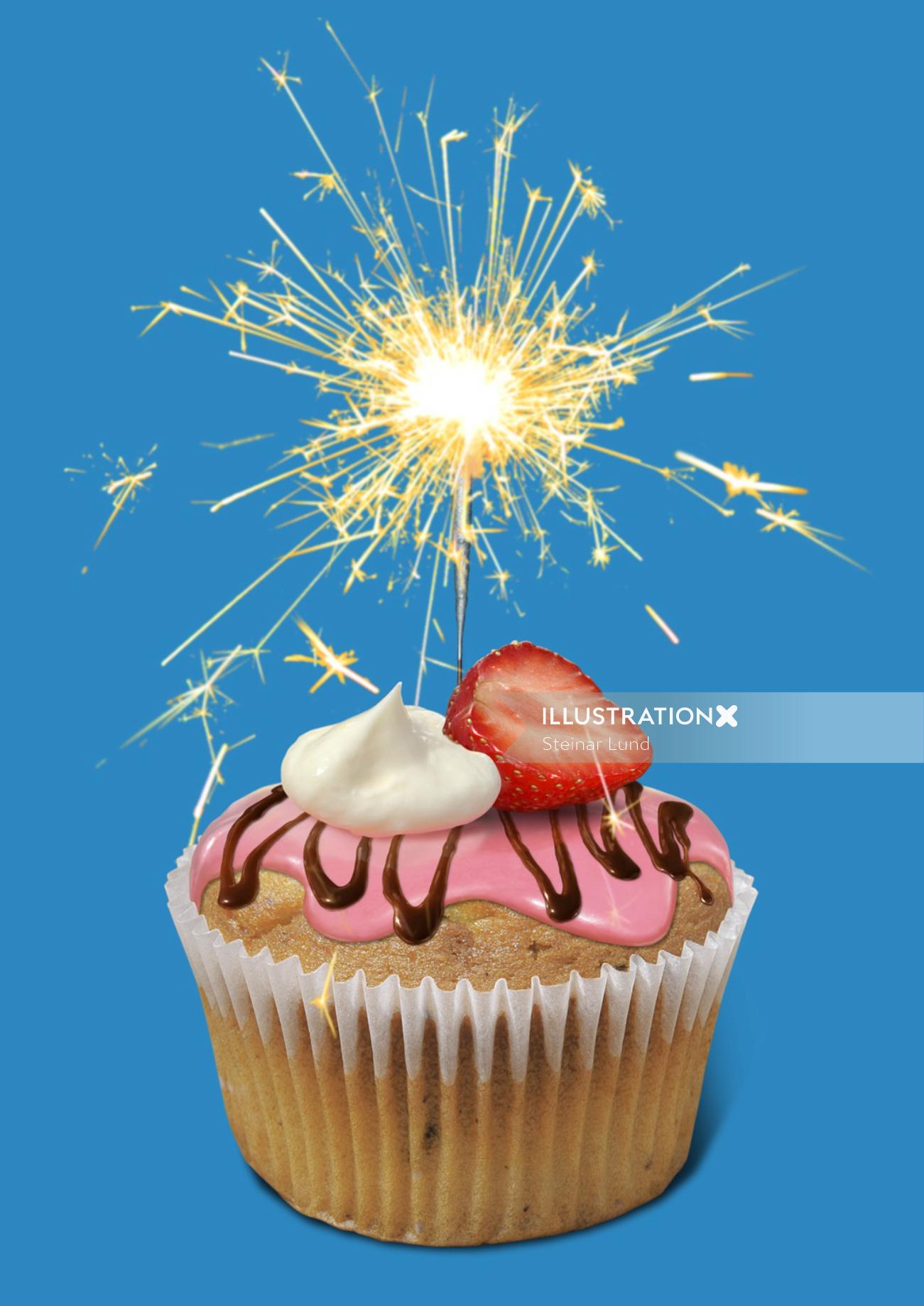
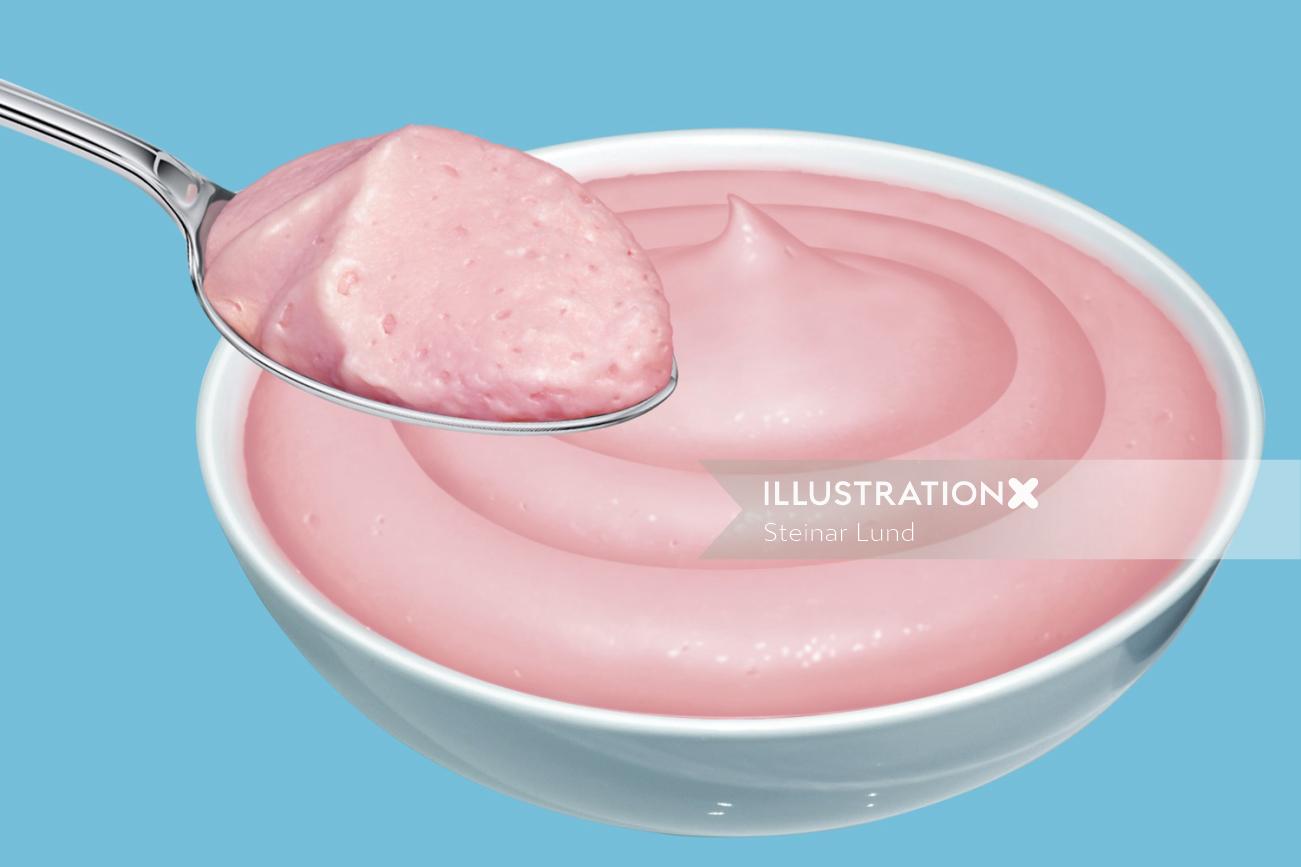

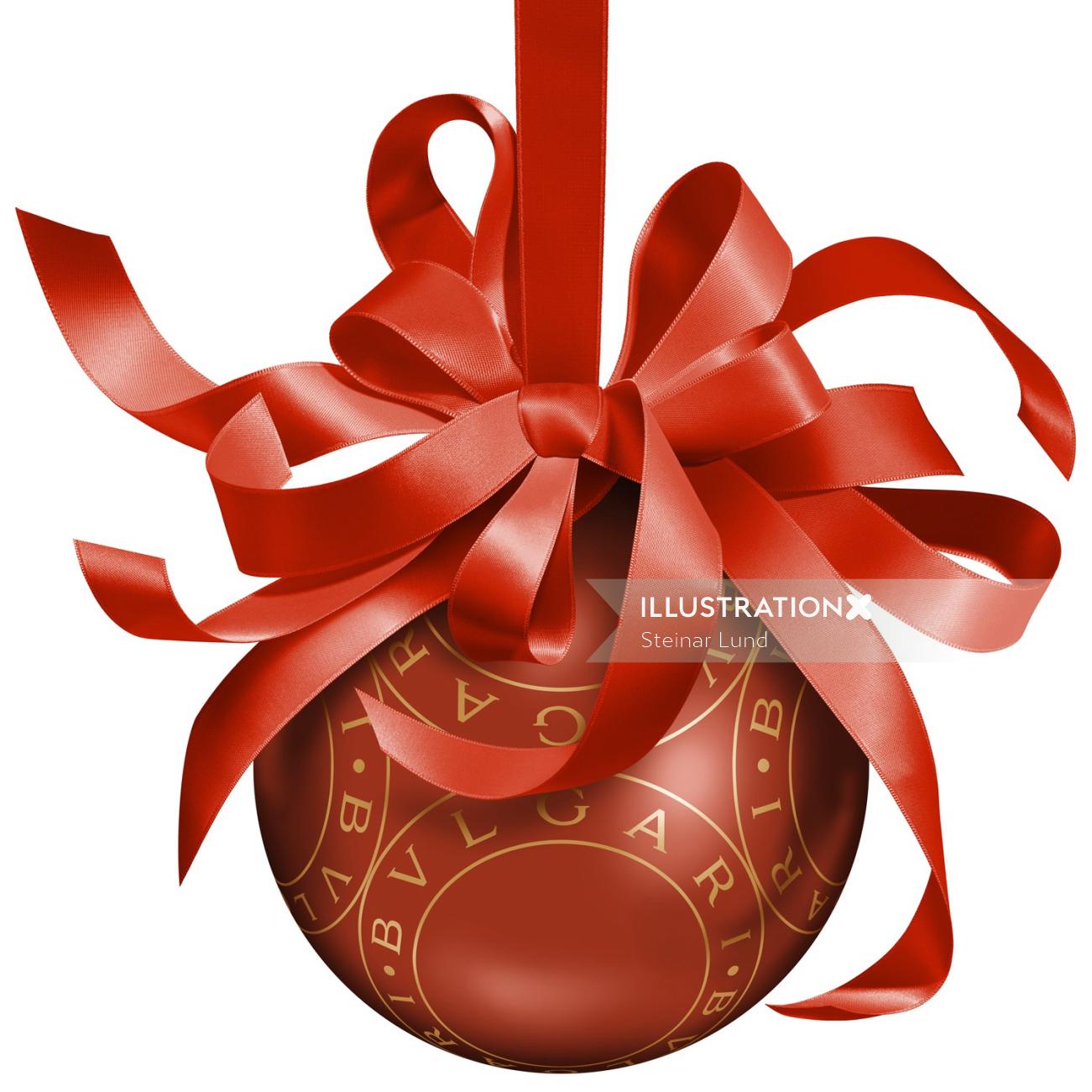
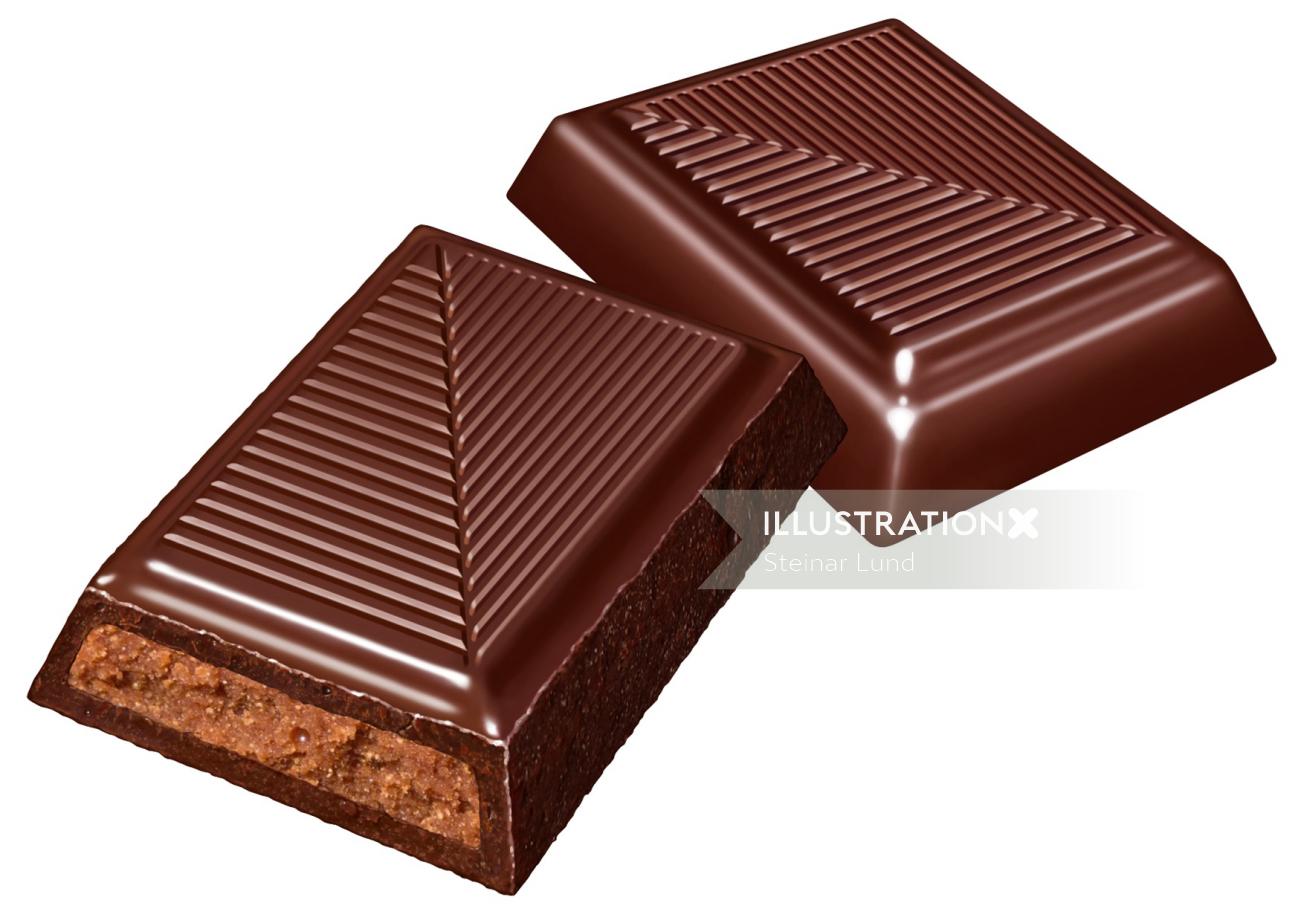
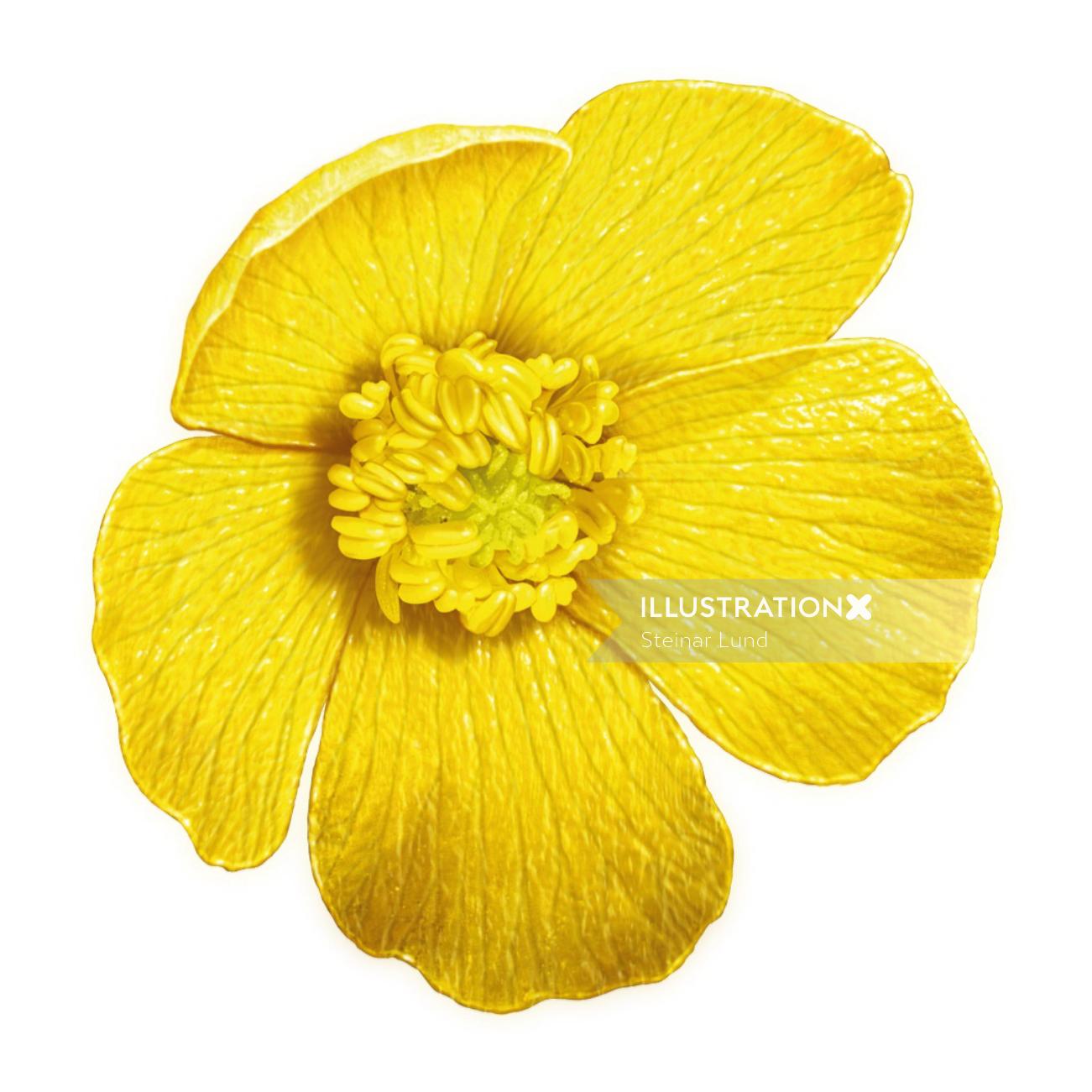

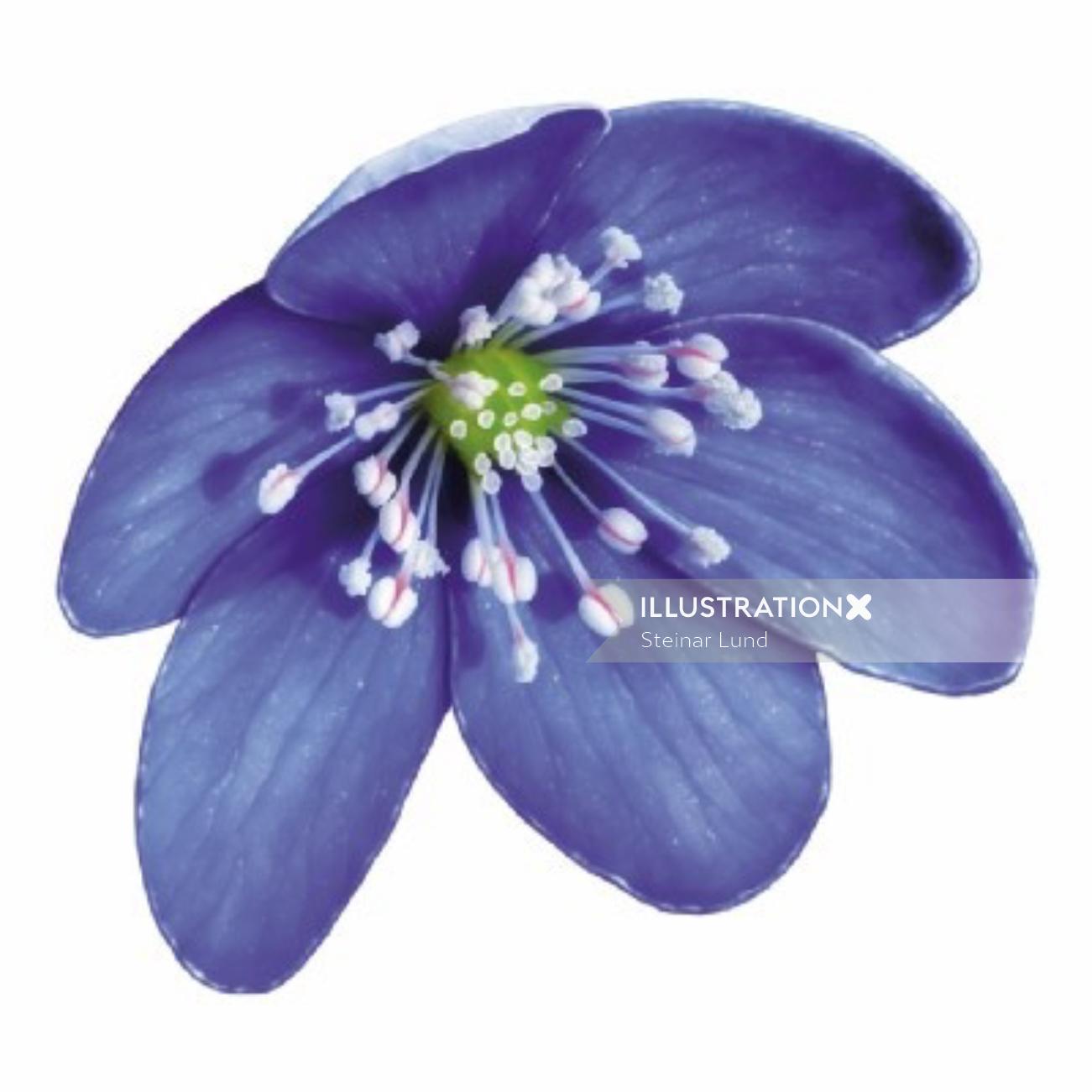

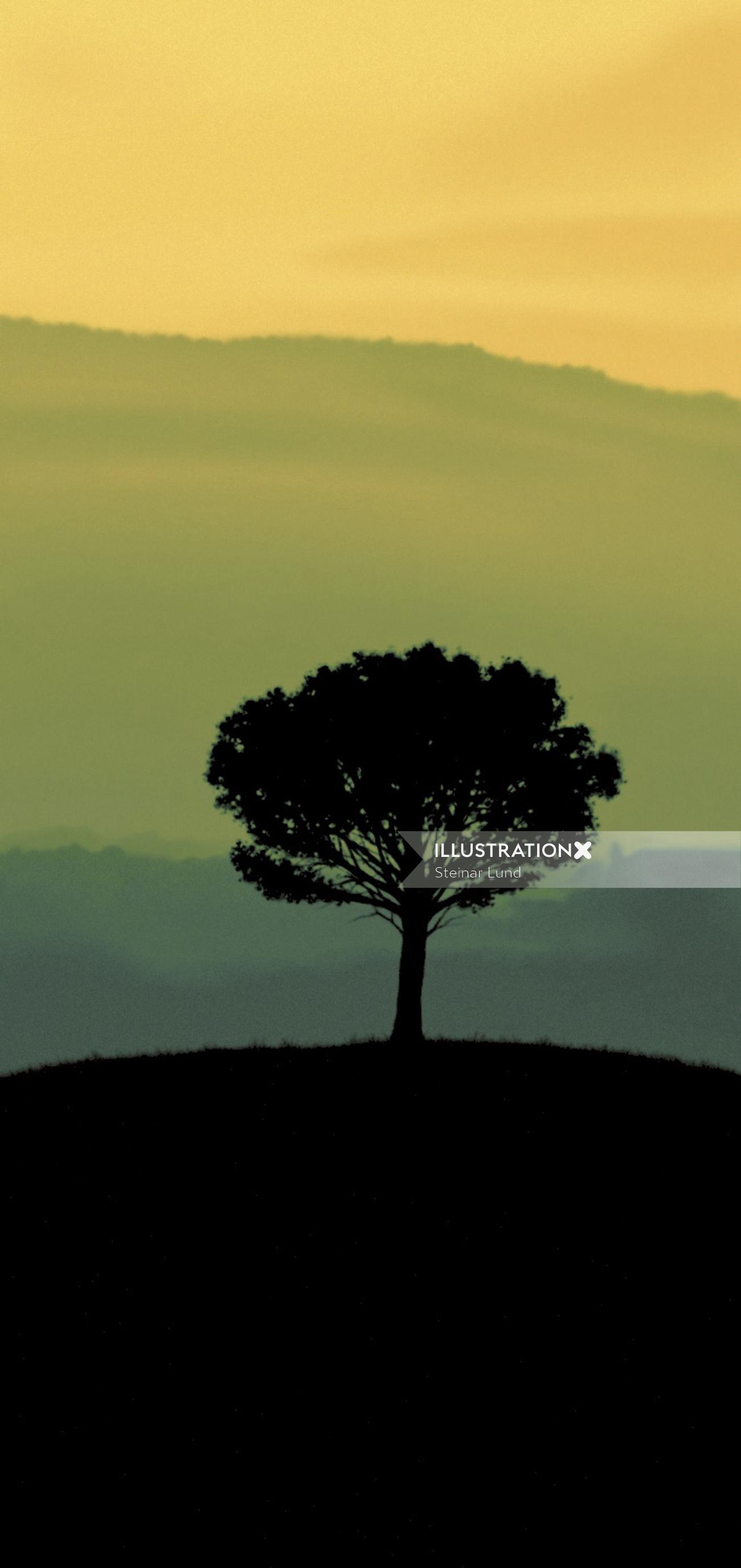

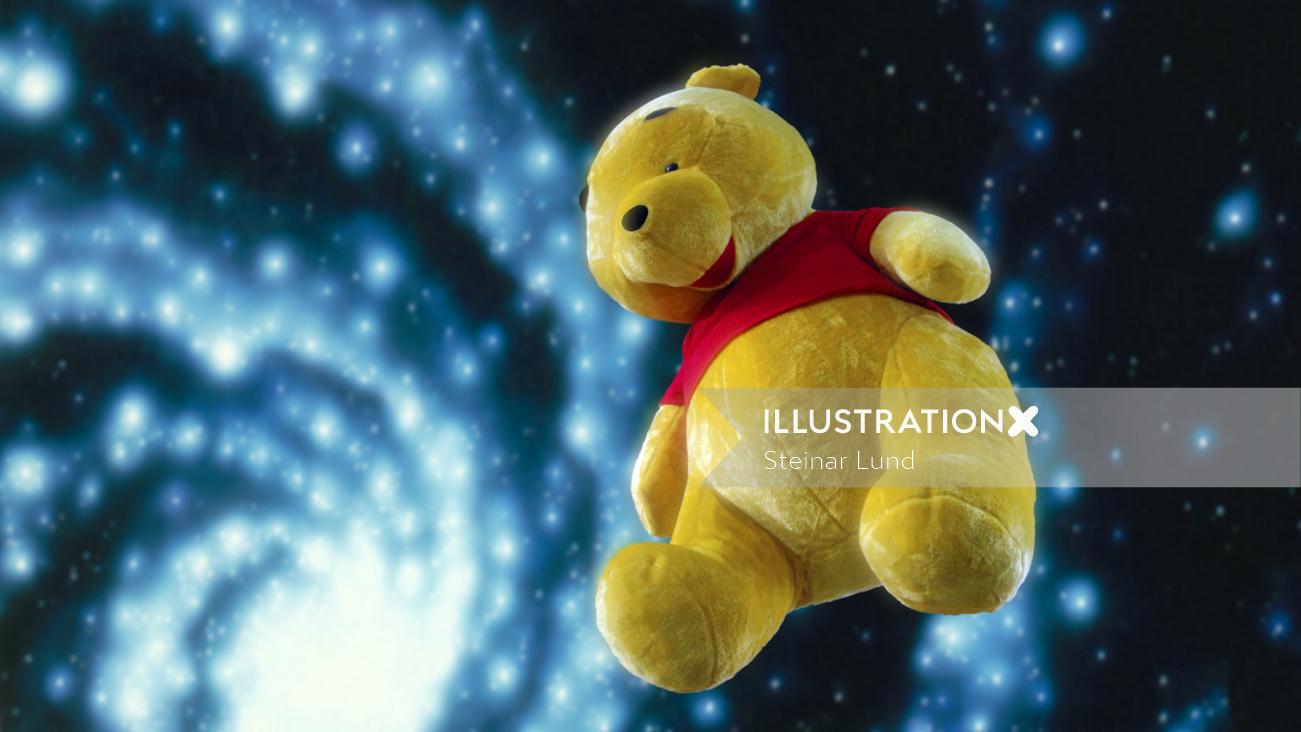

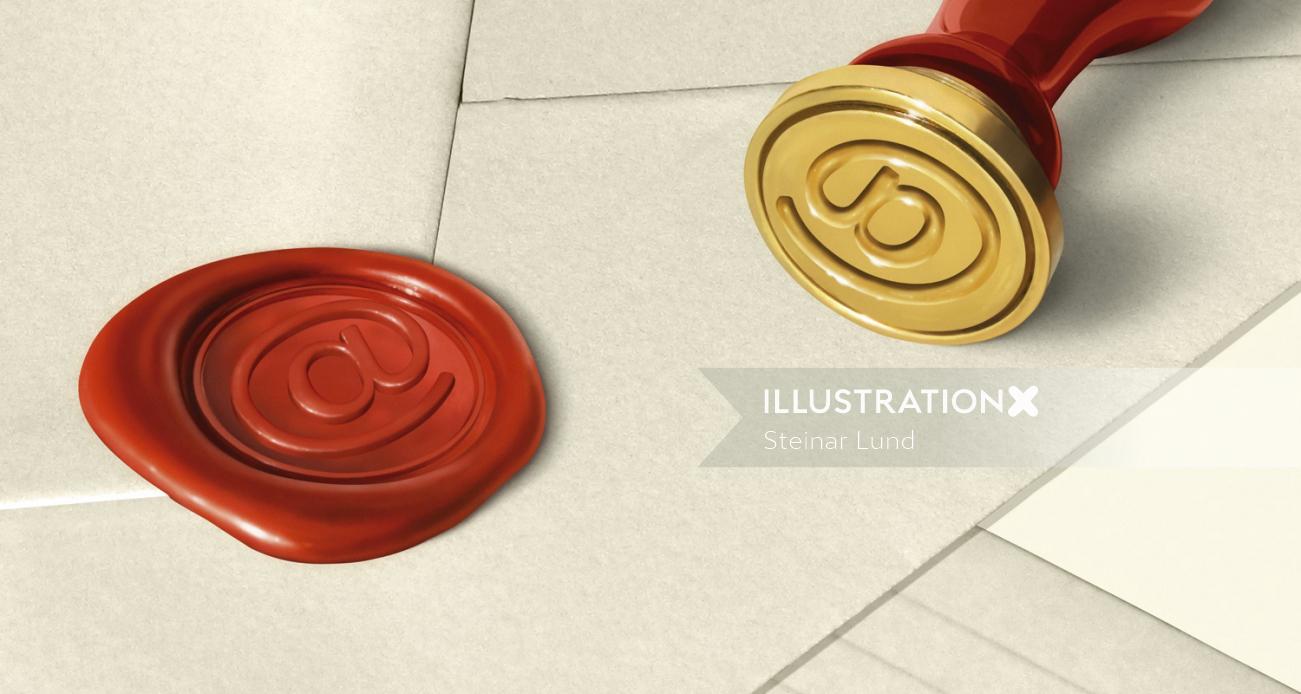
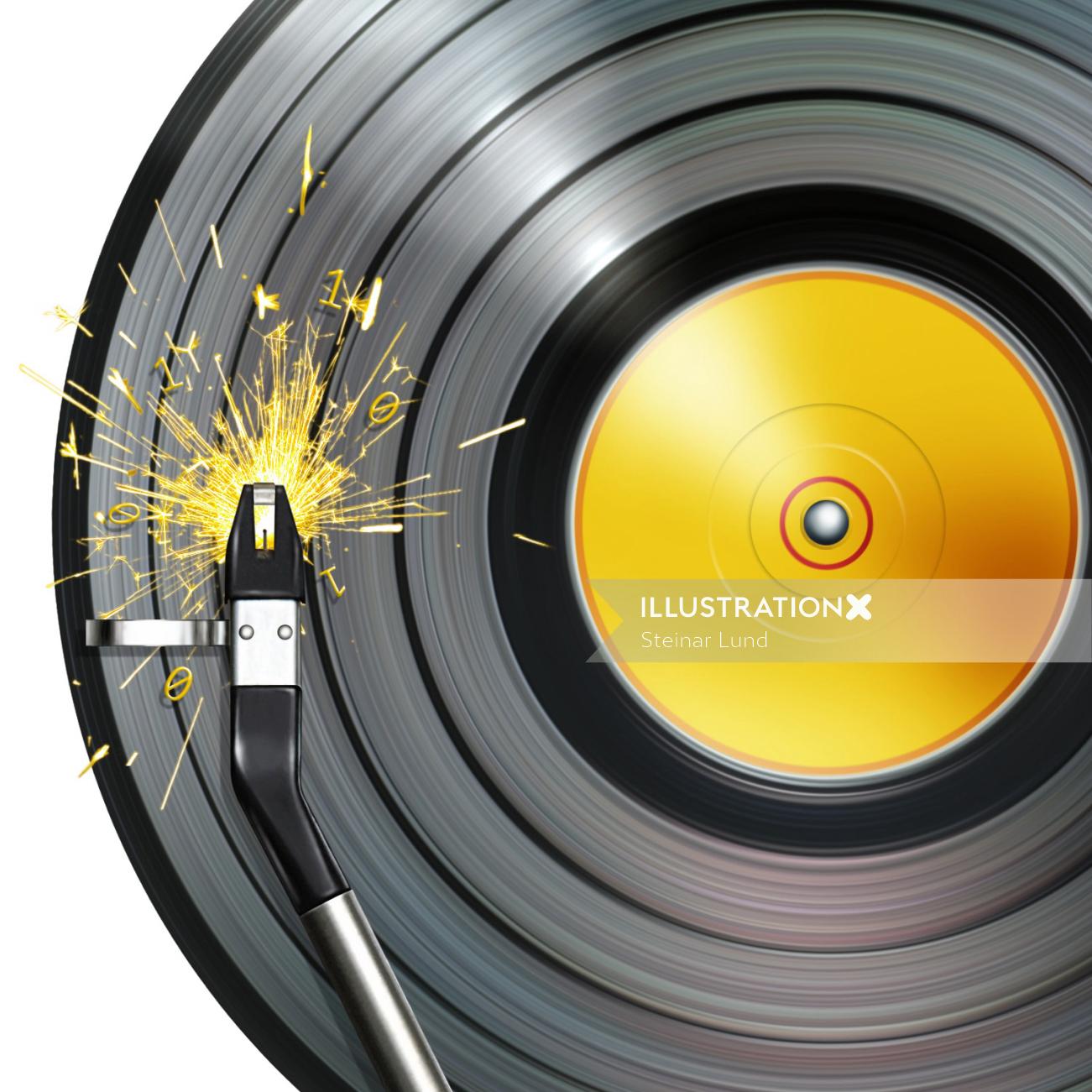
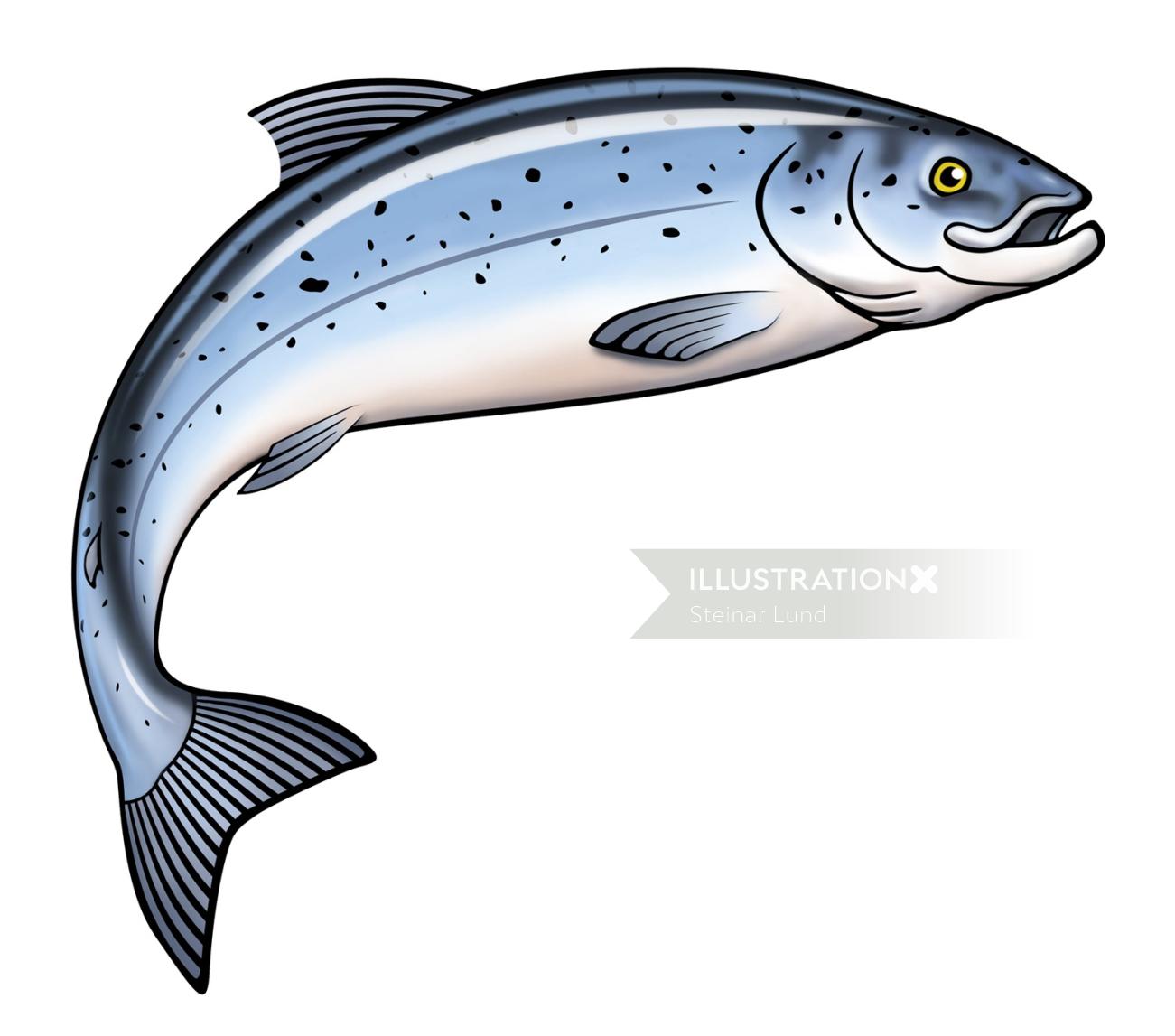
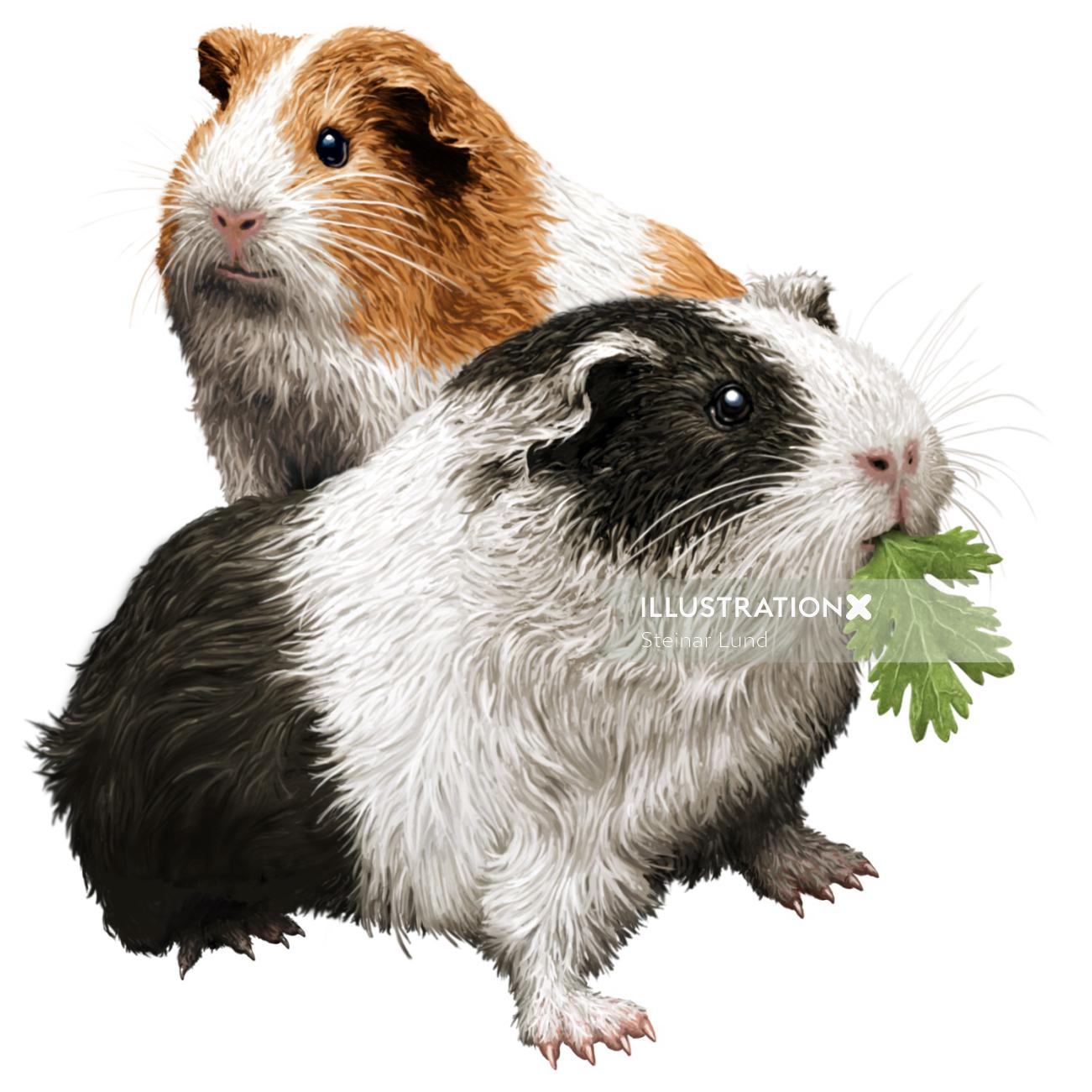

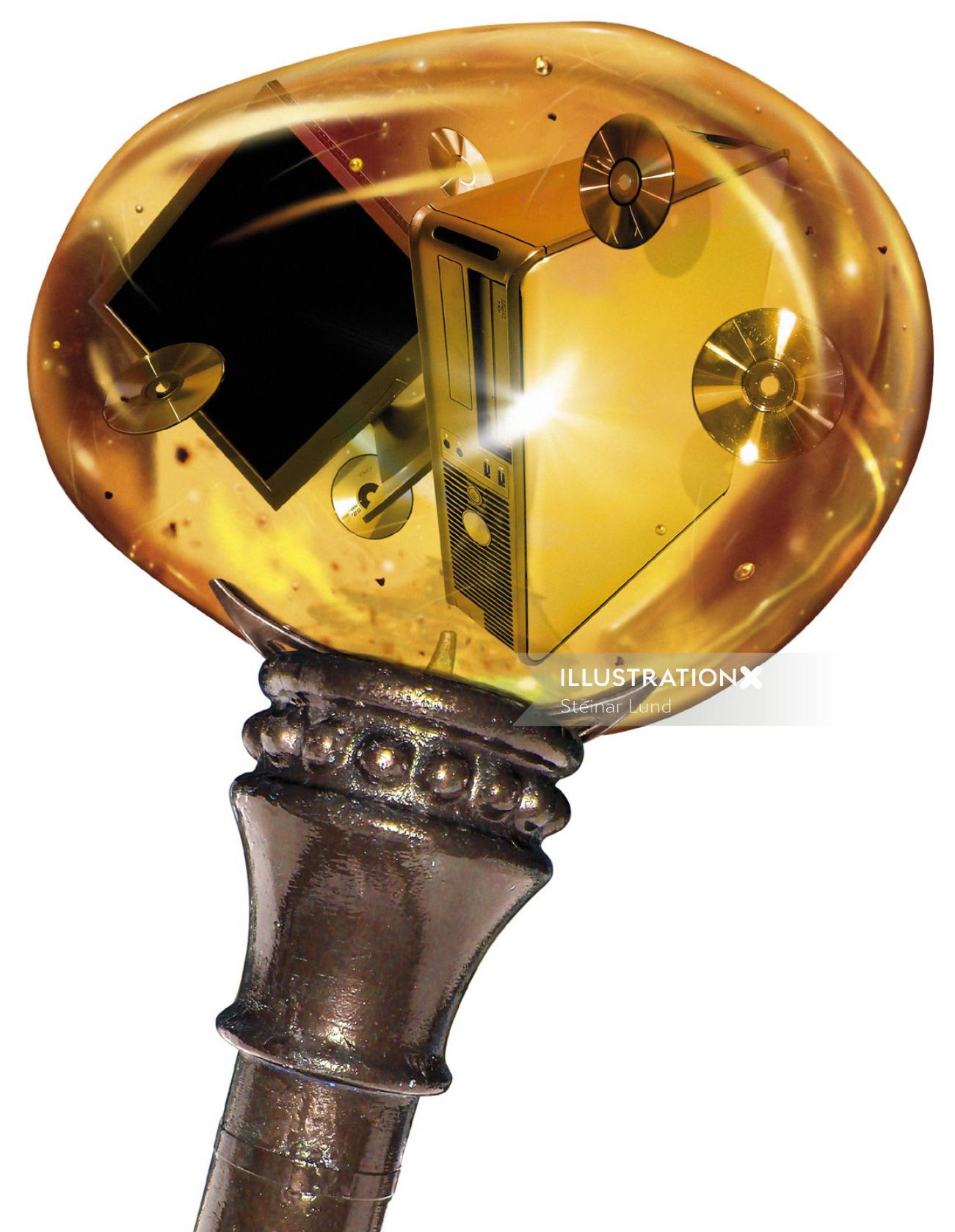
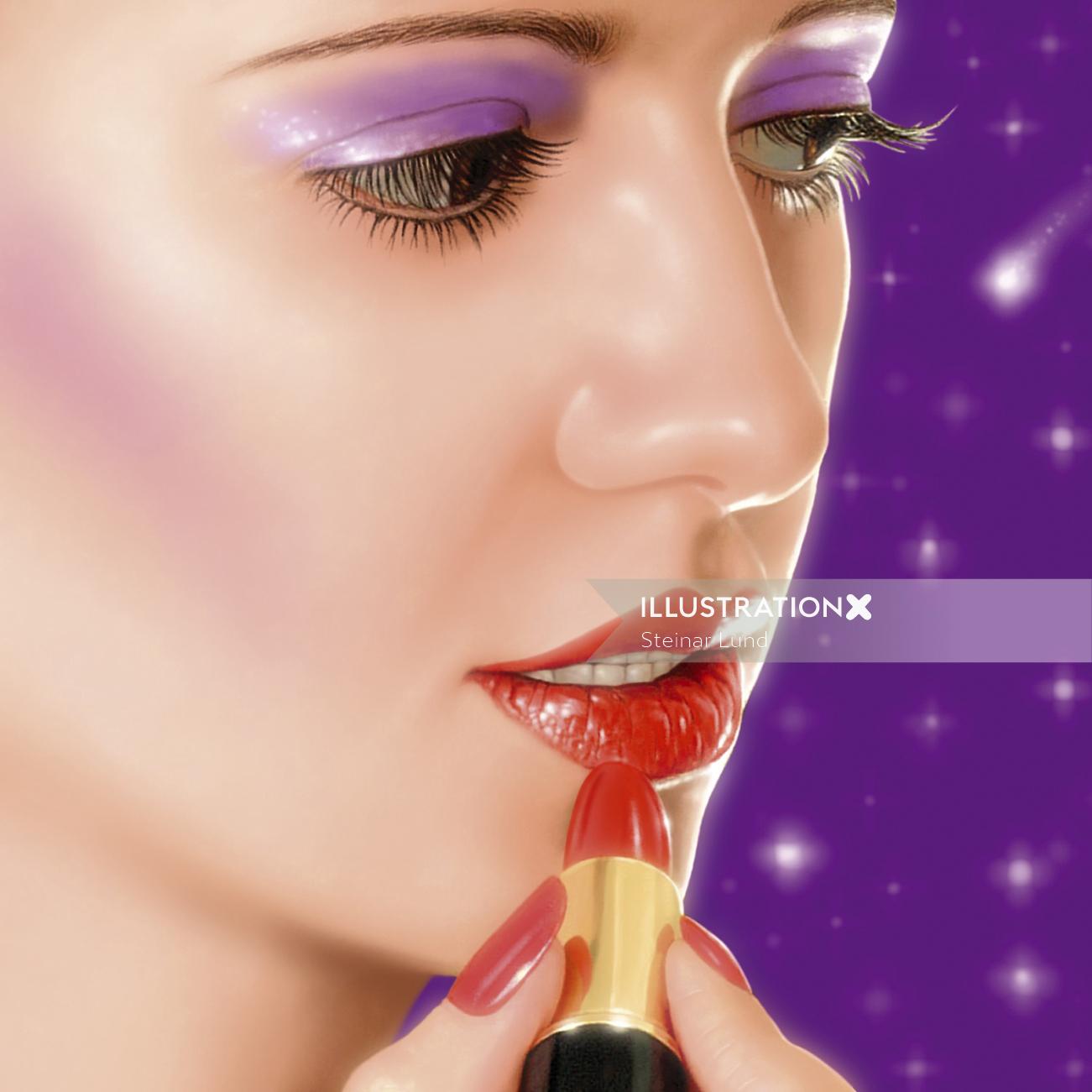
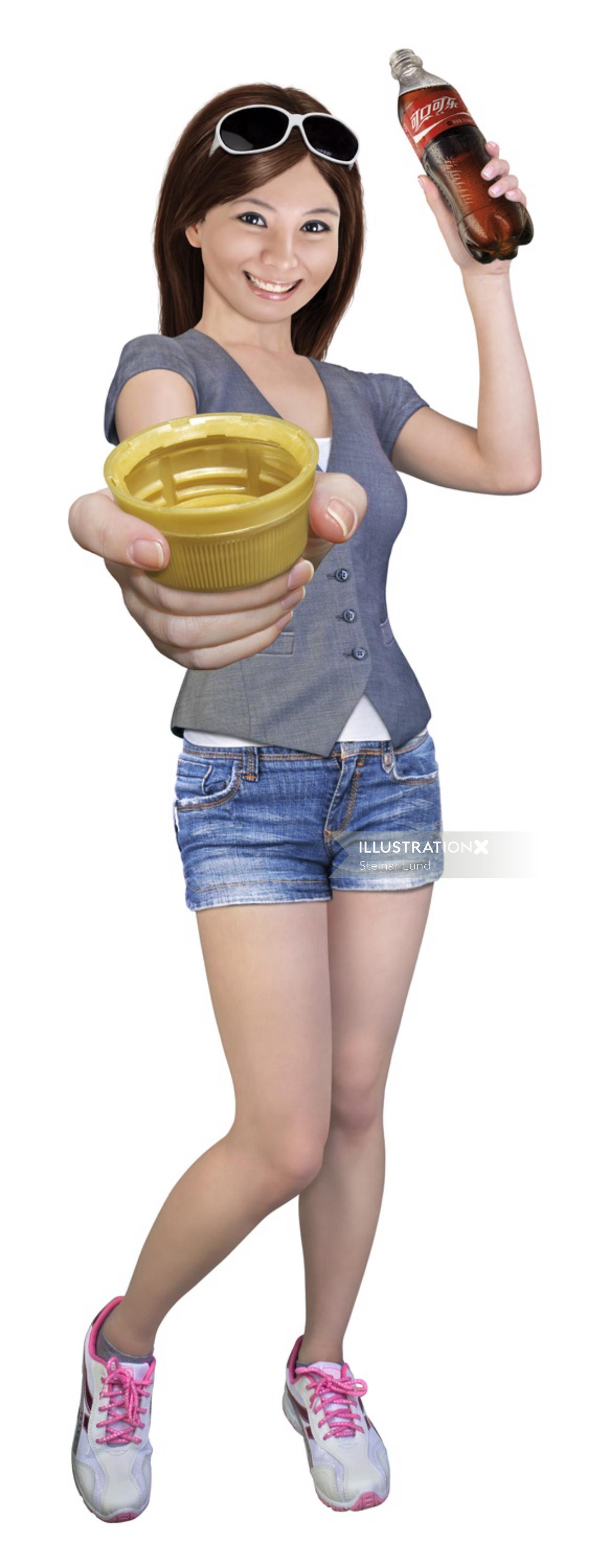
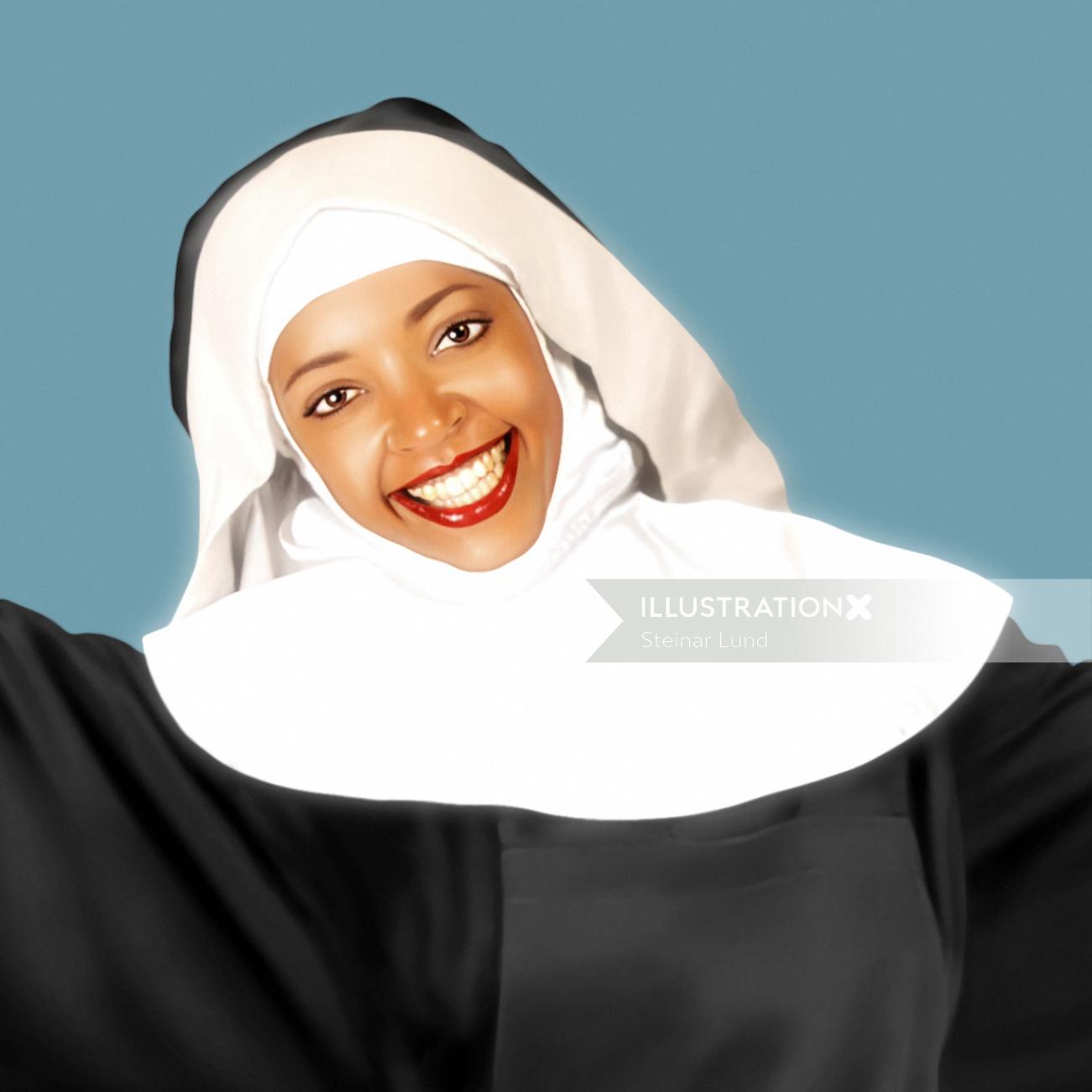
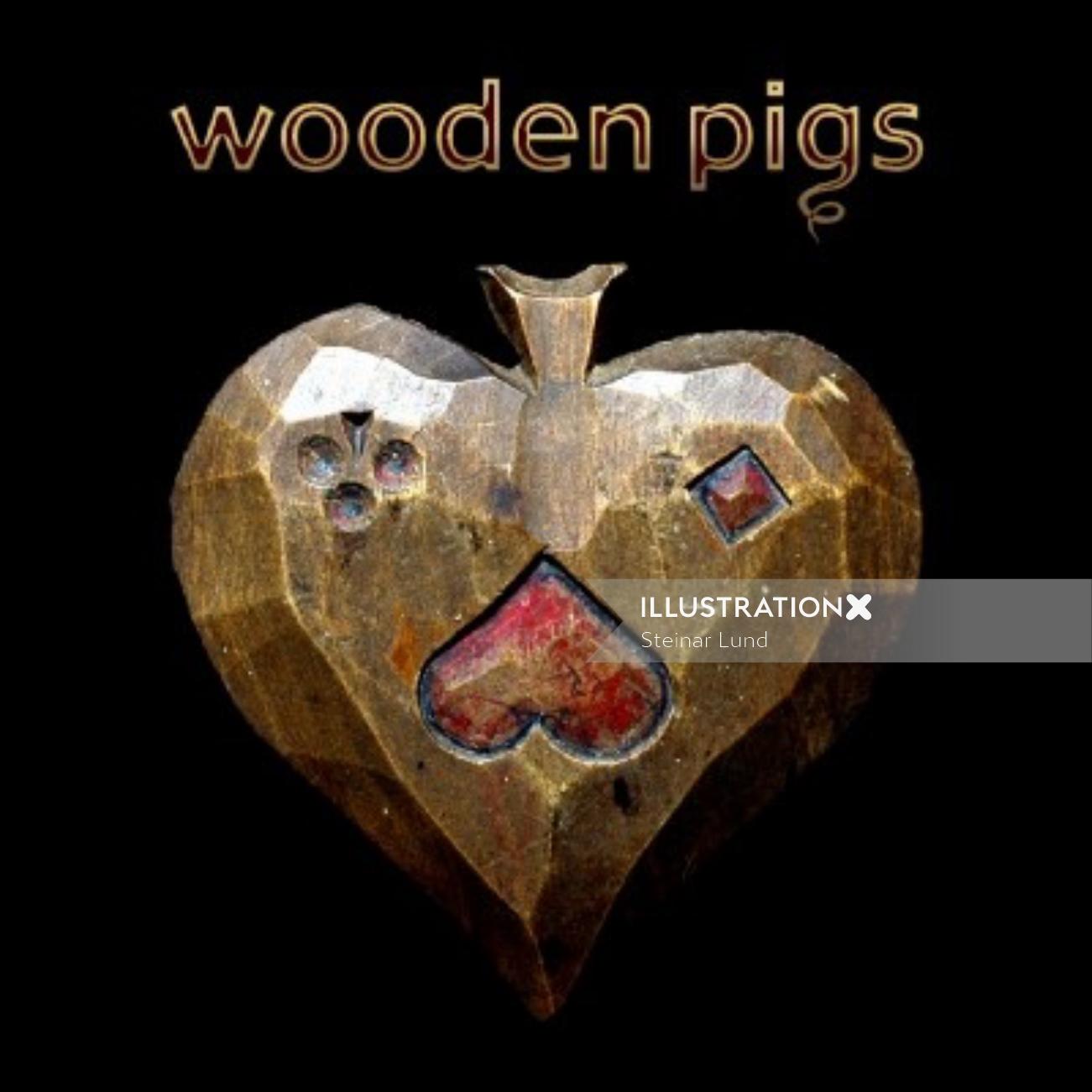
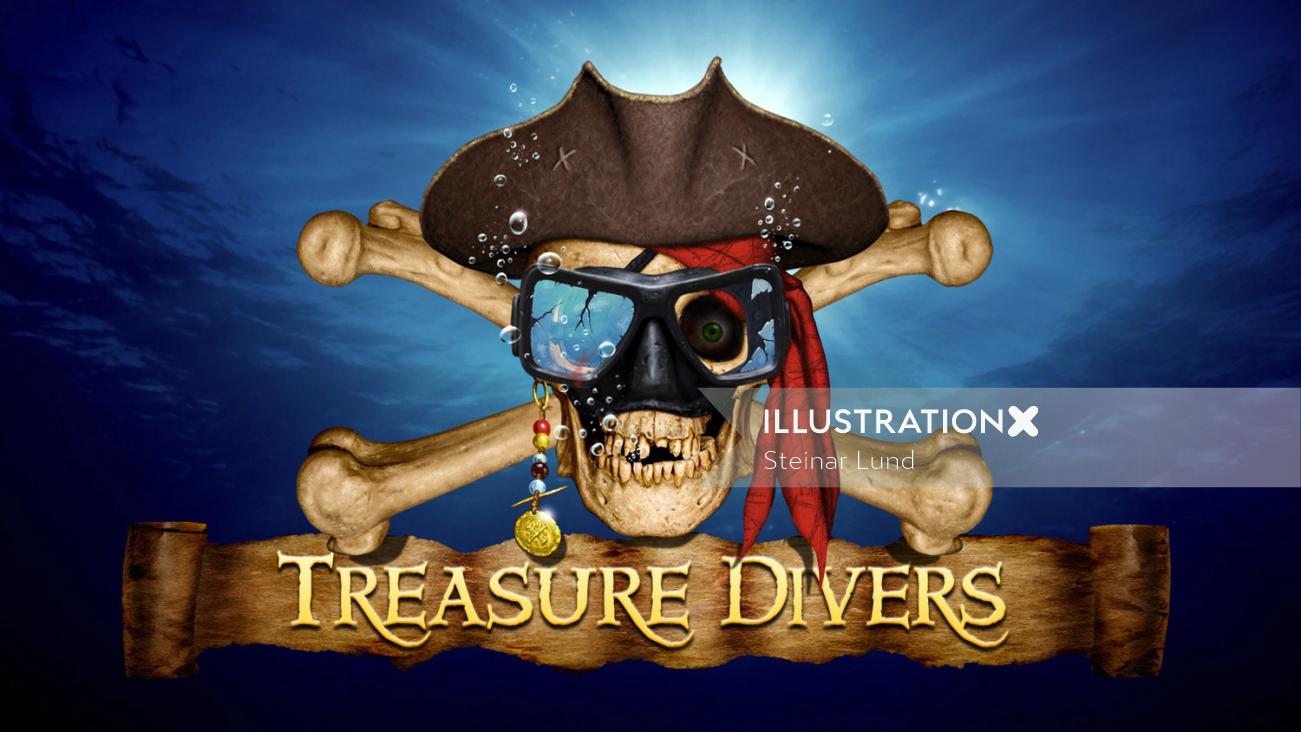
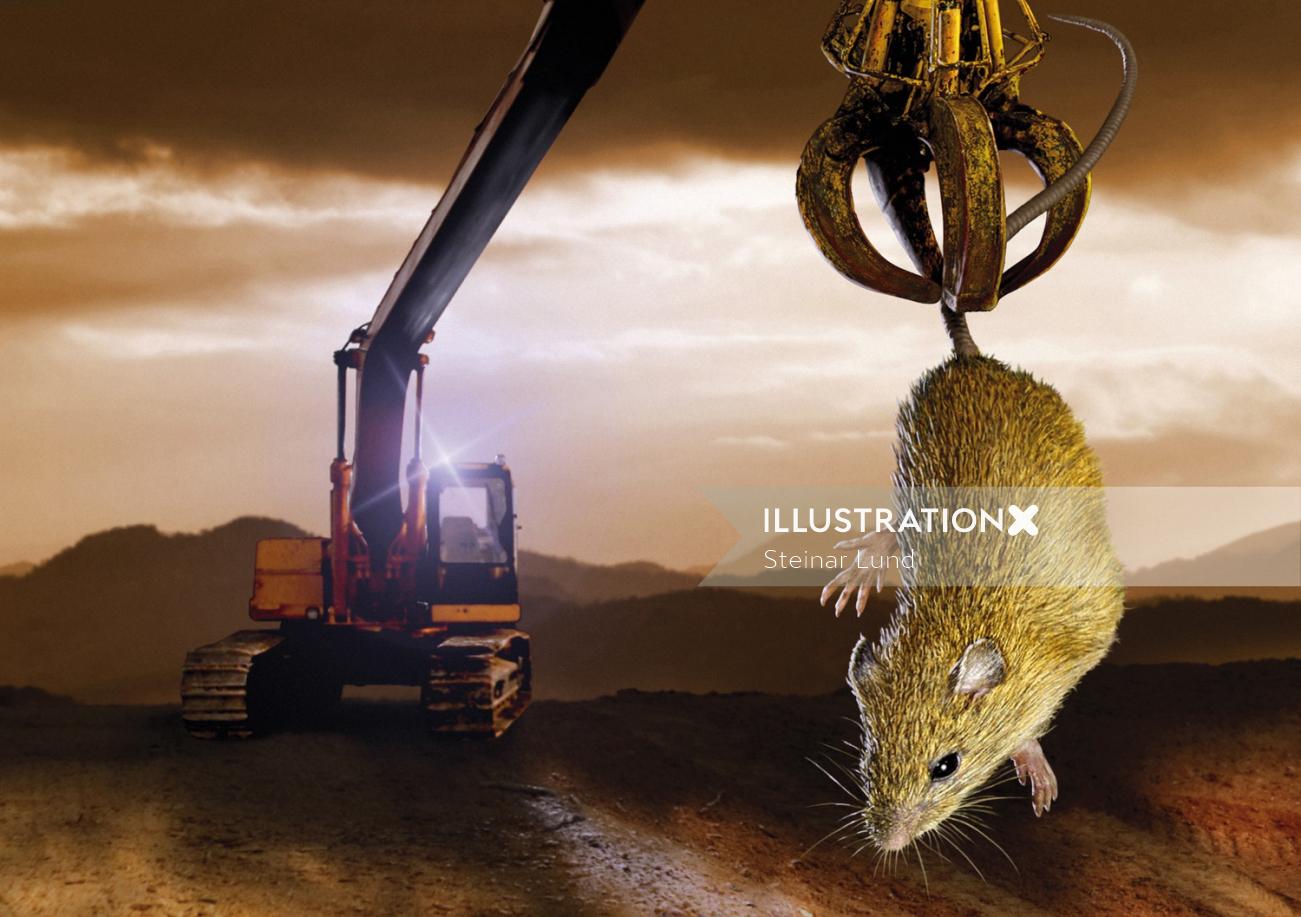
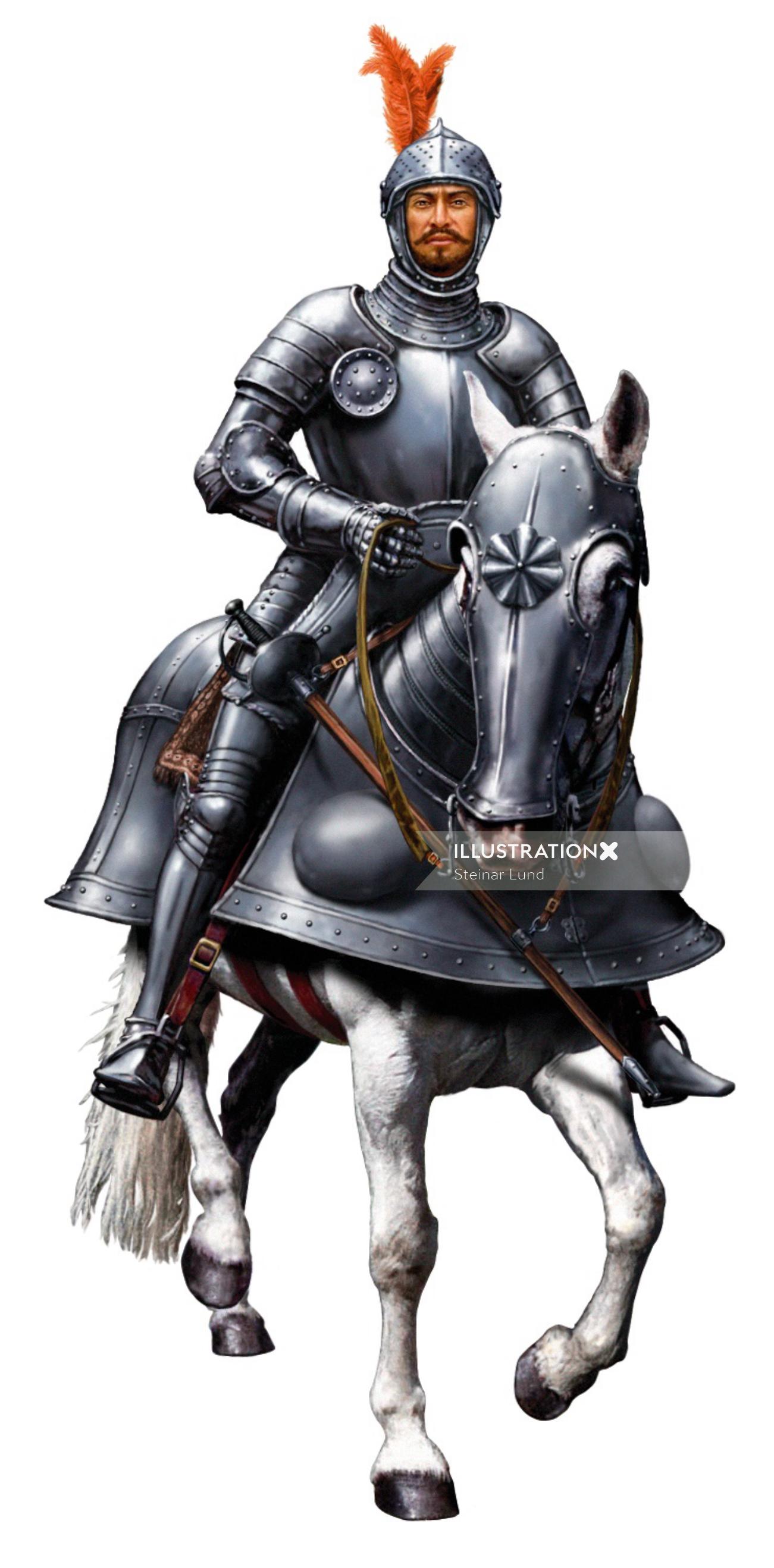
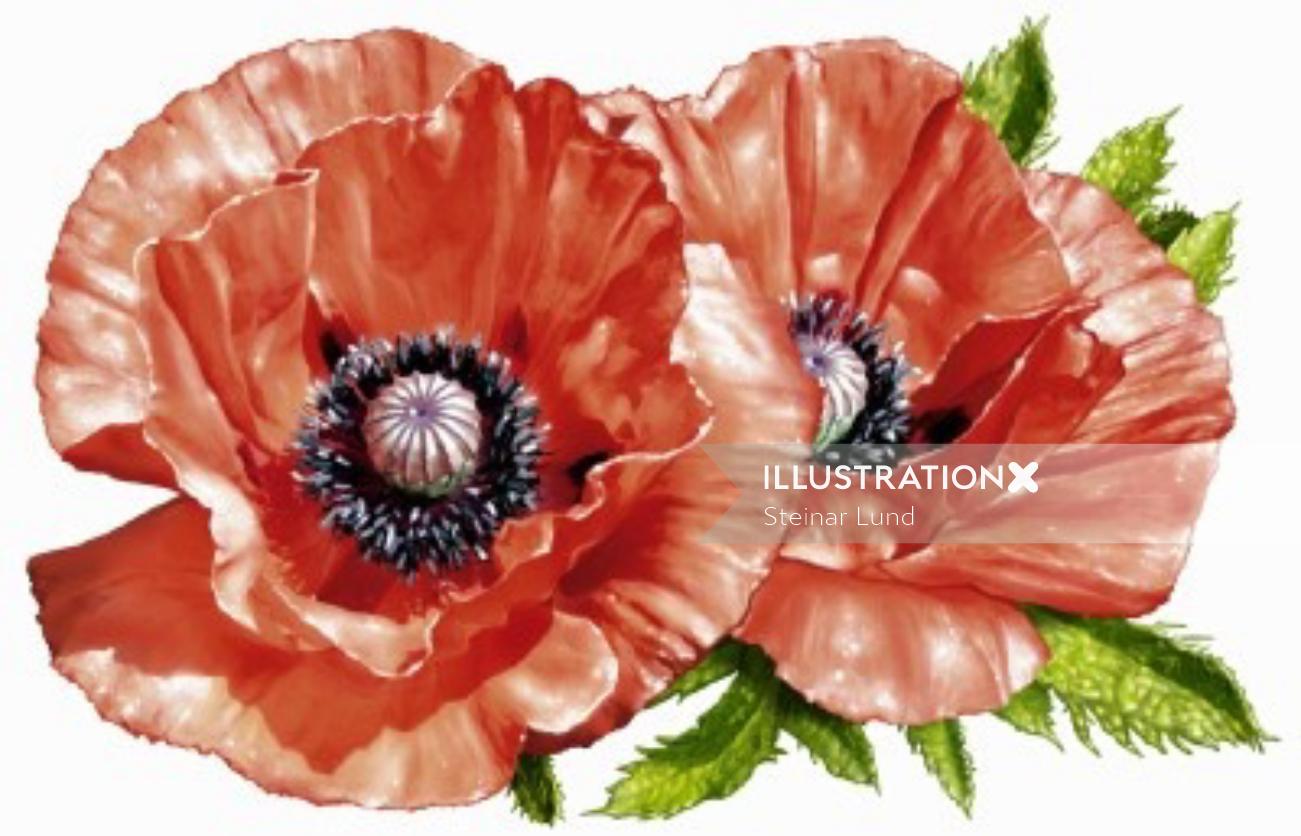

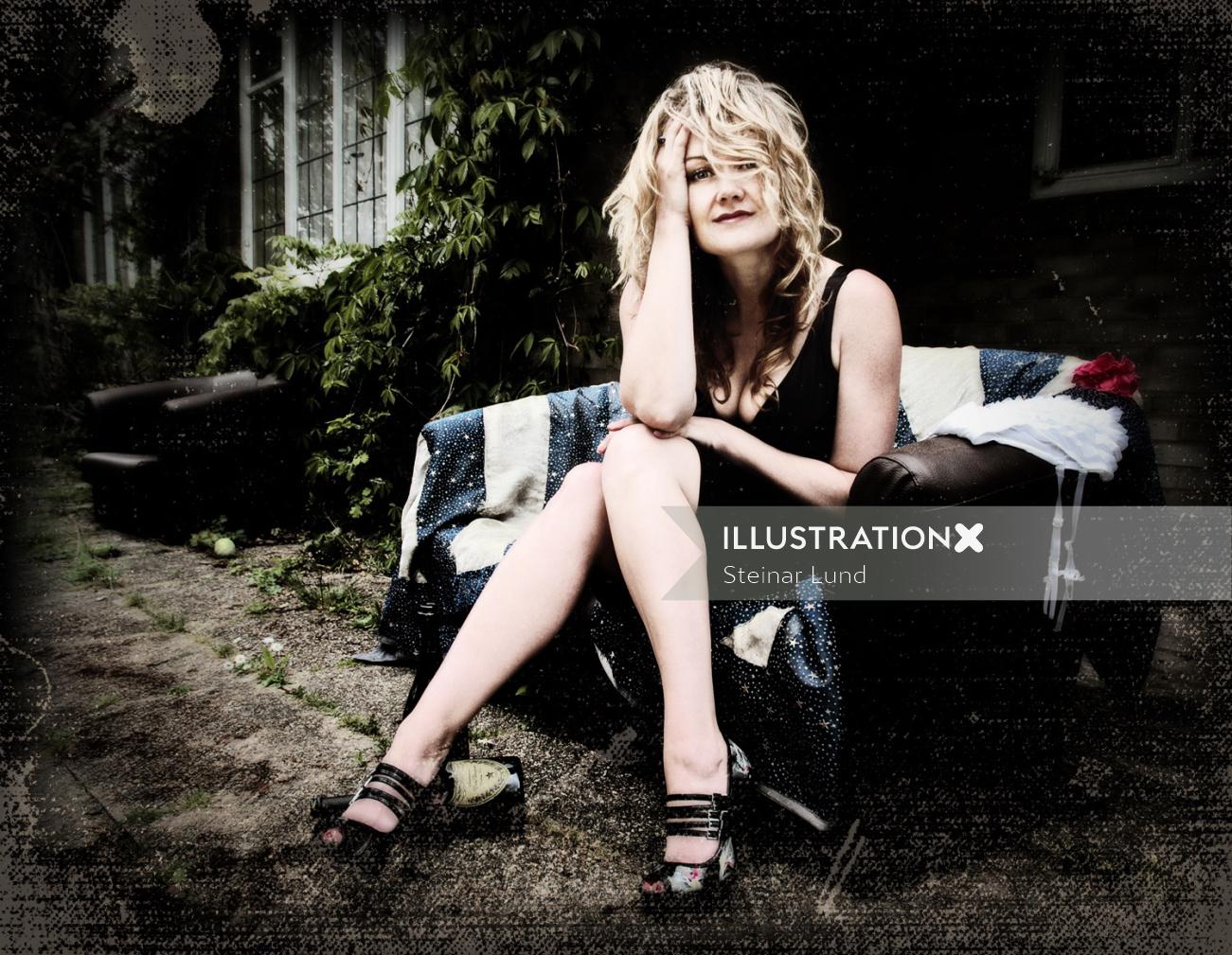


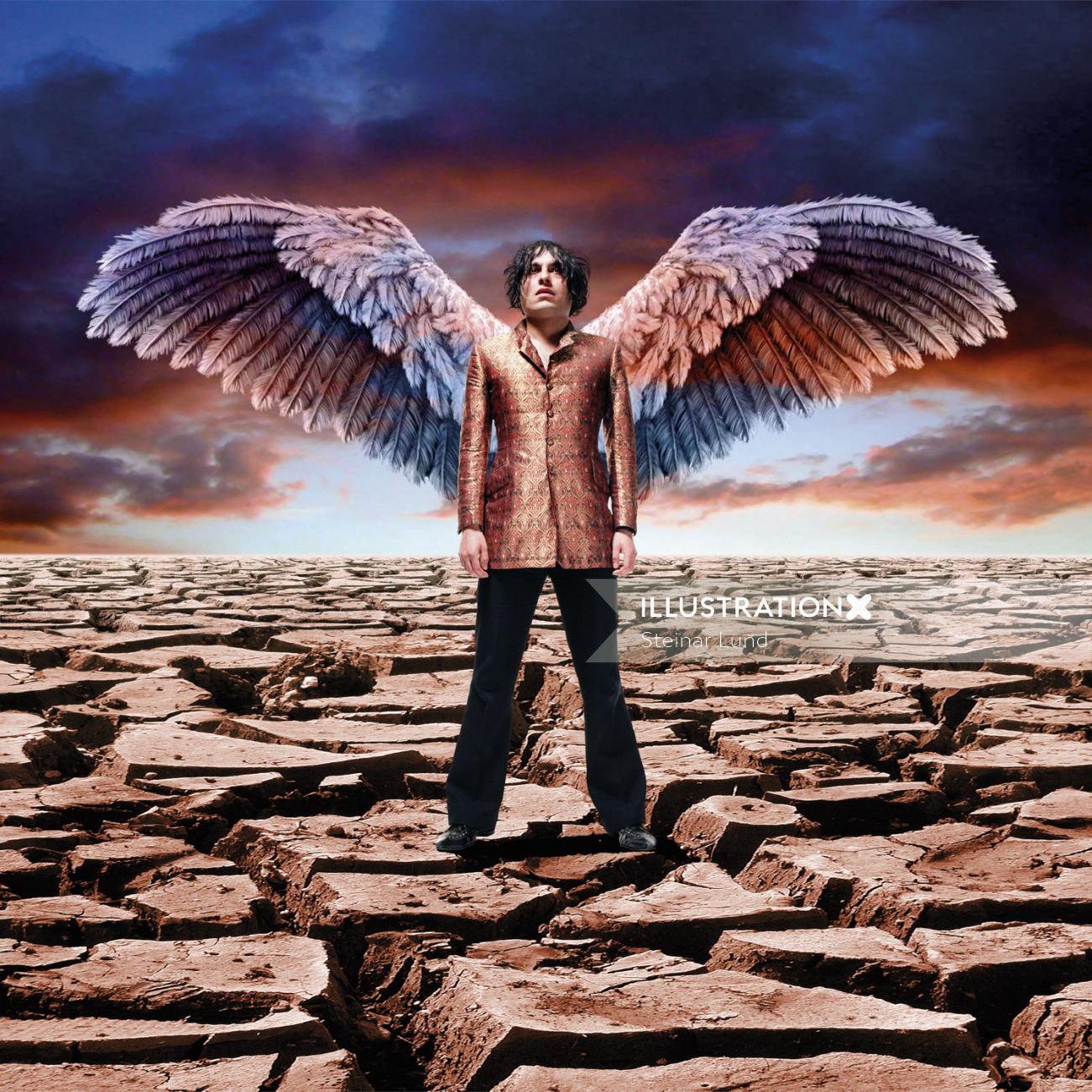

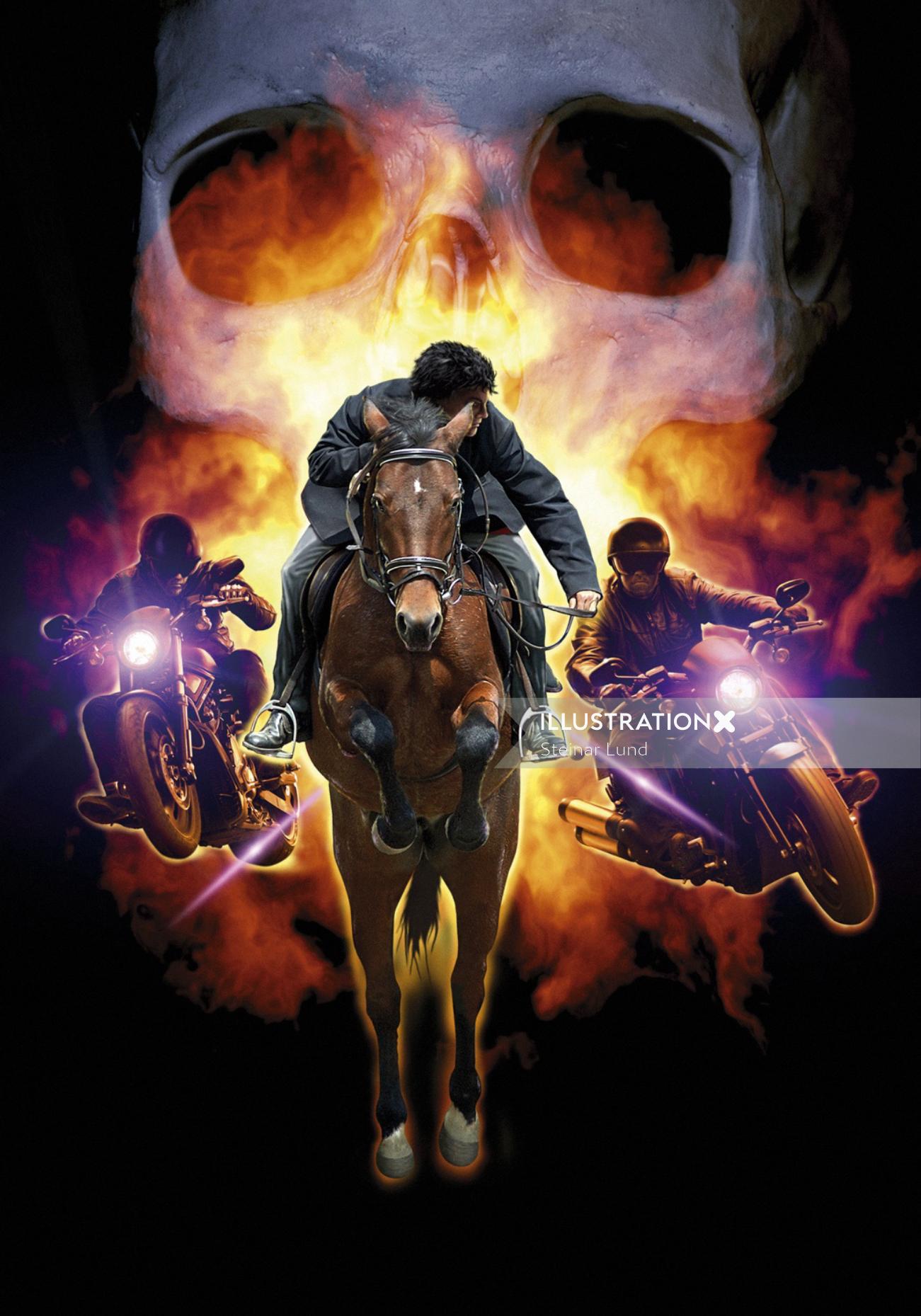
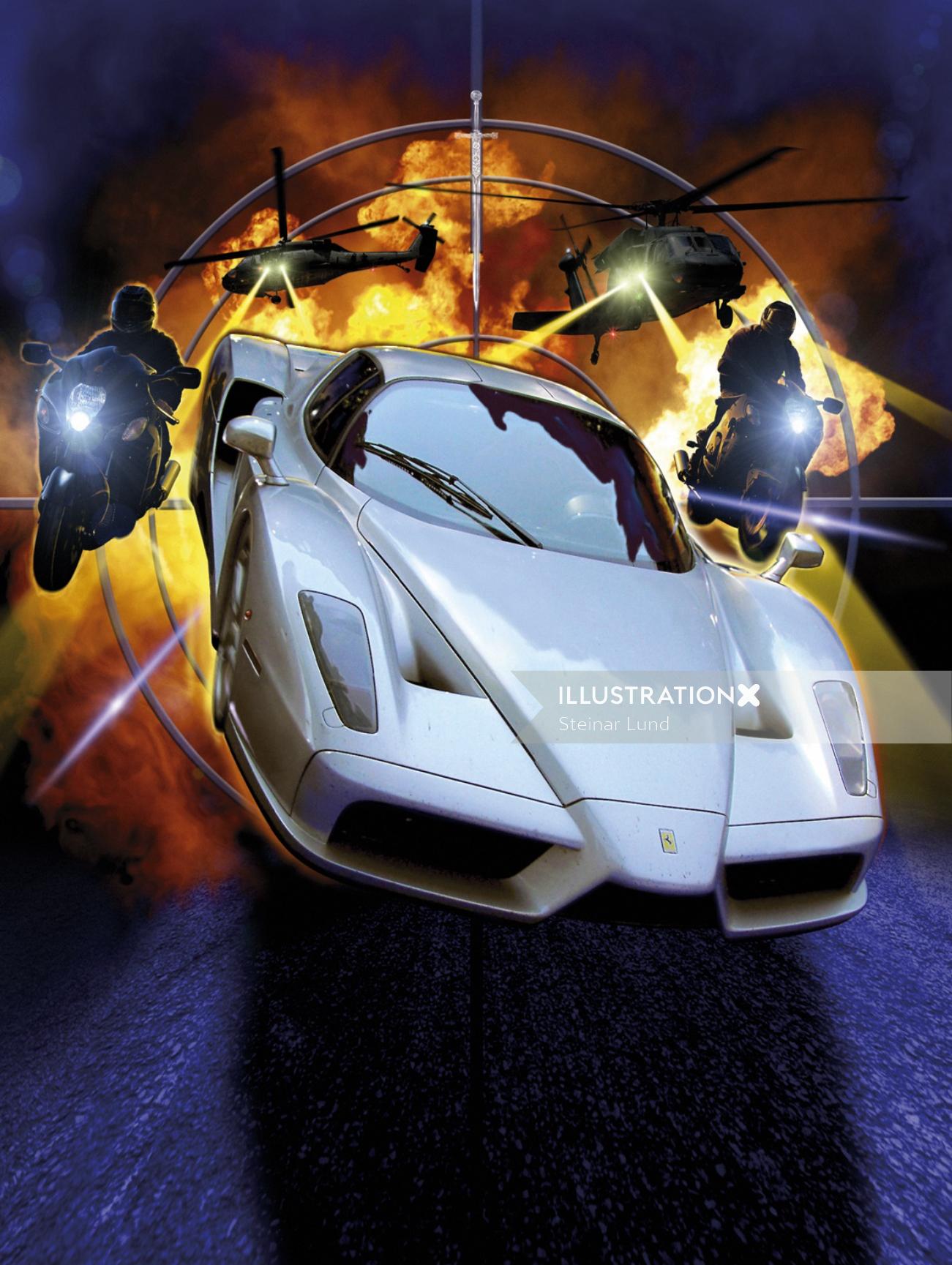
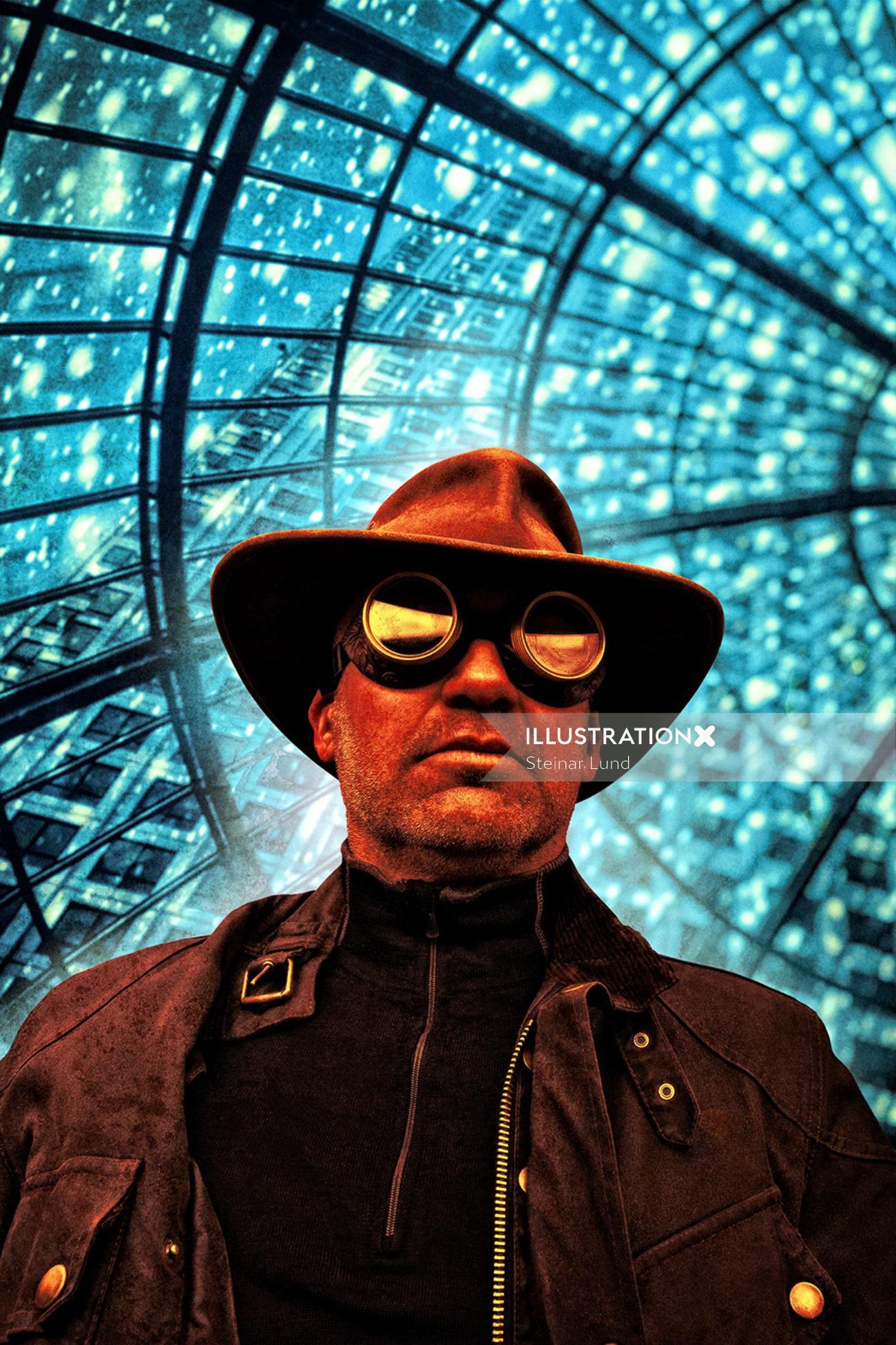

Browse by style / Categories / Media
3D / CGI RenderingAdvertisingAnimalsAnimationAnimeArchitectureBeautyBlack & WhiteBook CoversCartoon & HumourCharacter DesignChildrenCollage & MontageComicConceptualDecorativeEditorialEducationalFantasyFashionFashion LuxeFood & DrinkGamingGIFsGraphicHistoricalIconInfographicInsta Influencers 10K +JewelleryLetteringLifestyleLineLive Event DrawingLooseMapsMedicalNatureNew TalentPackagingPaintingPaper ArtPastichePeoplePhotorealisticPlaces & LocationsPopPortraitsRetouchingRetroSport & FitnessStoryboardStreet Art & MuralTechnicalVectorWatercolourWood Engraving & Etching
animation styles / Categories / Media
Hello

